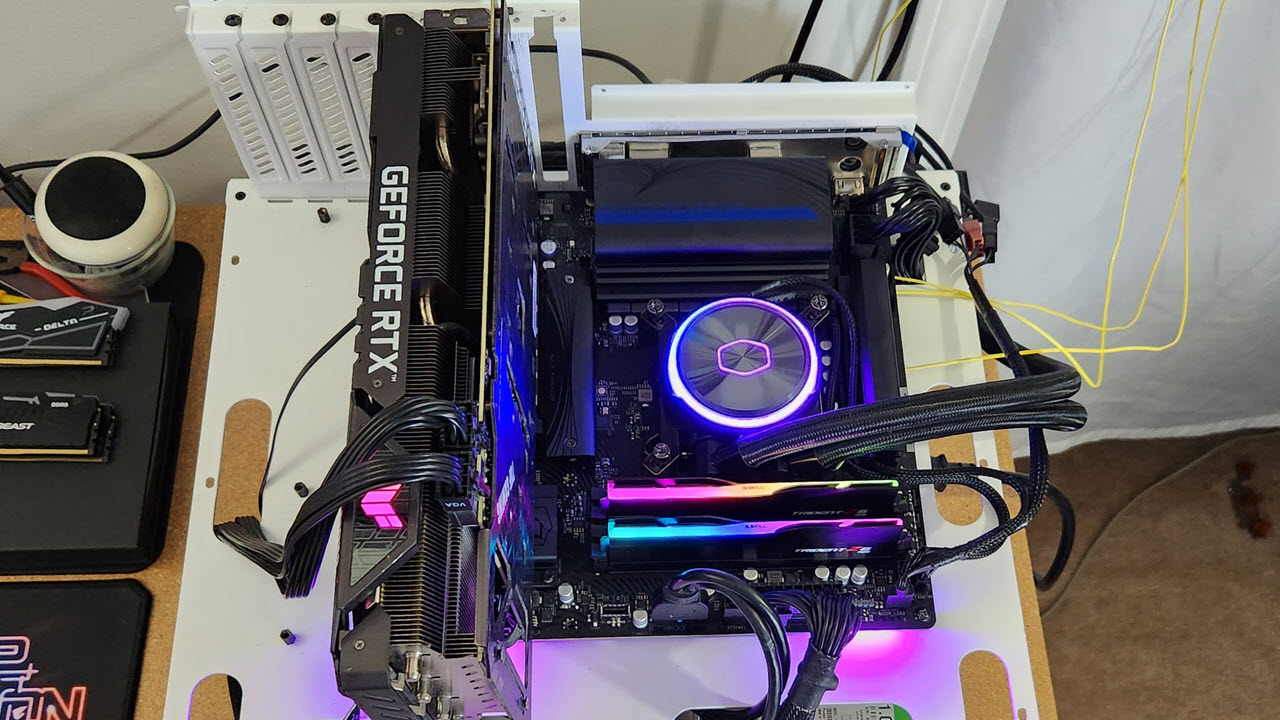
ASRock B650E PG Riptide Wi-Fi is a budget-oriented motherboard ($239.99) that includes a lot of nice features for the price. Sporting a purple-on-black appearance, it fits most build themes and has the bits you’d expect from a mid-range B650E board. You get integrated Wi-Fi 6E and Killer Network-based LAN, PCIe 5.0 slot and M.2 socket, ample SATA storage, a budget audio codec, and plenty of USB ports on the back panel IO.
ASRock’s B650 lineup (at the time of this writing) consists of 13 different motherboards (up from 10 the last time we checked). You’ll find all the standard sizes and wide-ranging prices, with familiar names like the Taichi, PG Riptide, PG Lightning, Pro RS, Livemixer, and our Steel Legend SKU. Prices range from $349.99 (Taichi Carrara) to the ASRock B650M PG Riptide at $169.99. The existing lineup has plenty of options, including Micro ATX and Mini-ITX SKUs. There’s something for everyone in this product stack.
Our PG Riptide review unit did OK in testing and was above average to slightly slower than average across our testing suite – except for gaming, where it was one of the fastest so far. None of the results were significantly out of line. In most instances, you’d need a benchmark or scored test in front of you to notice the difference.
Below, we’ll dig into the details of the board and see whether it deserves a spot on our Best Motherboards list. But before we get into our testing and board details, we’ll start by listing the specifications from ASRock’s website.
Inside the Box of the ASRock B650E PG Riptide
Inside the retail packaging, ASRock gives you two SATA cables, screws/standoffs for M.2, the user manual, and the most useful item, a graphics card holder to support heavy video cards.
Design of the PG Riptide
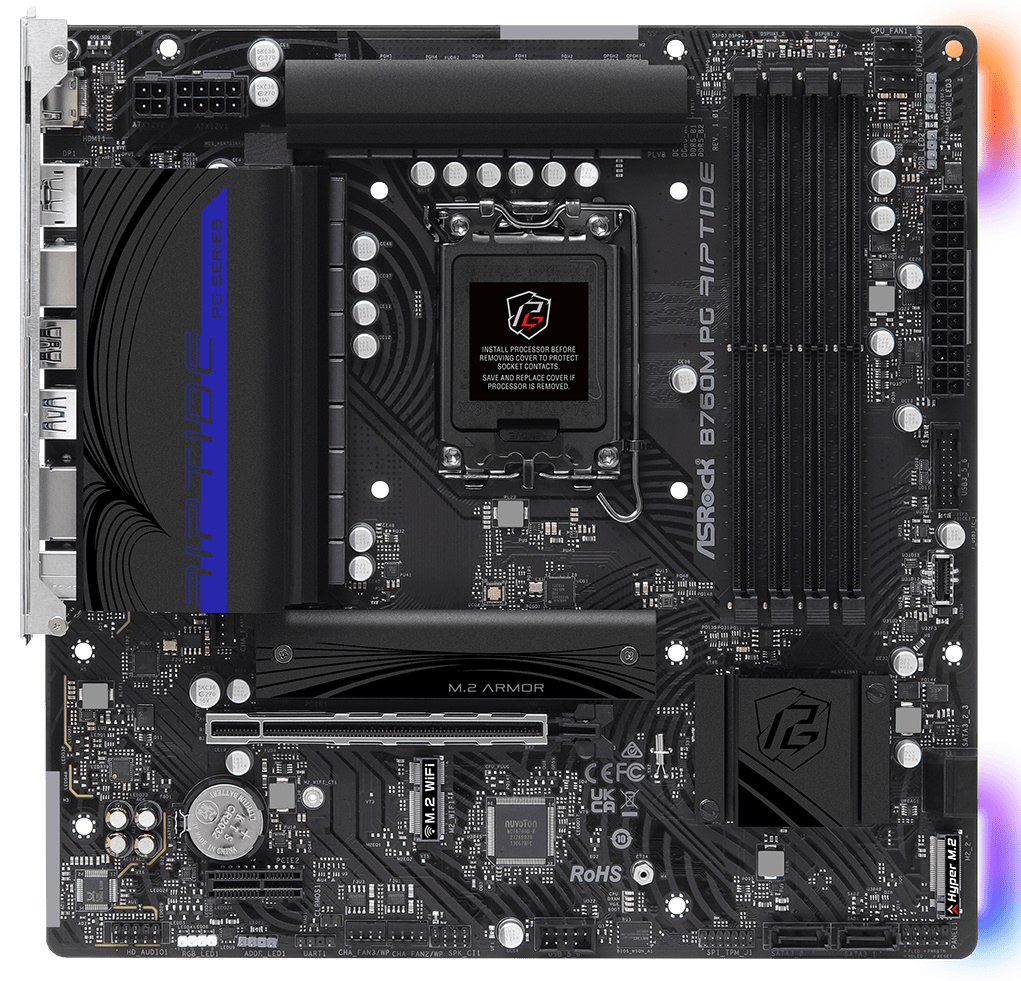
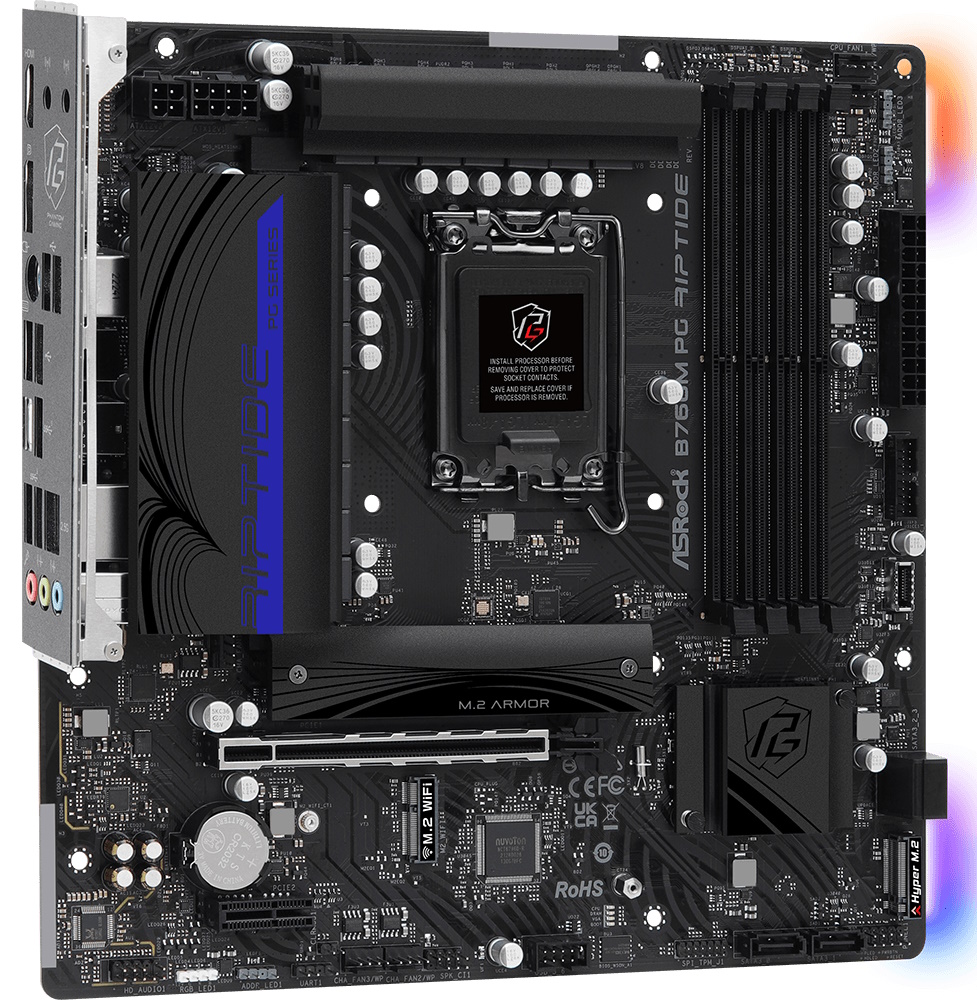
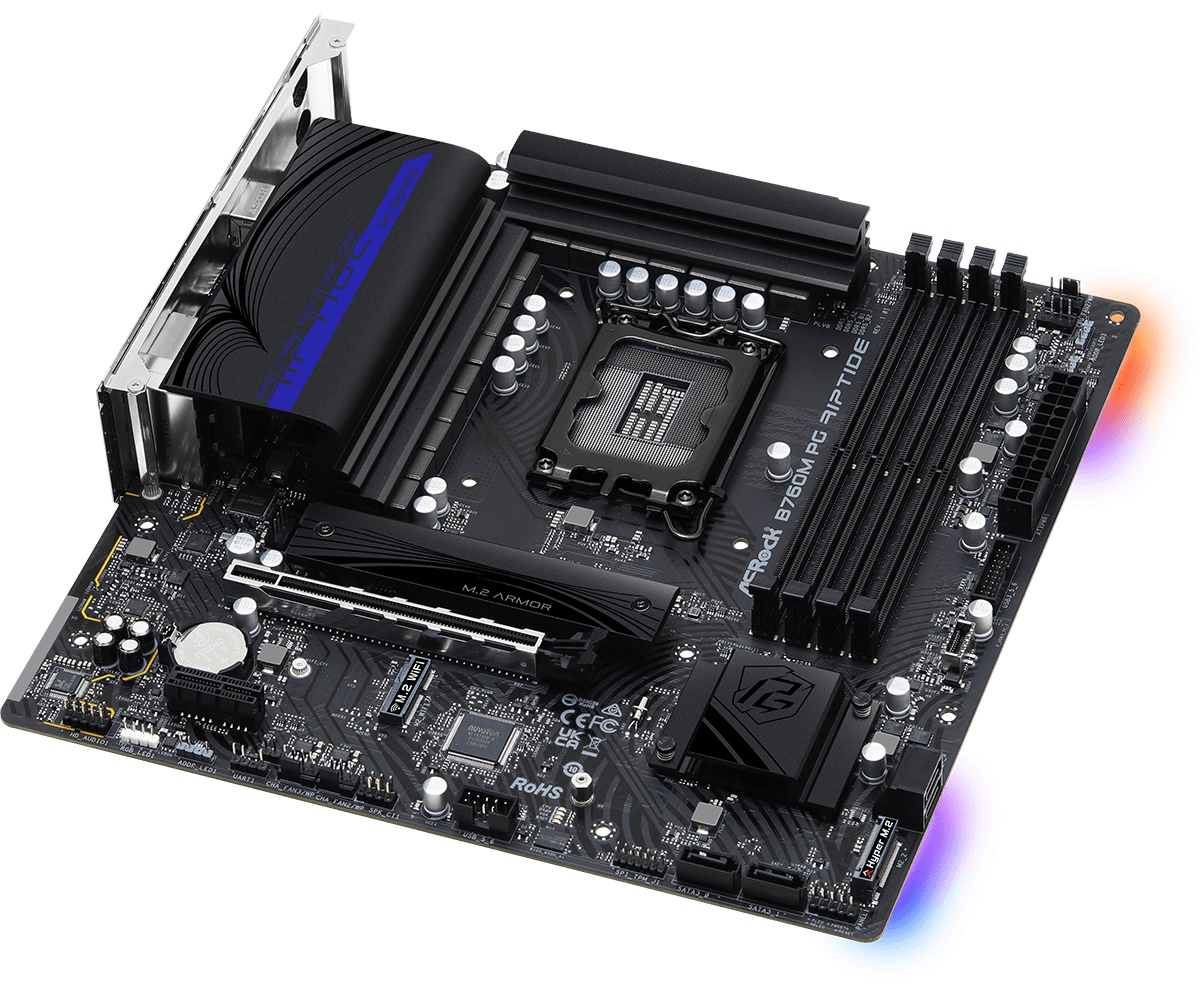
The PG Riptide targets the budget user who doesn’t want to spend much money to get into AMD’s Ryzen 7000 platform. While it’s not the least expensive of their platforms, B650E offers users a balance between the more expensive (and generally better equipped) X670/X670E motherboards and the true budget chipsets. The PG Riptide sits on a matte-black 8-layer PCB with black heatsinks and purple highlights on the chipset heatsink and above the IO area. The PCIe 5.0 M.2 socket (top) sports the largest heatsink, while a long bar covers the other two M.2 sockets. There’s a lot of motherboard showing, but that’s to be expected at this price point.
Under the chipset heatsink sporting the PG branding are a few RGB LEDs that light up the logo. The LEDs glow nice and bright, and the colors are saturated and true. If you have a beefy video card, it may cover some of the bling, but it still should still provide a nice glow inside your chassis.
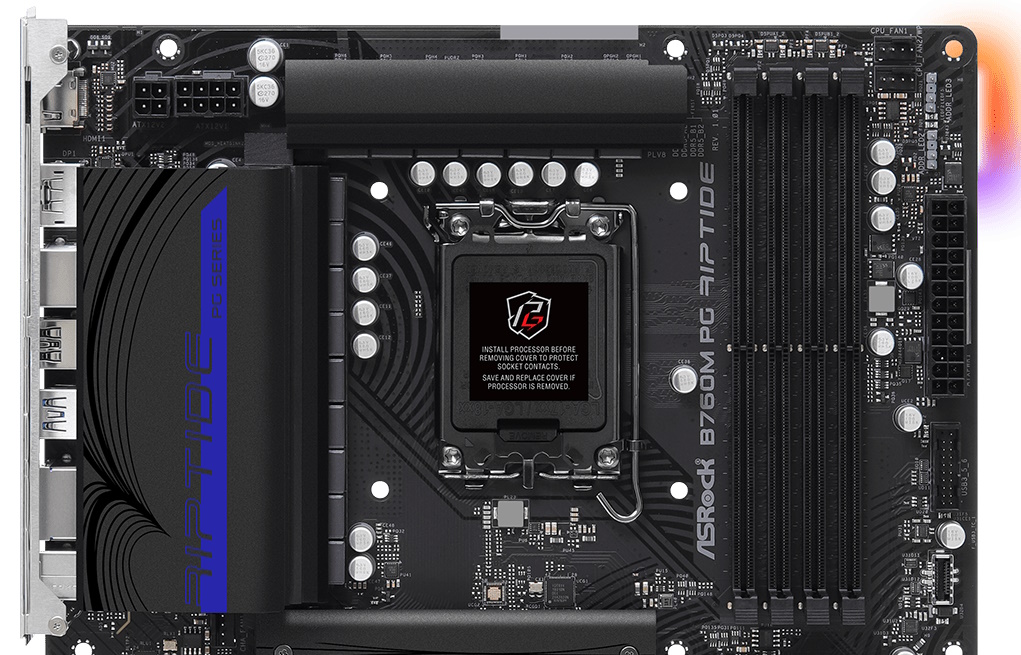
Starting on the top half, we spy two sizeable heatsinks with mitered cutouts to keep the VRMs below cool, while hiding the rather unsightly IO area. On top of the left heatsink is the ASRock name and Riptide branding in a darker polished finish (stenciling) versus the sandblasted look below. Inside a purple border is the “PG” (Phantom Gaming) letters, just south of the heatsink. Between the VRM heatsinks is an 8-pin (required) and 4-pin EPS connectors to power the processor.
Moving right, just before the DRAM slots, is the first (of six) 4-pin fan headers. Each header supports PWM and DC-controlled devices. CPU_FAN1 outputs up to 1A/12W, while the rest double that to 2A/24W. You control the attached fans or pumps through the BIOS and FanTastic Tuning or the PG-Tune application in Windows. There are enough headers and power for your cooling setup, even if it’s a custom water loop.
Next, we run into four unreinforced DRAM slots with locking functions on the top and bottom. ASRock lists support for up to 128GB of DDR5, with speeds to DDR5-6600+(OC). We didn’t run into any issues with our two kits up to DDR5-6000, and the QVL list has plenty of approved kits reaching higher. Much past the 6400 MHz mark, things become less plug-and-play and more out of the sweet spot anyway. Stick to the QVL list and you should be OK.
Passing another fan header above the DRAM slots, we spy two 3-pin ARGB headers. You’ll find another 3-pin header along the bottom edge, as well as a single 4-pin header. You’ll control these devices through the BIOS version of Polychrome Sync or with the same software in Windows. Both versions of the app offer canned patterns and other options to adjust the integrated and attached RGB LEDs.
Continuing down the edge, we run into the EZ debug LEDs for troubleshooting the POST process. If there’s a problem, one of the LEDs (labeled CPU, Boot, DRAM, or VGA) remains lit, giving you an idea of where the issue may be. Past that is the 24-pin ATX power lead to power the board, a front panel USB 3.2 Gen 1 (5 Gbps) port, and the fastest USB port onboard, the front panel USB 3.2 Gen 2x2 (20 Gbps) Type-C port.
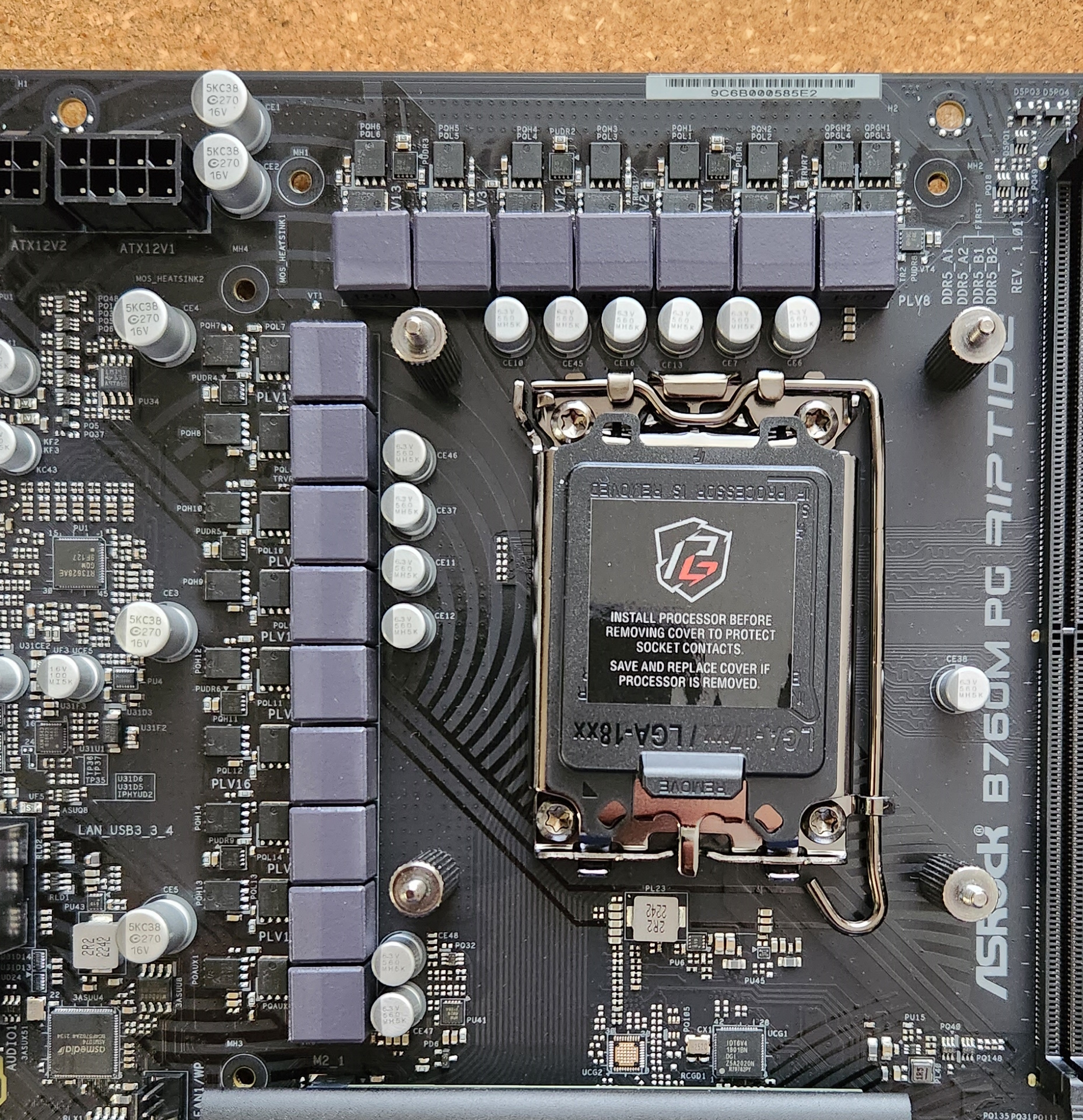
Power delivery consists of 17 total phases, with 14 dedicated to Vcore. Power comes from the EPS connector(s) onto a Renesas RAA229620 PWM controller. After that, it heads onto 14x 60A Intersil ISL99360 SPS MOSFETs. While the 840A total isn’t a lot, it was plenty for our flagship Ryzen 9 7950X processor without issue at stock and while overclocked.
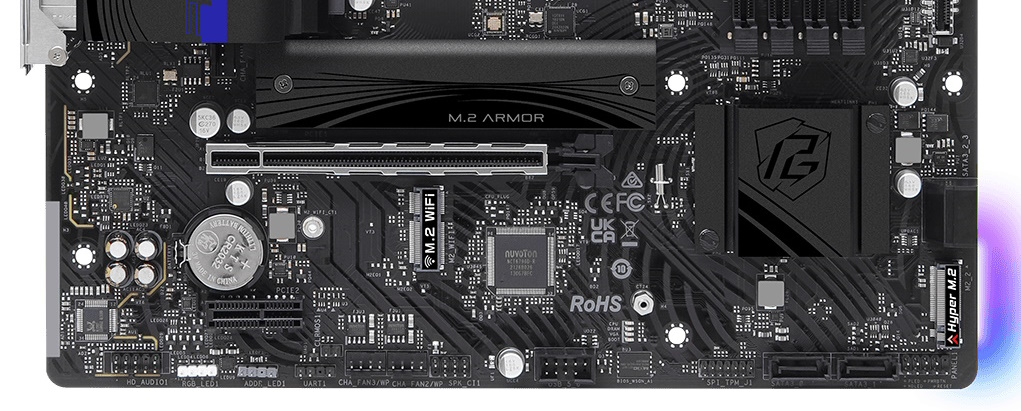
On the bottom half of the board, starting on the left side, we see a fully exposed audio section. You can see the Realtek ALC897 codec and a few capacitors dedicated to sound. This is a budget codec that would be sufficient for most users; audiophiles will want to install their own sound card or speakers with an external DAC.
In the middle of the board are three PCIe slots and three M.2 sockets. The primary graphics slot is at the top and reinforced to prevent shearing from heavy graphics cards. It sources its lanes from the CPU and is the sole PCIe 5.0 x16 slot. The second full-length slot (bottom) also receives lanes from the CPU and runs at PCIe 3.0 x4. Between them is a small x1 slot attached to the chipset that runs up to PCIe 4.0 x1. If you’re still hanging on to multi-GPU solutions, this board does support Crossfire.
Mixed in among the PCIe slots are three M.2 sockets. The top socket (M2_1) under the larger heatsink is your CPU-connected PCIe 5.0 x4 (128 Gbps) socket that fits up to 80mm devices. The second M.2 socket (M2_2) connects via the chipset and runs SATA- and PCIe-based modules up to PCIe 4.0 x4 (64 Gbps). The last socket (M2_3) also connects through the chipset and runs up to PCIe 4.0 x4 (64 Gbps) modules up to 80mm in length. If you’d like to RAID the NVMe storage, the Riptide supports RAID0/1/10 modes. The latter requires an expansion card for support.
Moving past the RGB-lit chipset heatsink, we run into four SATA ports. The connectors are mounted horizontally (as is typical), which allows for better cable management. These ports support RAID0/1 if you need more speed or redundancy. You can run all M.2 and SATA storage concurrently without losing bandwidth or access to other ports.
Across the bottom of the board are several exposed headers. You’ll find the usual, including additional USB ports, RGB headers, and power/reset buttons. Below is a complete list from left to right.
- Front panel audio
- 5-pin Thunderbolt AIC header
- 4-pin RGB header
- 3-pin ARGB header
- System Fan header
- (2) USB 2.0 headers
- System fan header
- Clear CMOS jumper
- Speaker header
- System panel header

The rear IO plate on the B650E SPG Riptide, like many others, comes preinstalled to the motherboard. It sports a black background with white labels on the ports and the PG symbol. There are 10 total USB slots on the rear IO which should be plenty for most users. You get two USB 3.2 Gen 2 (10 Gbps) Type-C and Type-A ports, two USB 3.2 Gen 1 (5 Gbps) Type-A ports (these are the Lightning gaming ports using two different controller interfaces), and six USB 2.0 ports. Video outputs consist of one HDMI port. You’ll also find the Wi-Fi antenna connections for the integrated Wi-Fi 6E, a BIOS flashback button, the Realtek Dragon-based 2.5 GbE port, and last but not least, the audio stack consisting of three analog ports.
MORE: Best Motherboards
MORE: How To Choose A Motherboard
MORE: All Motherboard Content
Firmware
ASRock’s firmware for B650 keeps the same general format as we saw in the X670E model. The major changes are the updated options/functions for the Zen4-based processors. The PG Riptide uses a black background with red for the PG theme with white text. You start in Easy Mode, which is mostly informative but lets you change a few options (XMP, profiles, boot order, Fan-Tastic Tuning, etc.).
Advanced mode displays headings across the top, with details below. Here you can tweak everything to your heart’s desire, as ASRock includes every option you can think of. Overclocking is easy, with most options on the same page, although some power options are in a different section. It’s a logical layout. The movement is smooth, and it’s easy to read. No significant complaints from us about the ASRock firmware.
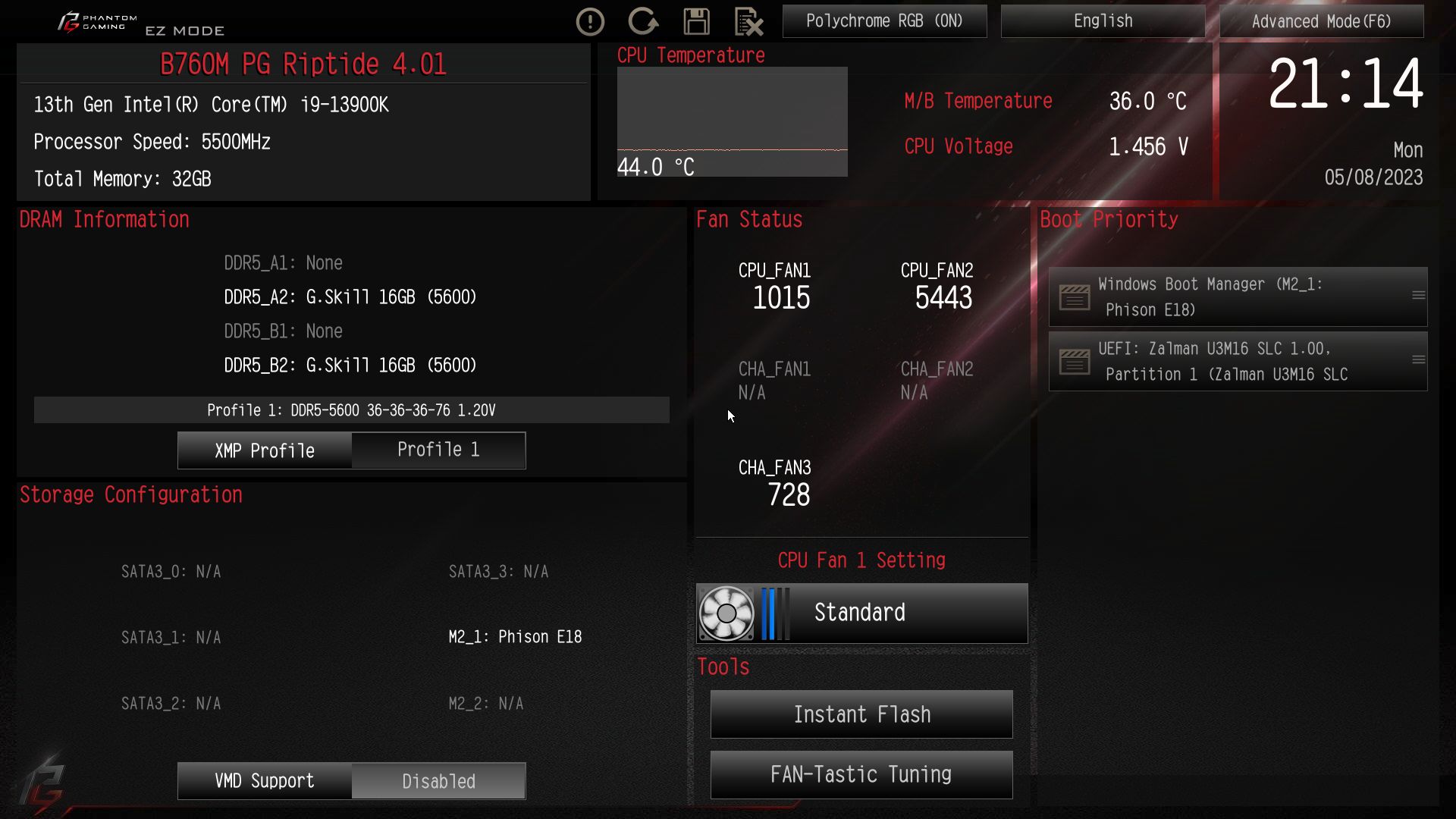
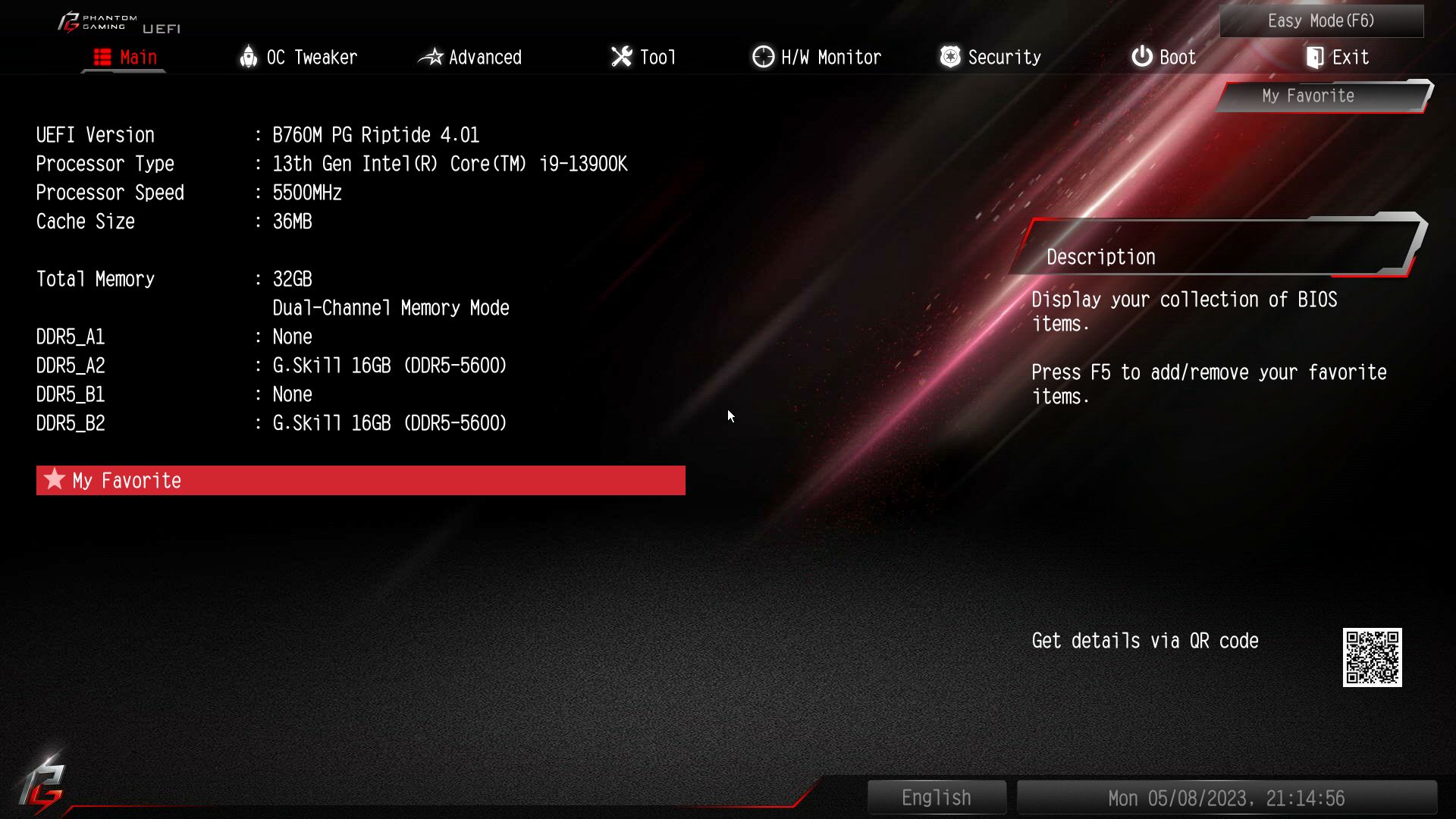
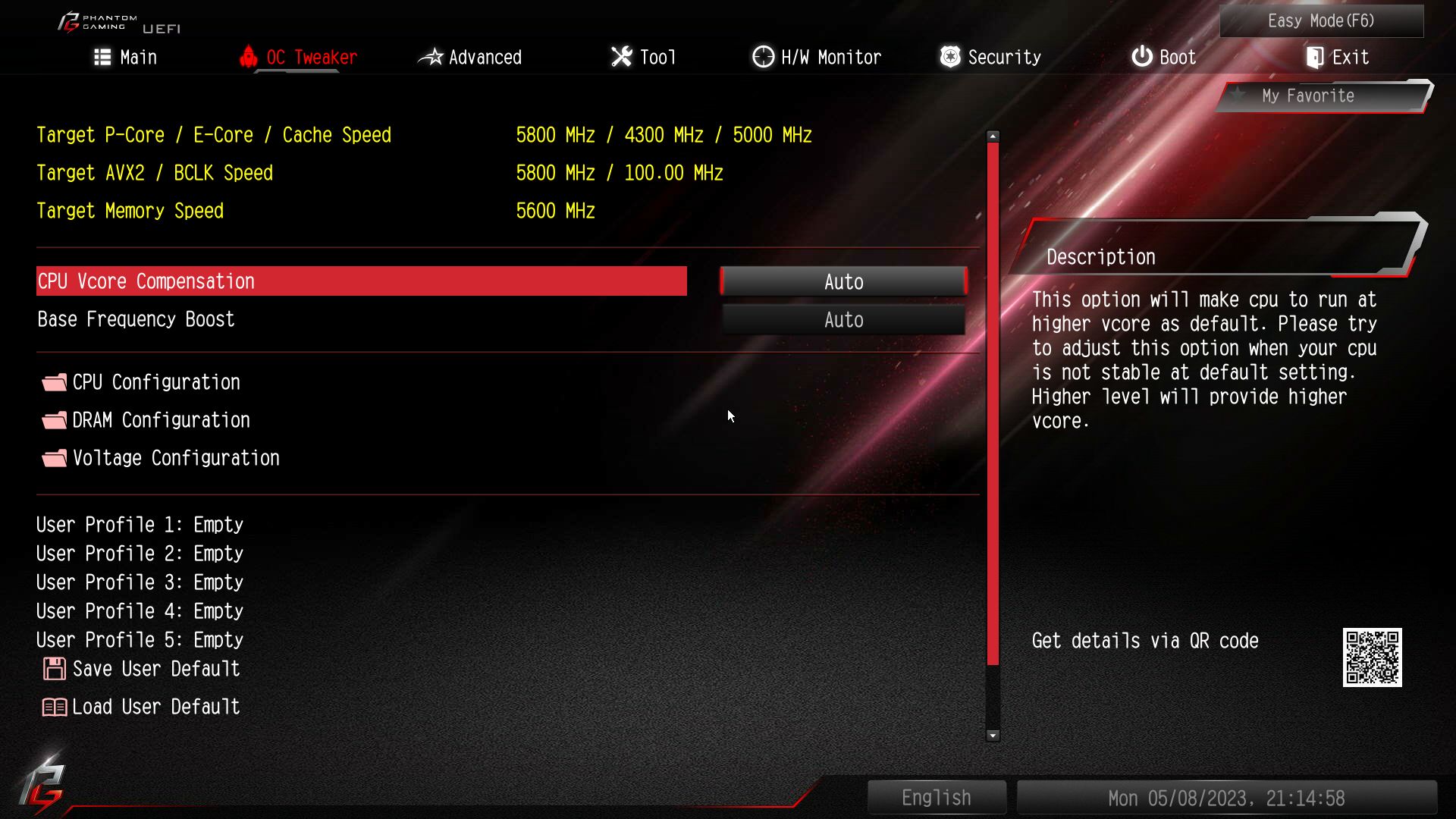
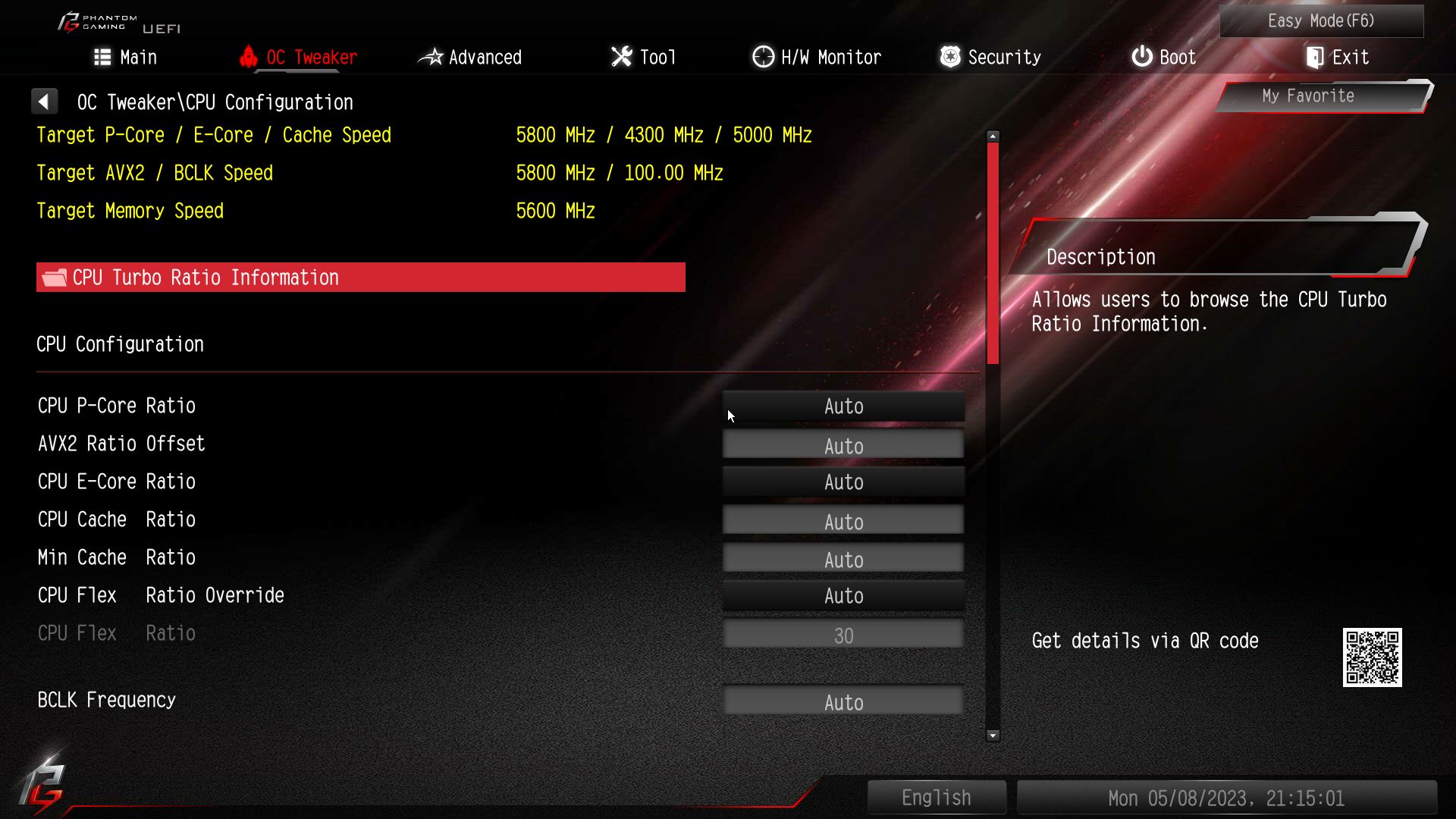
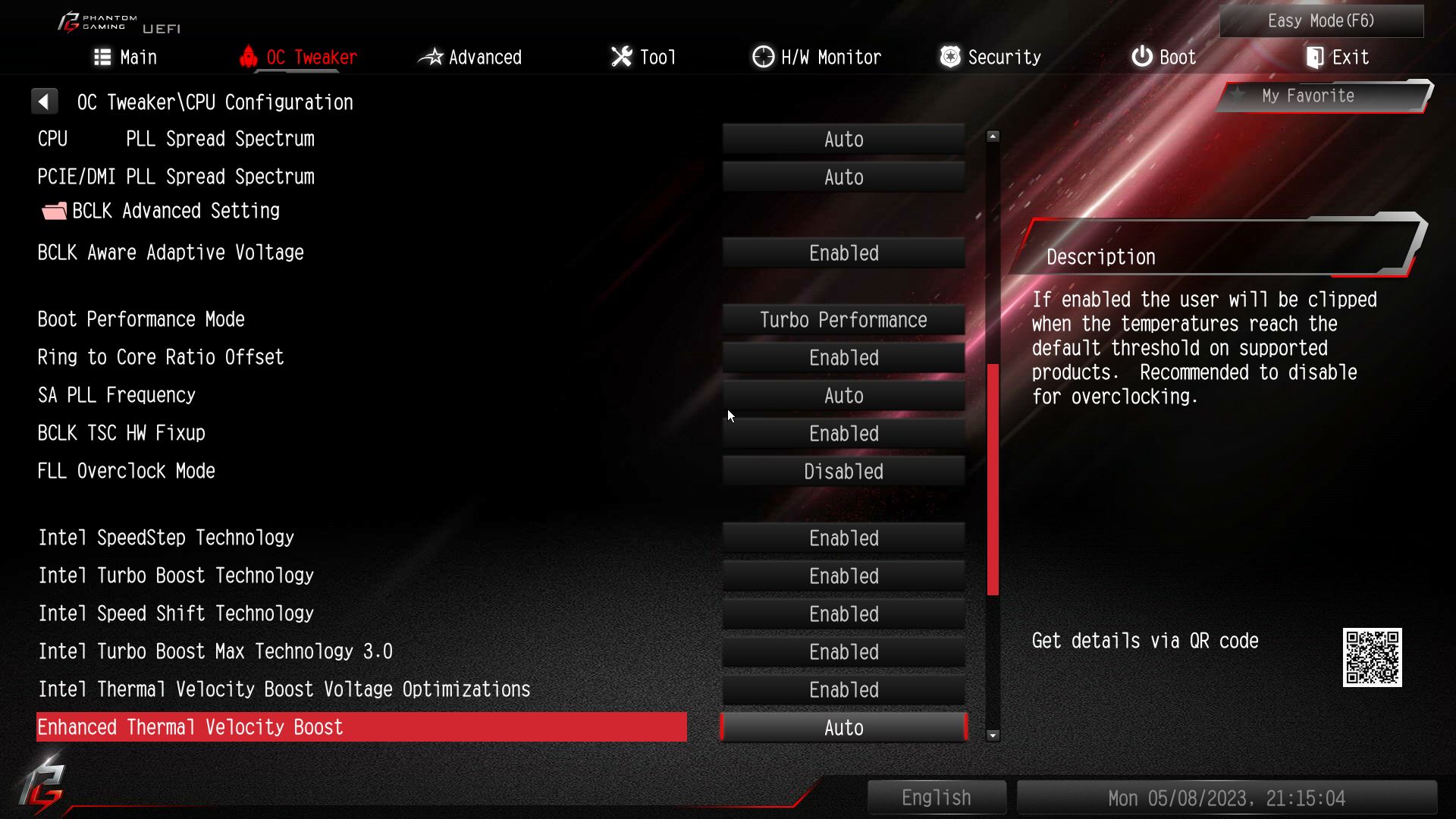
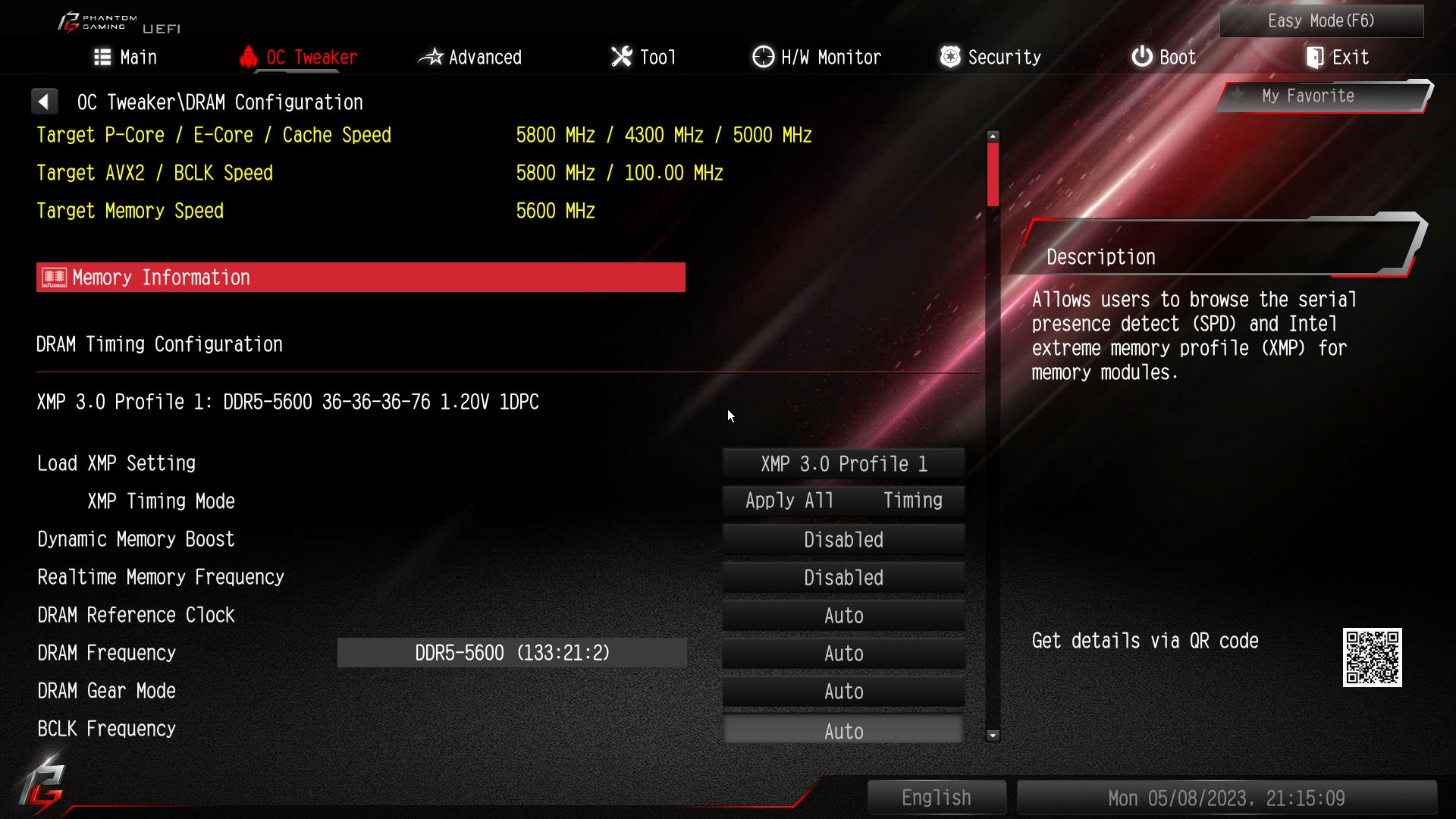
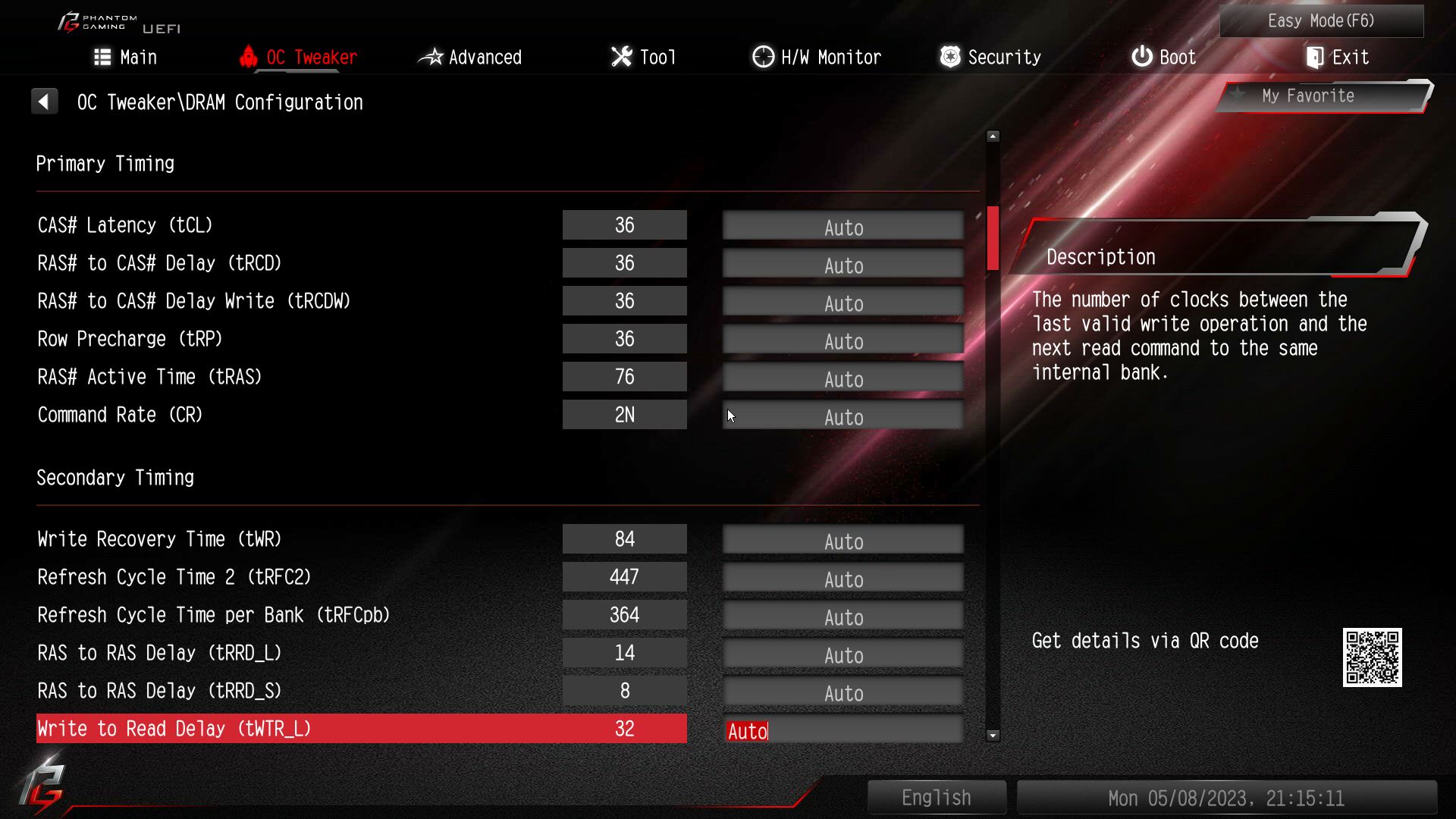
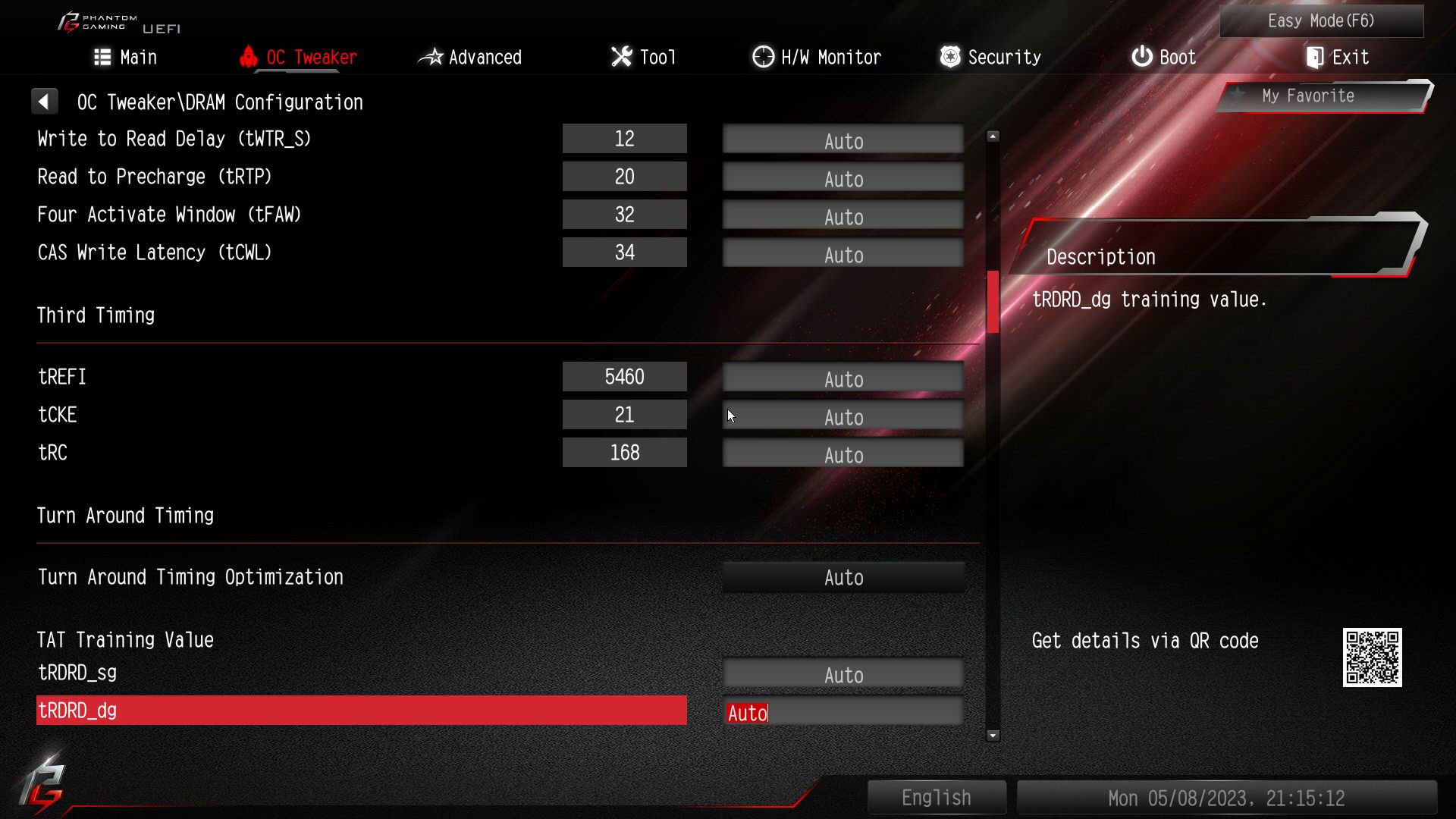
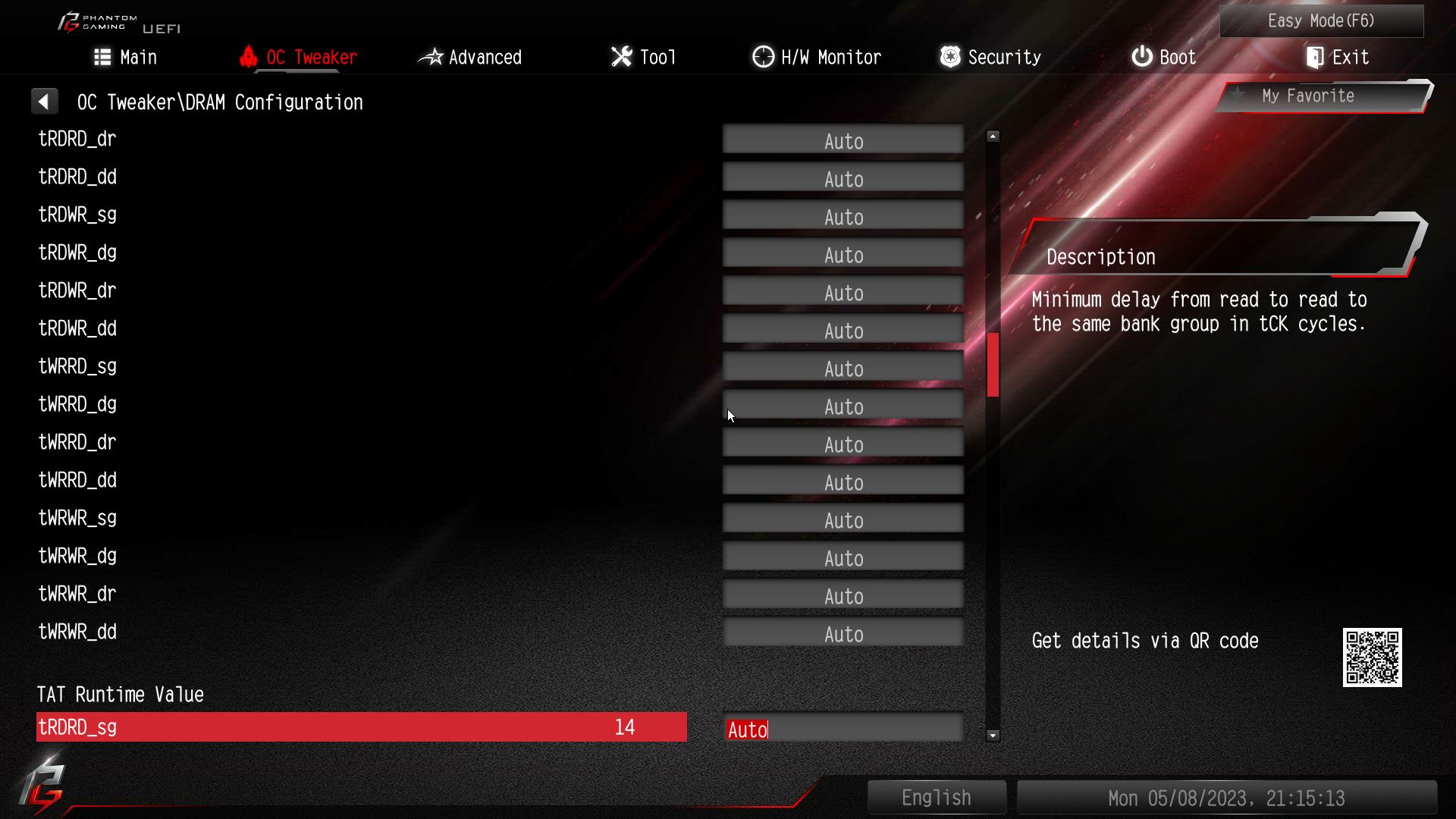
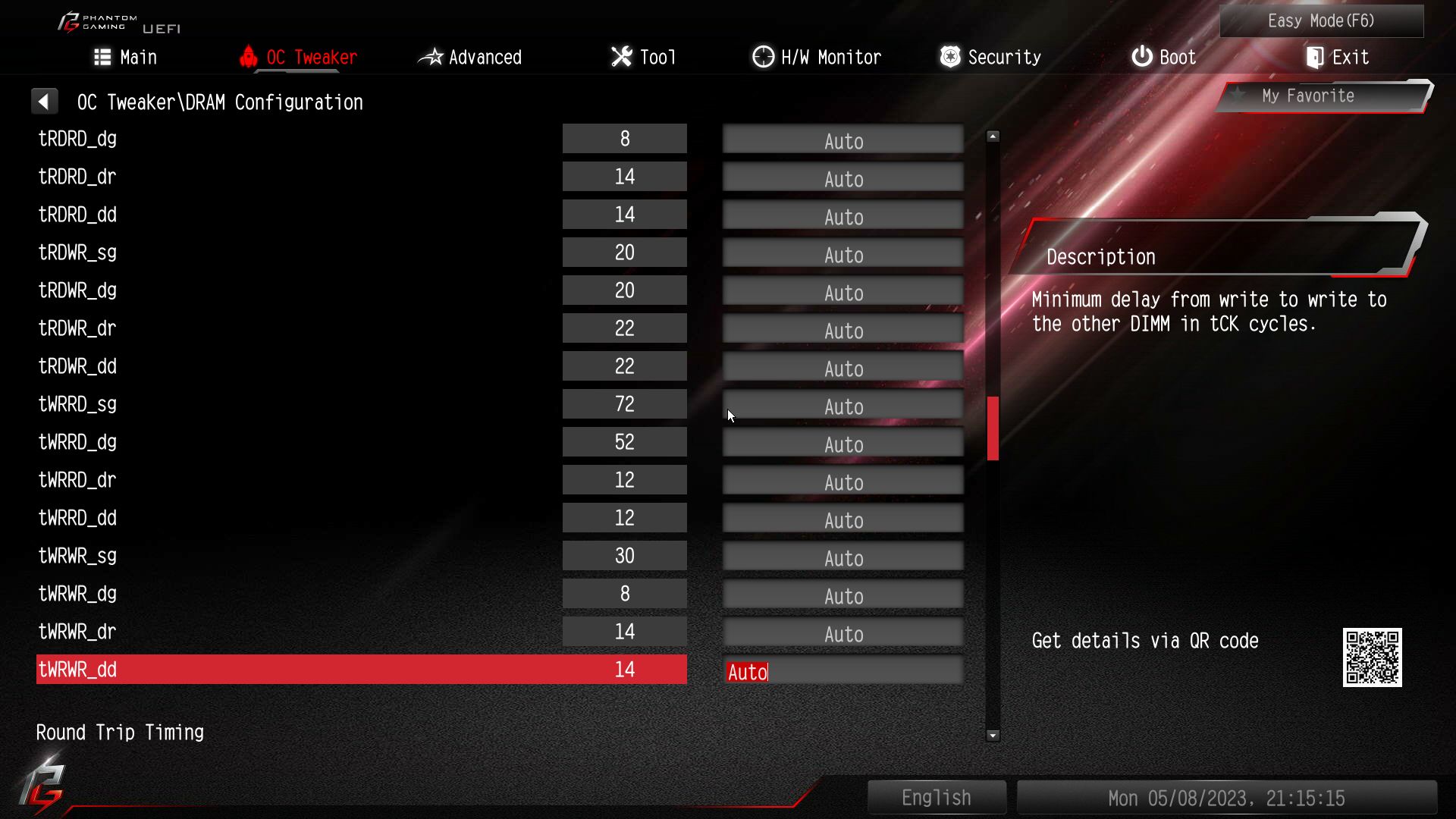
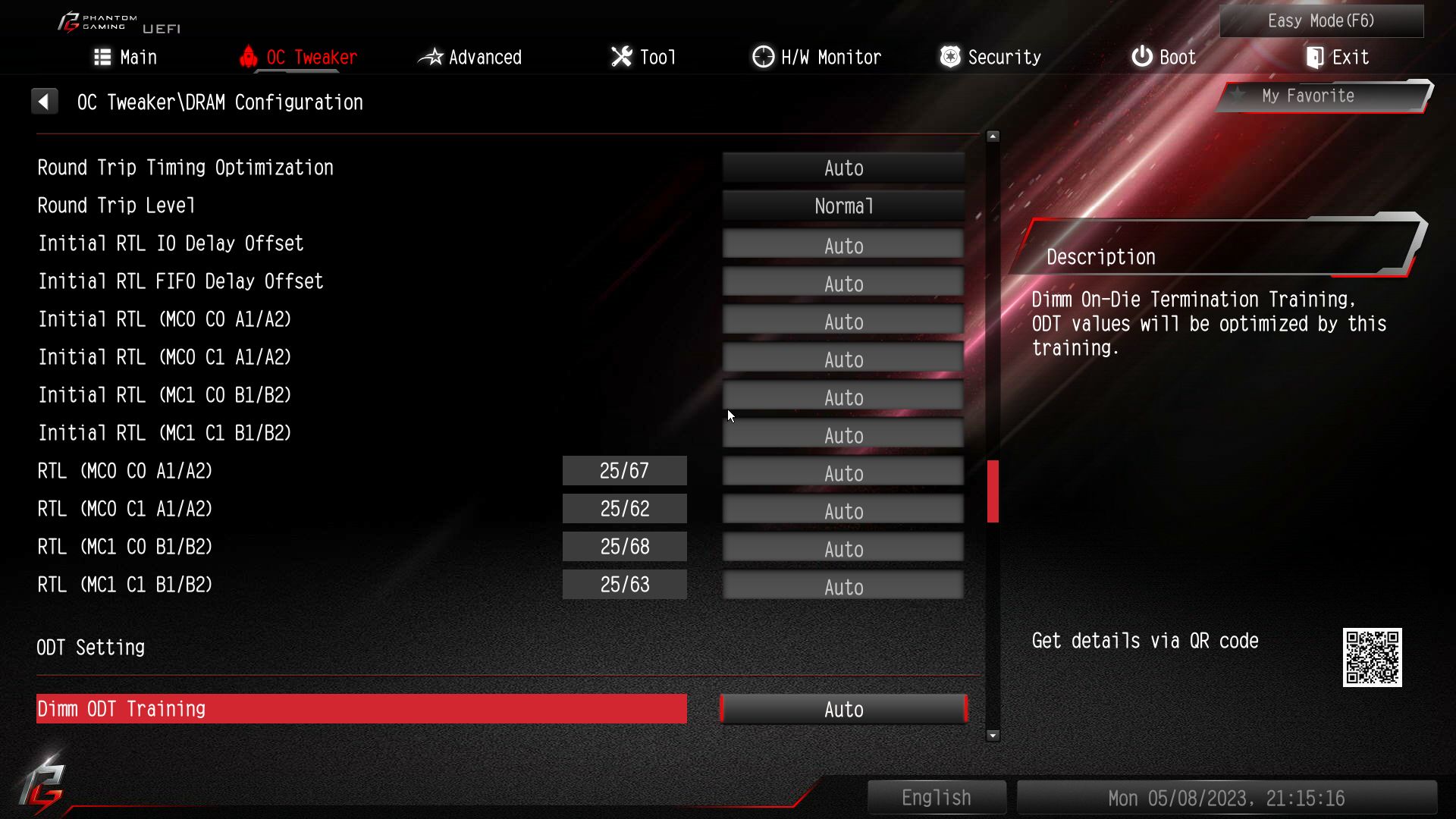
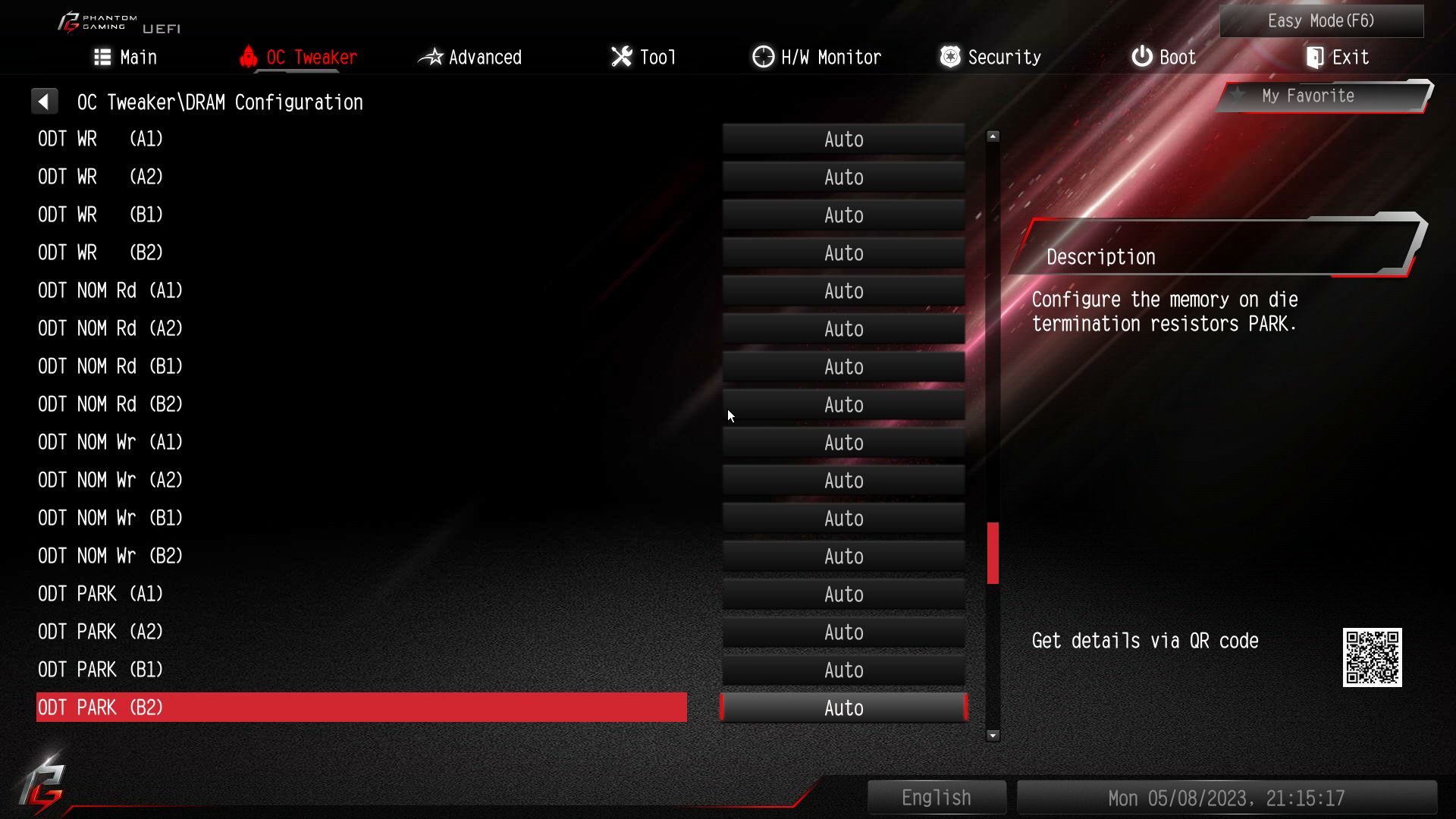
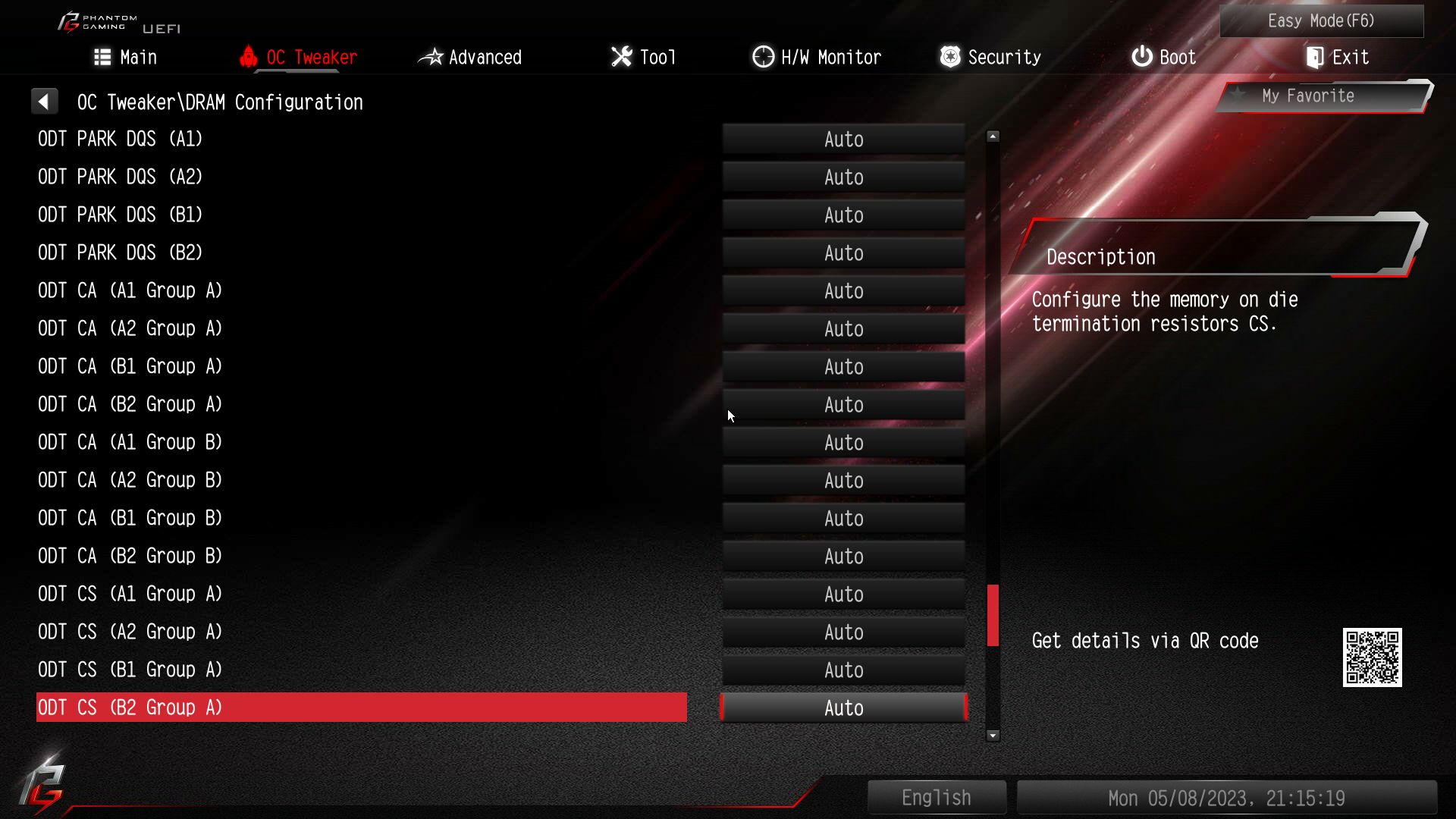
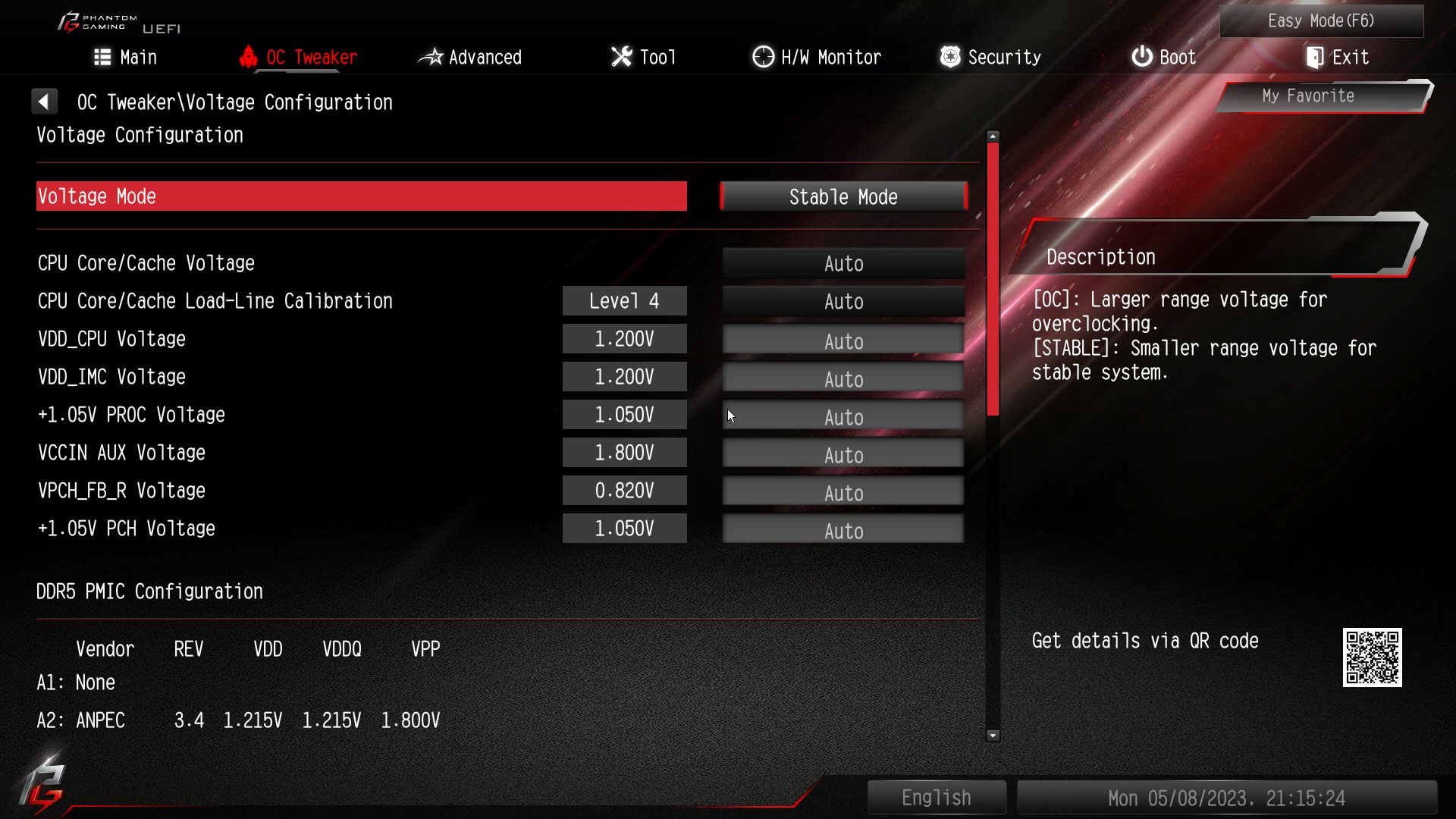
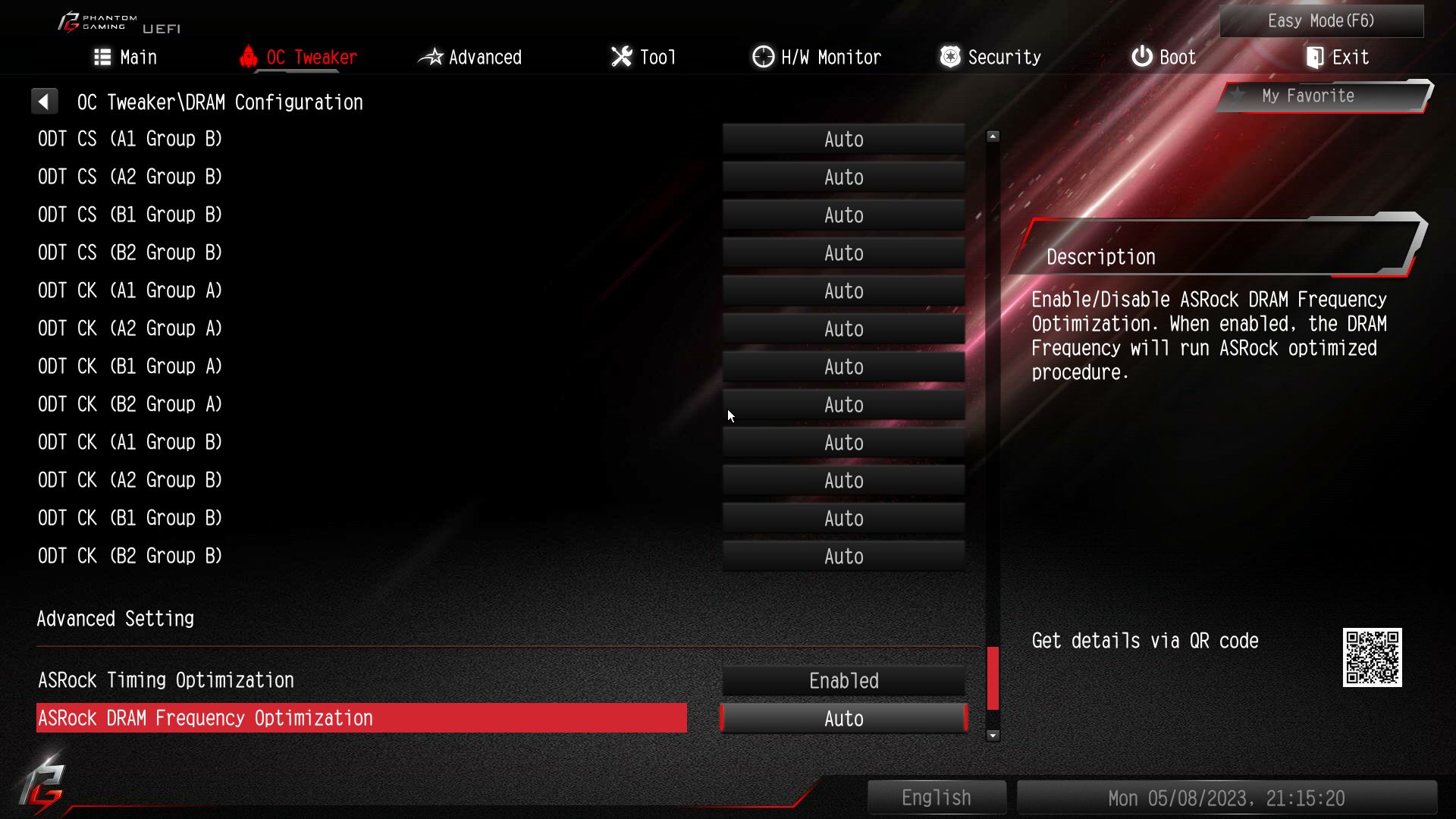
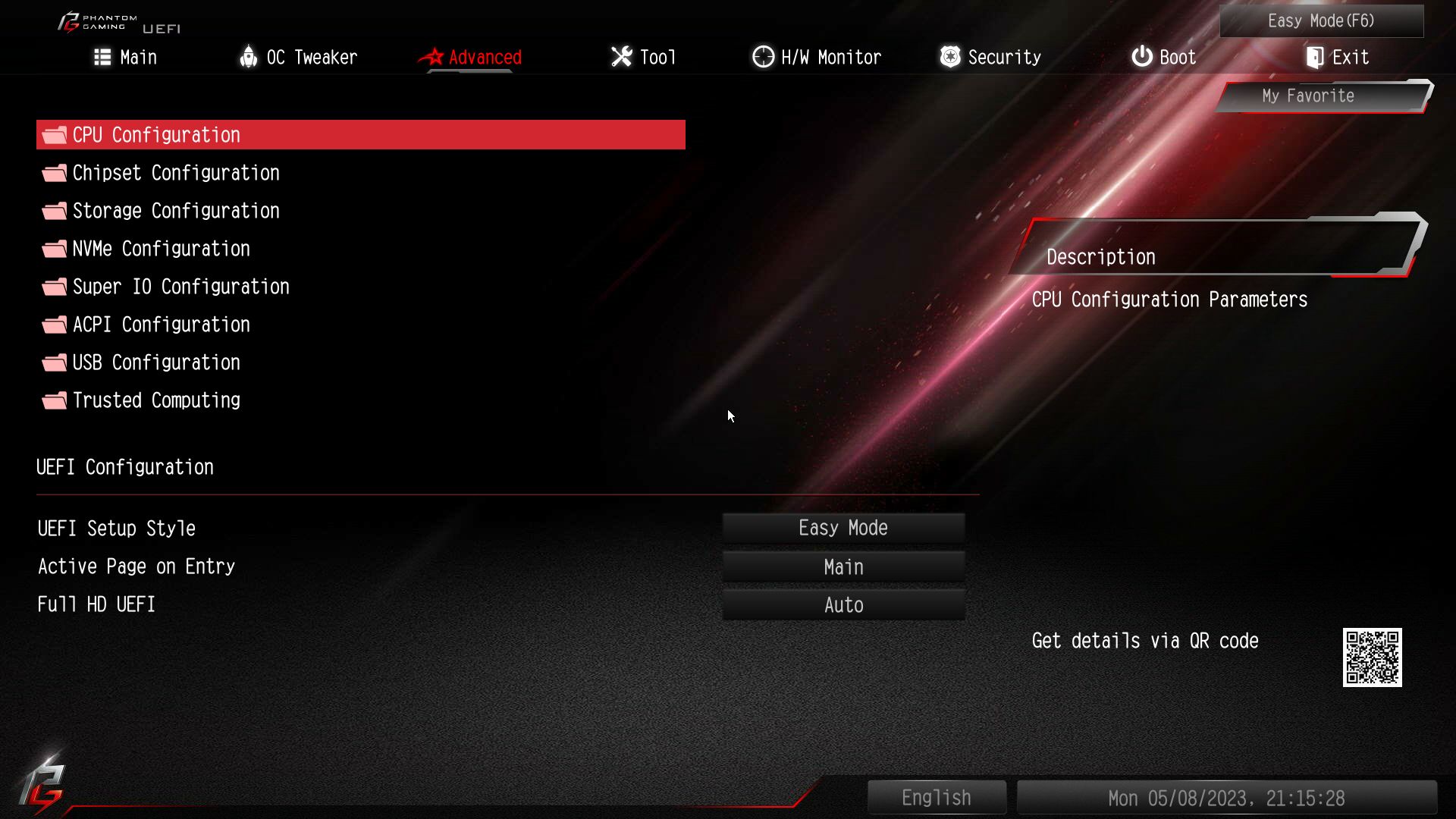
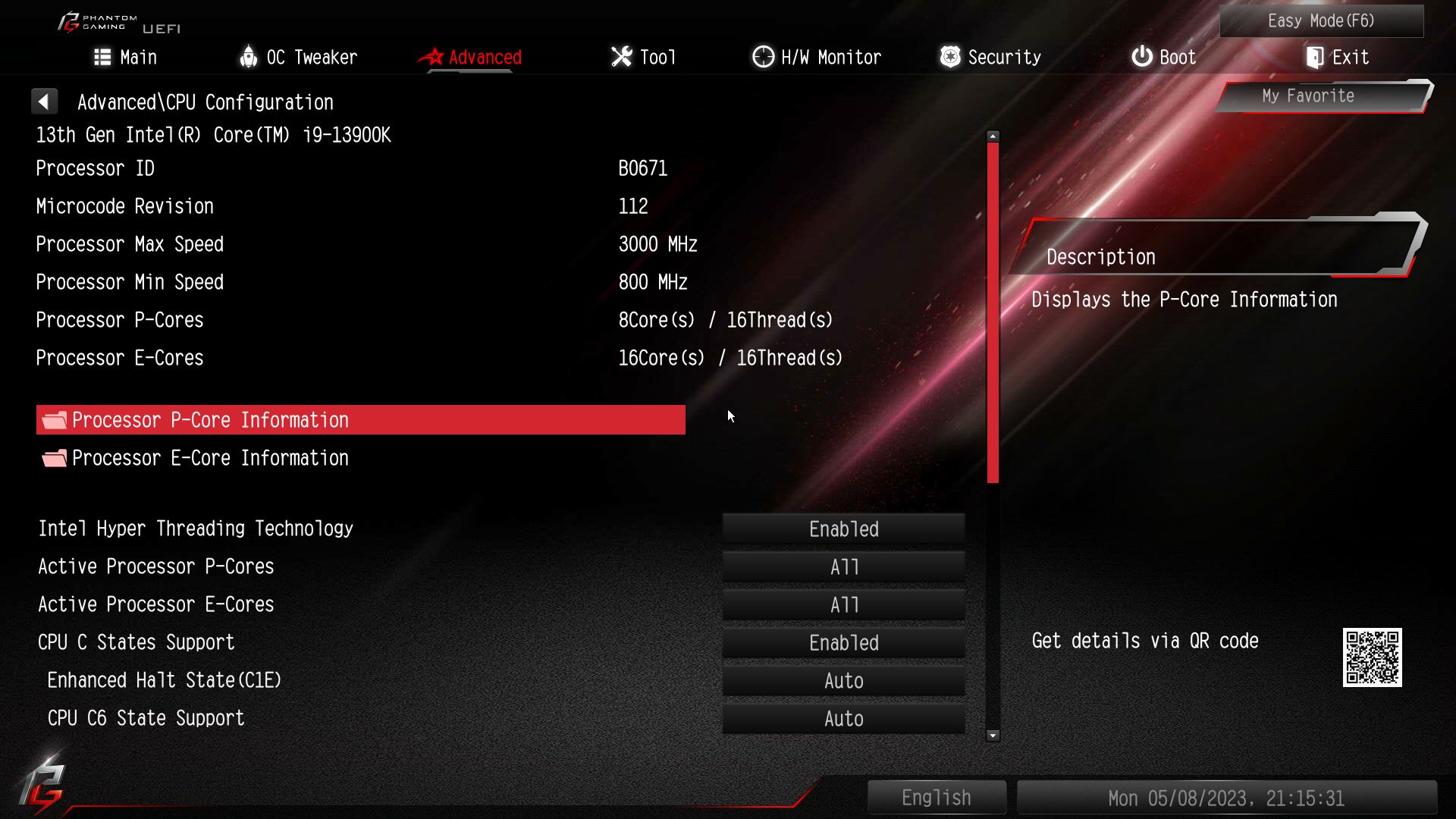
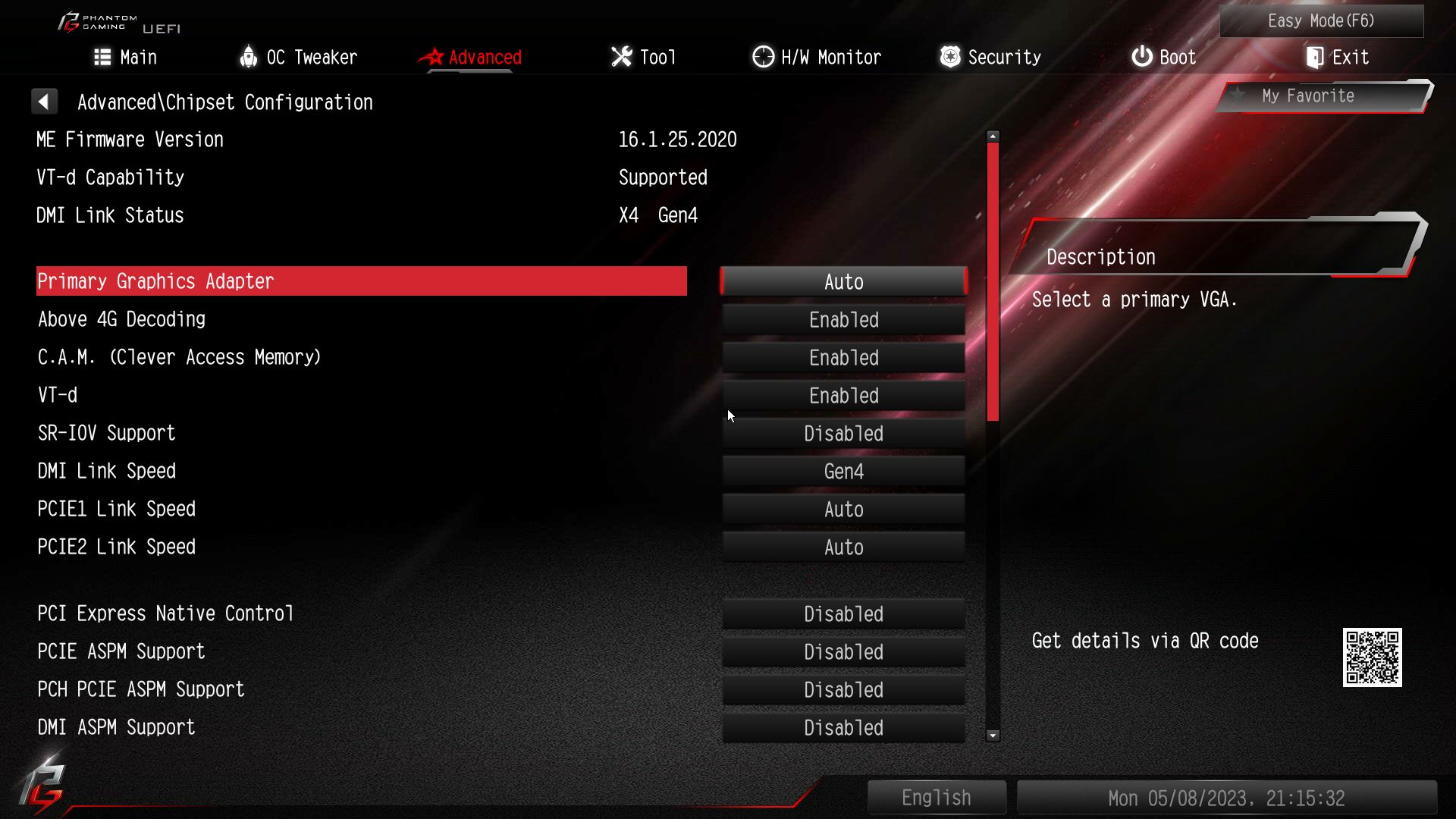
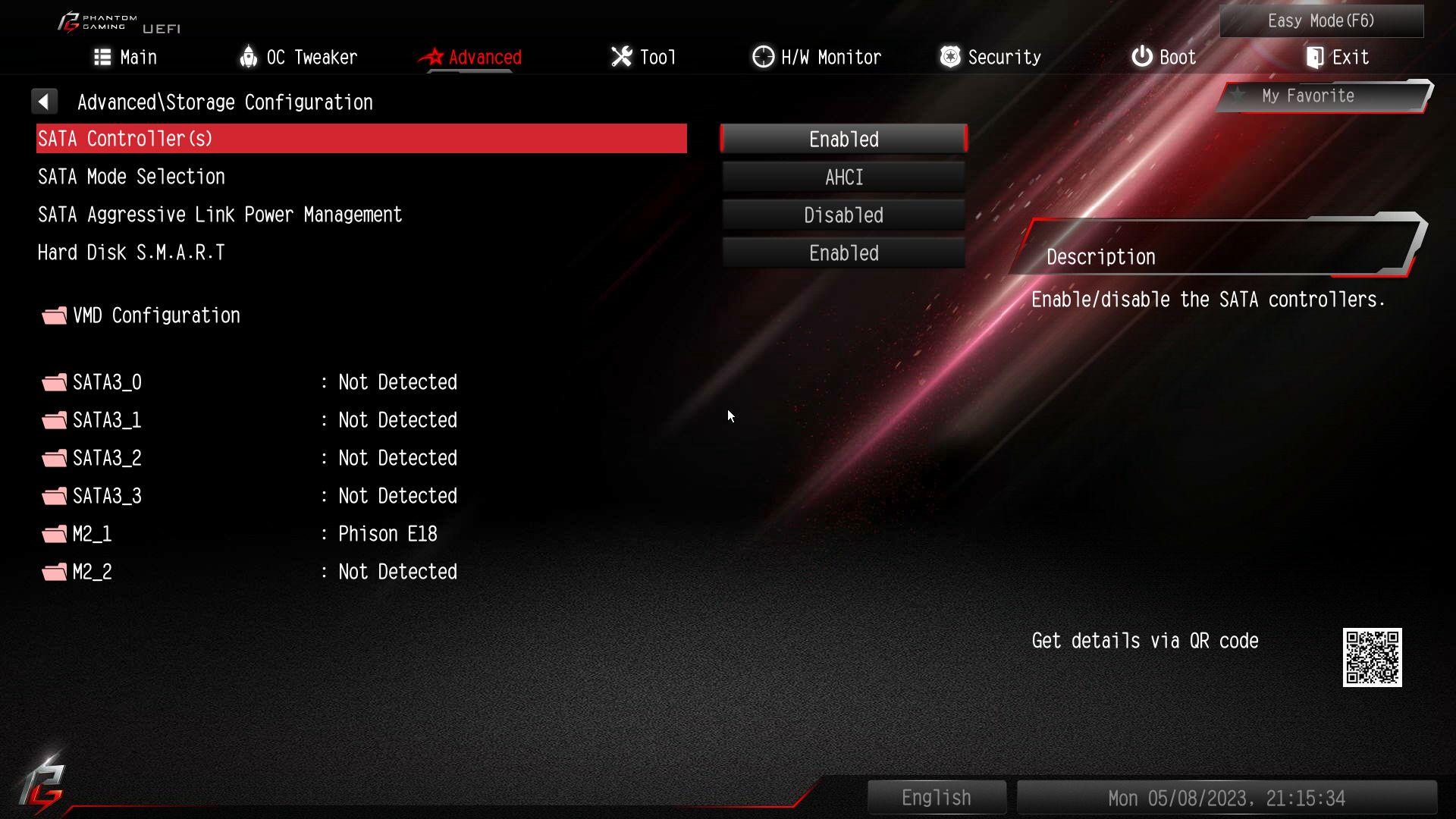
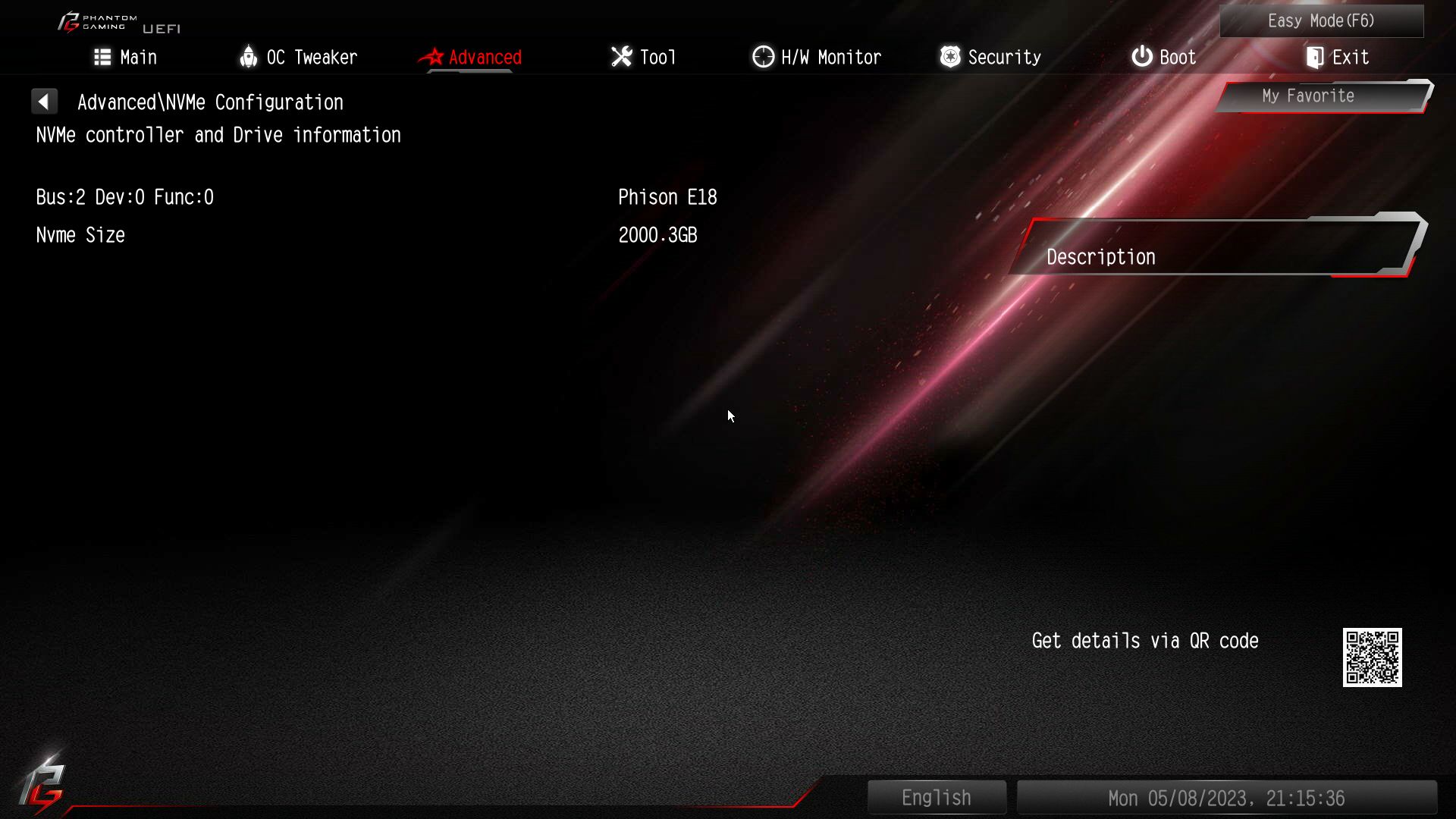
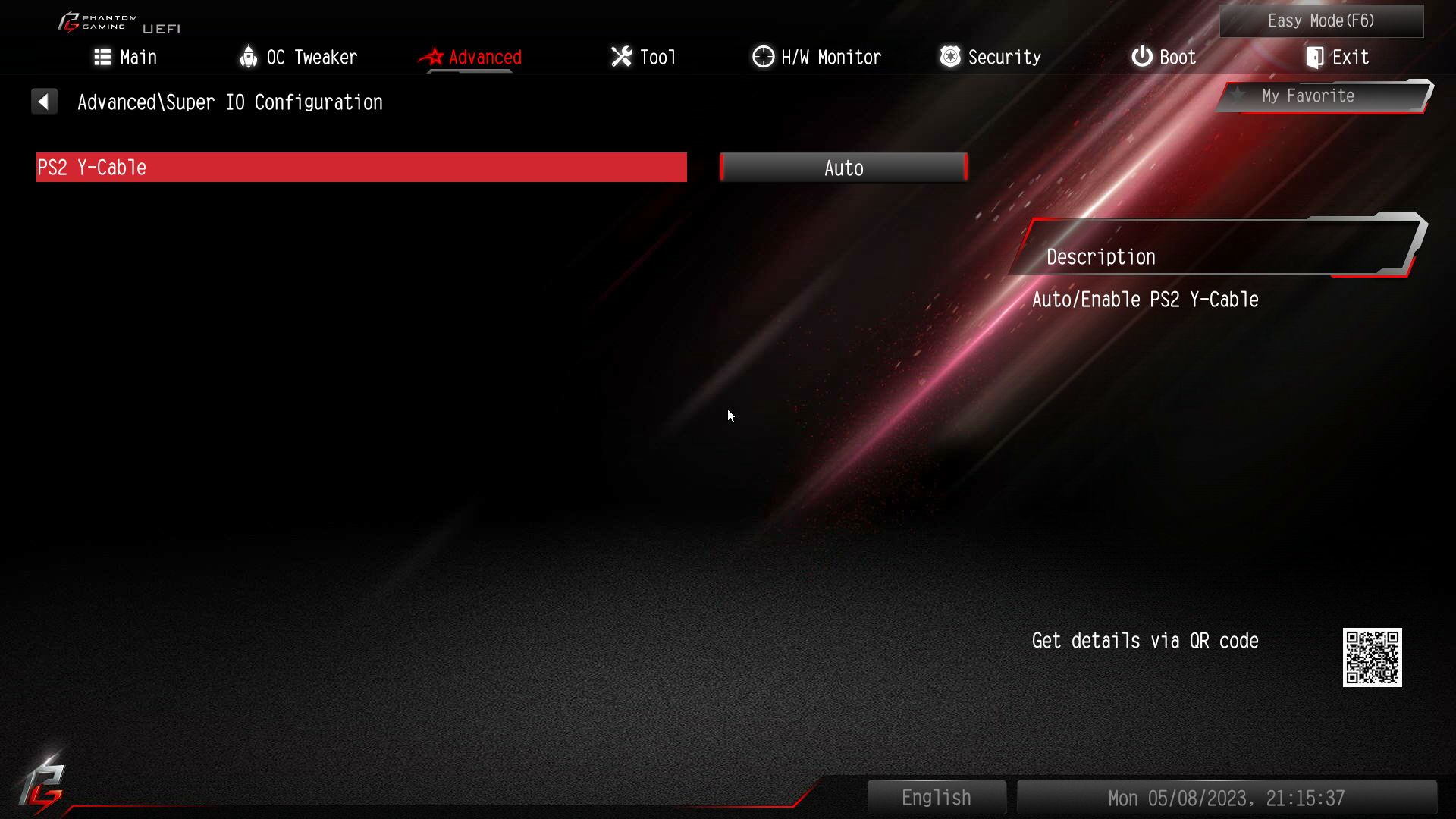
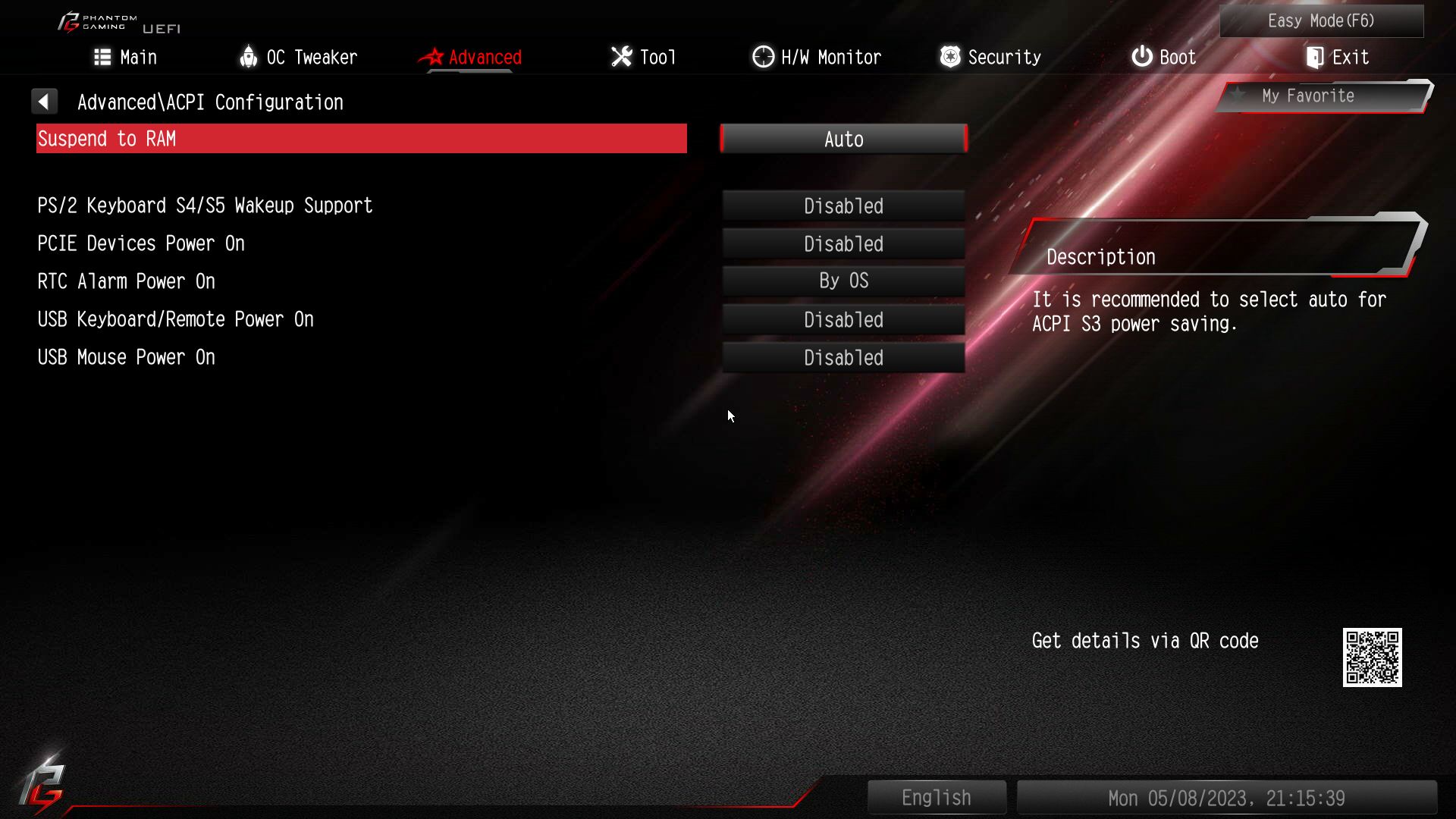
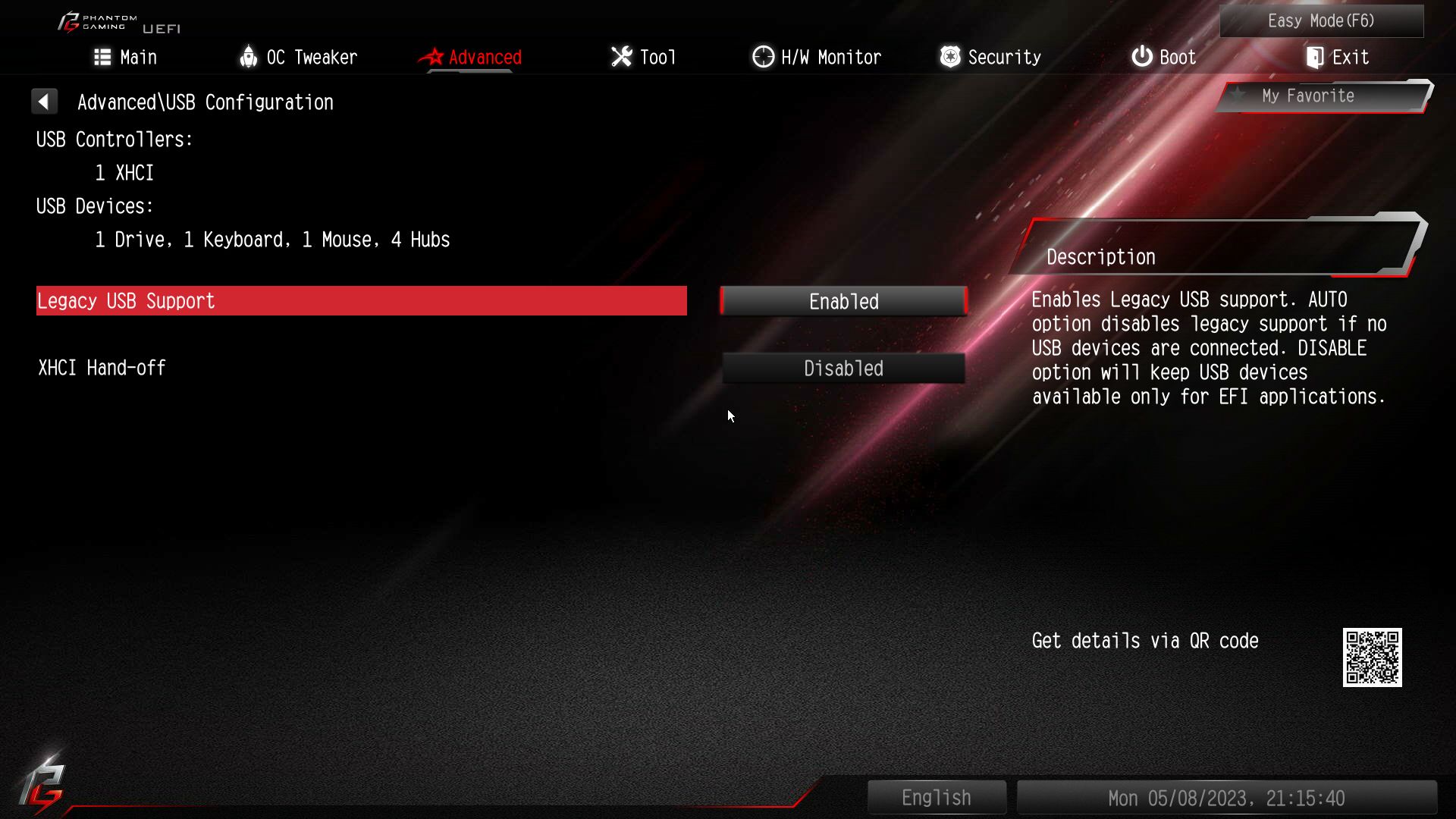
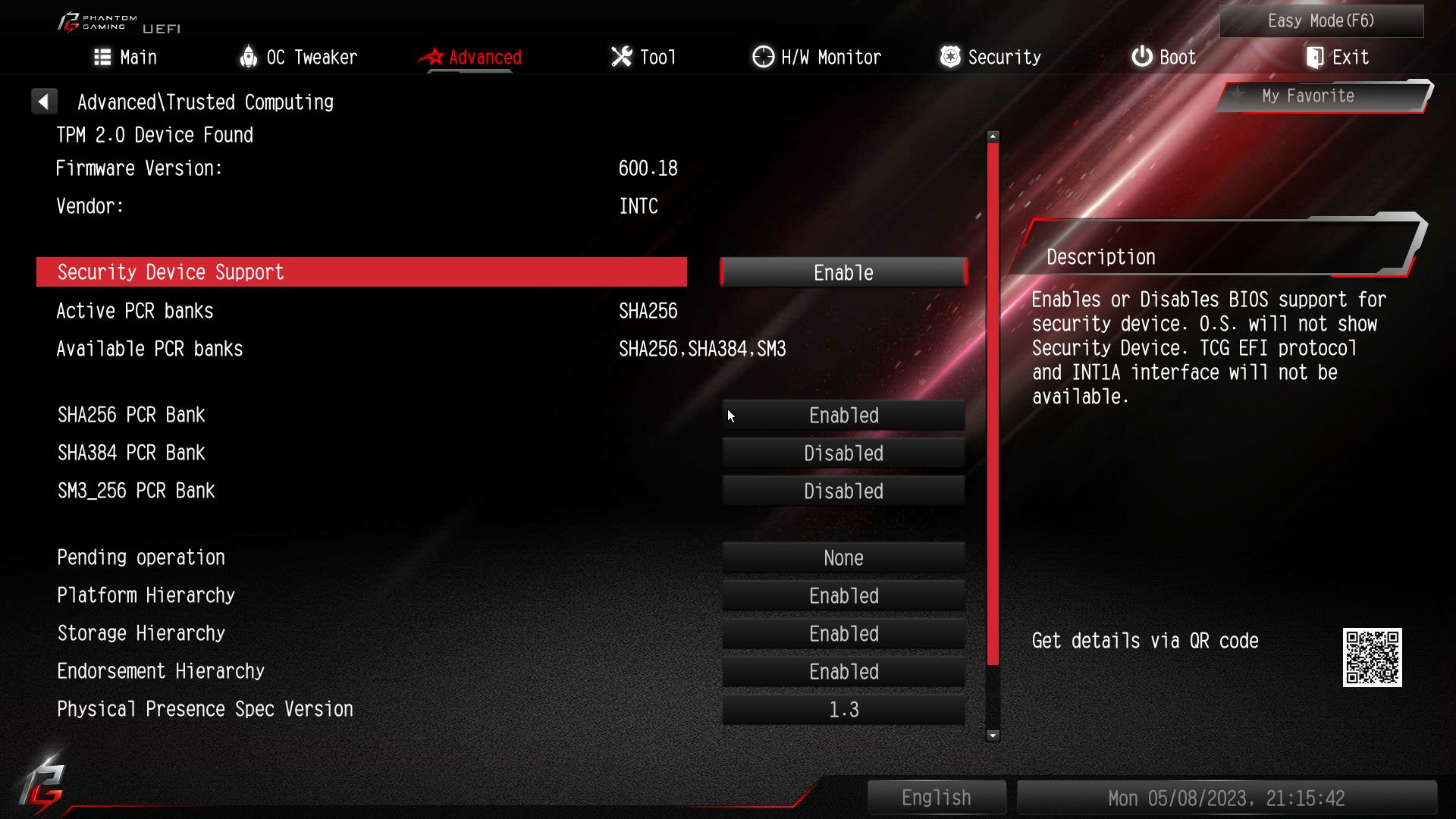
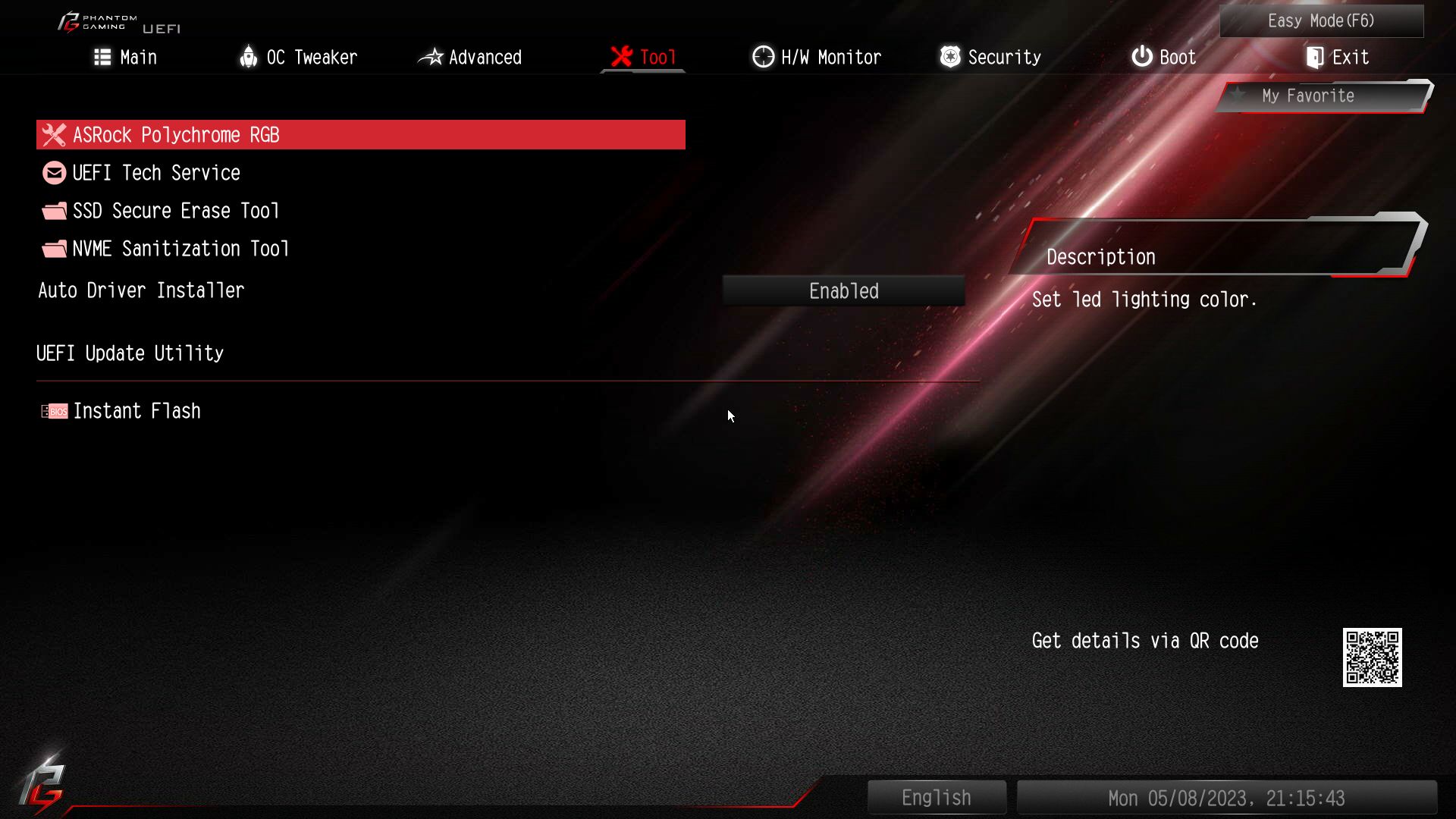
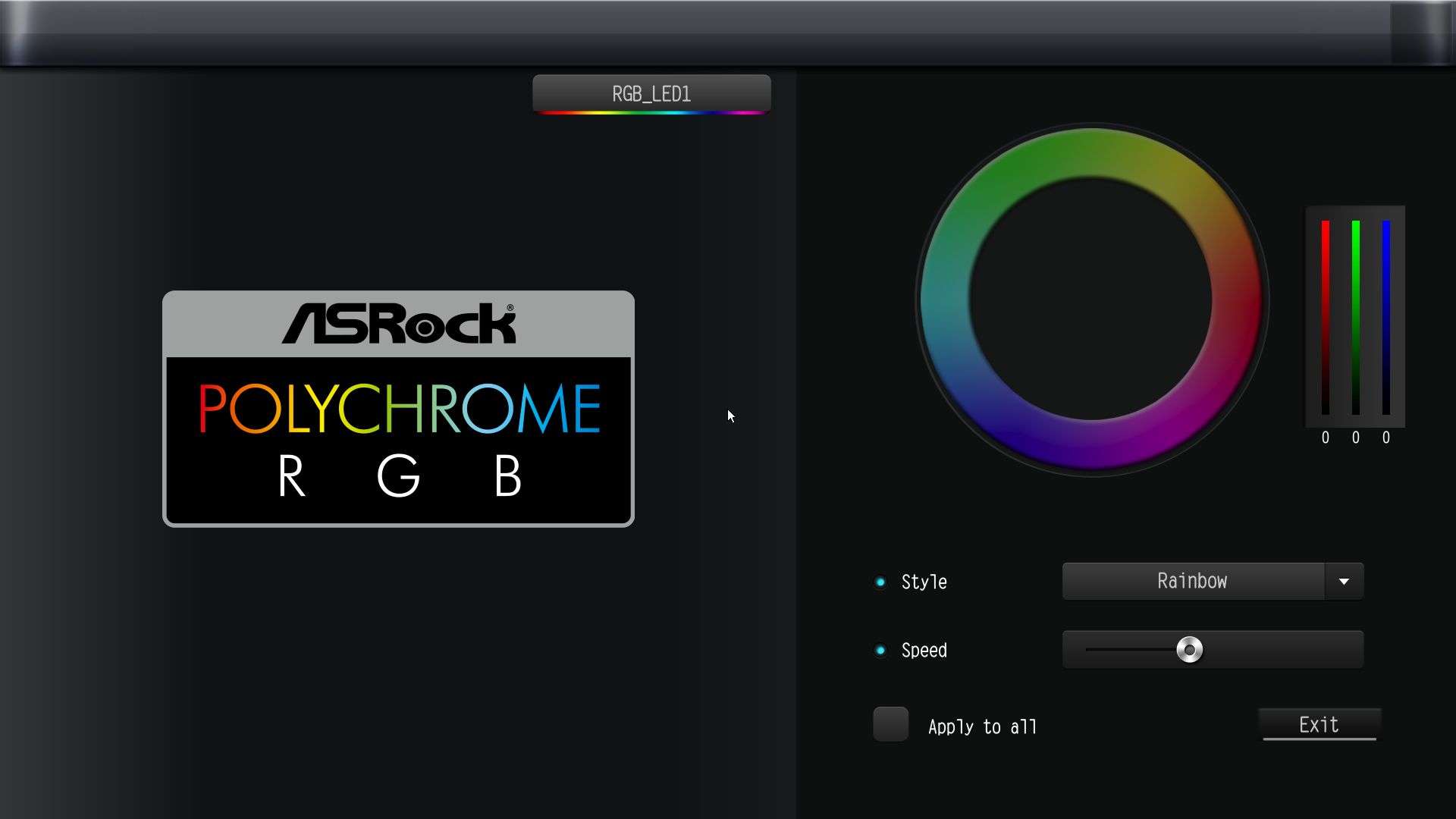
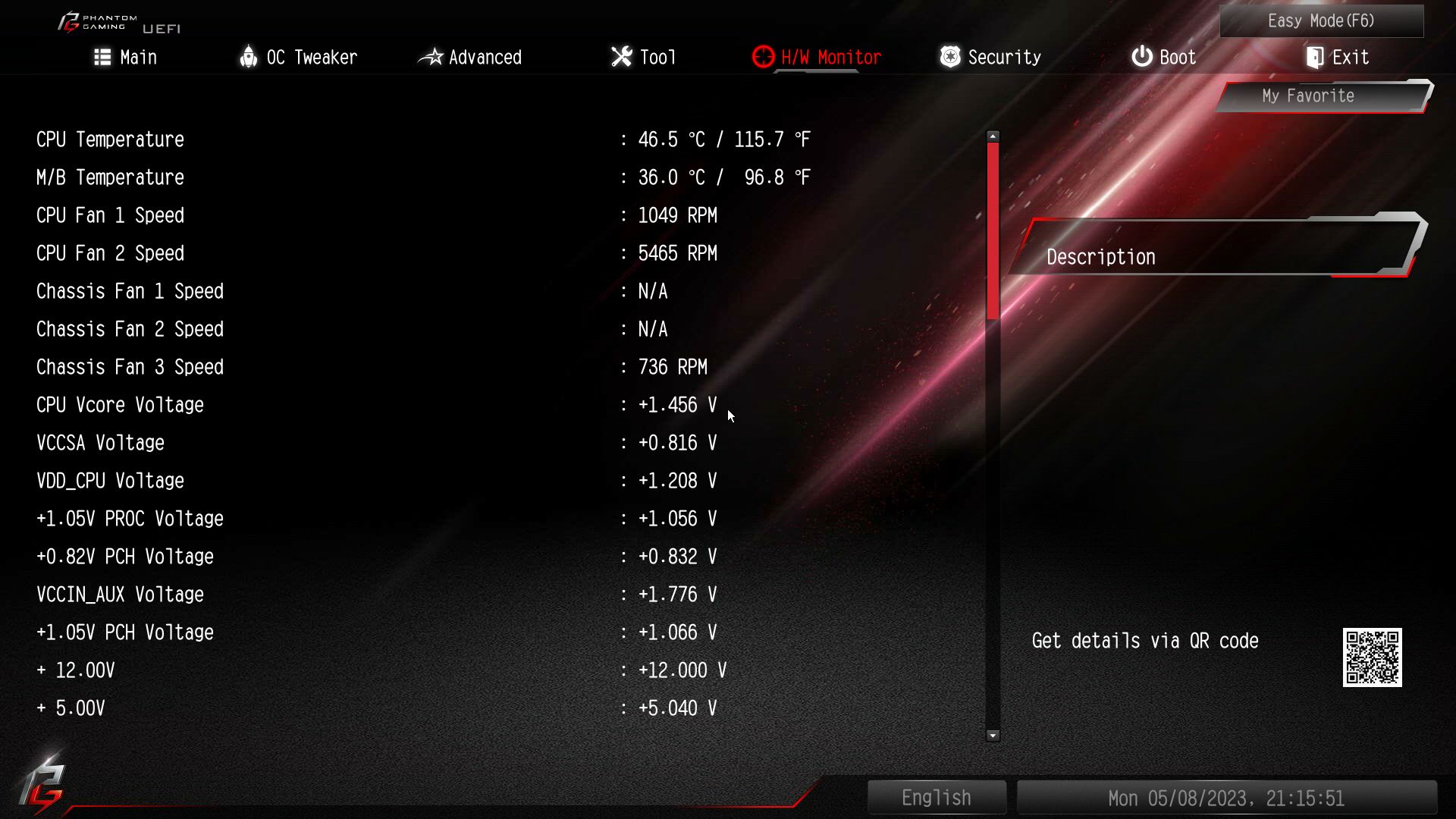
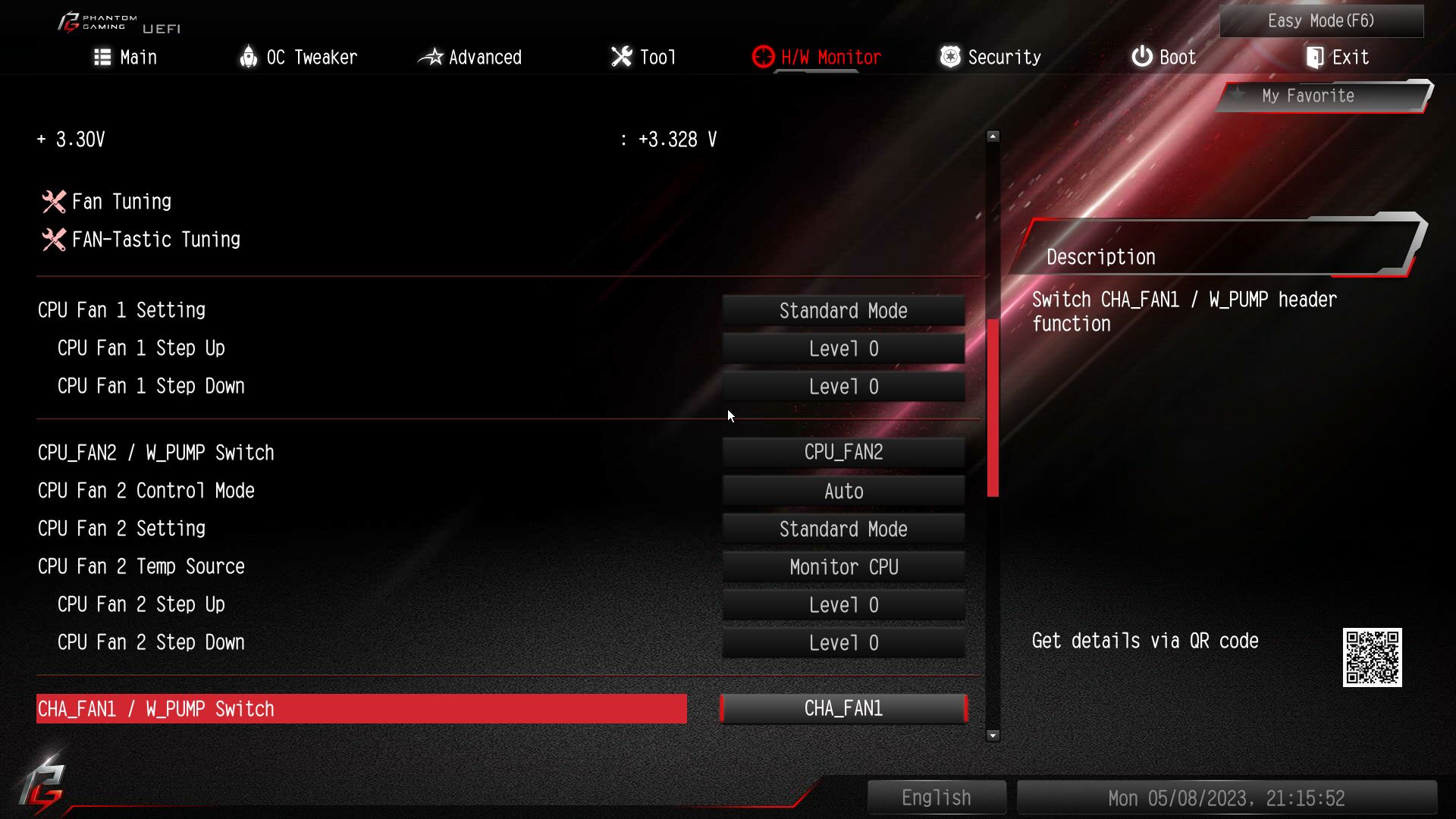
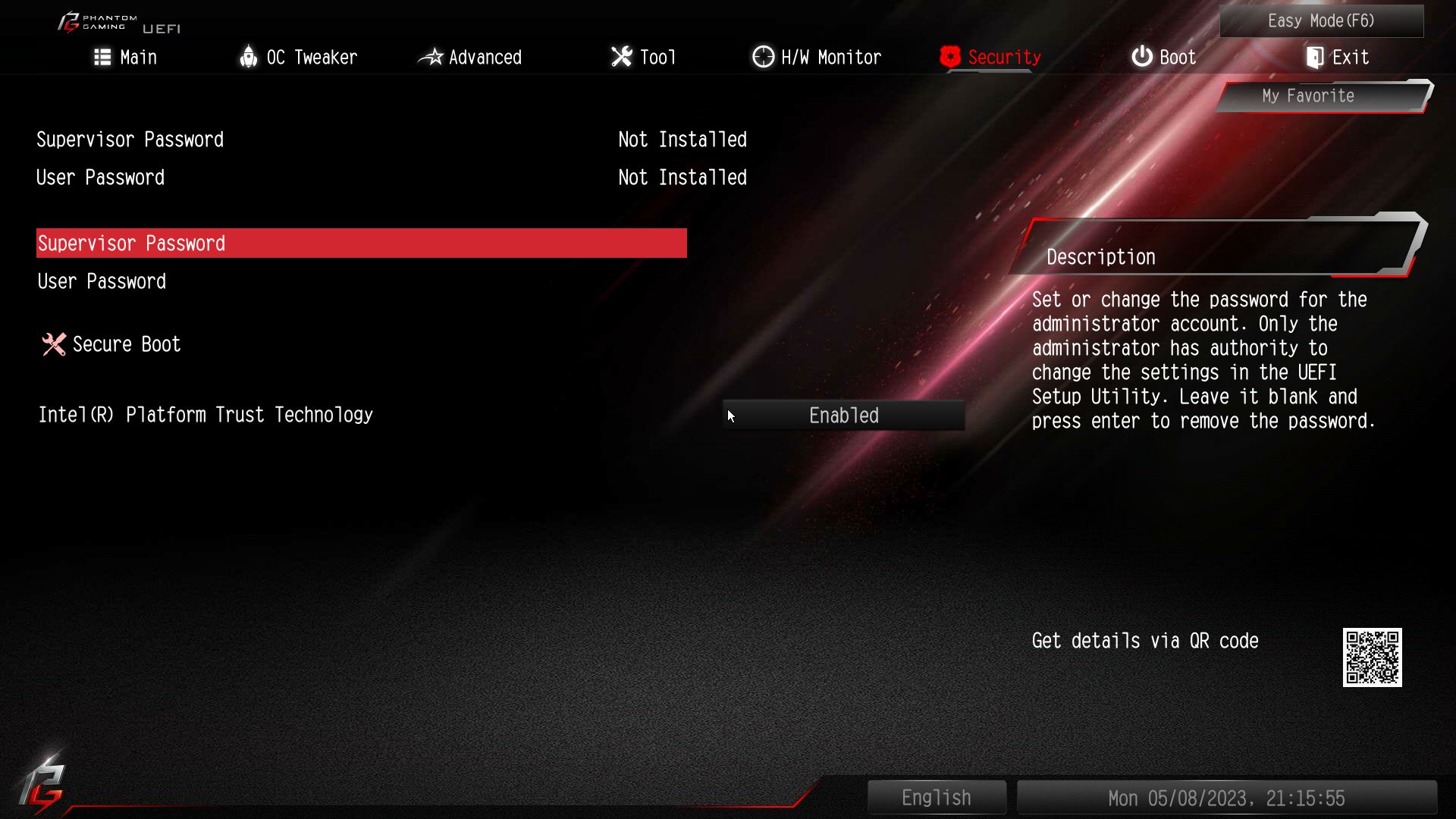
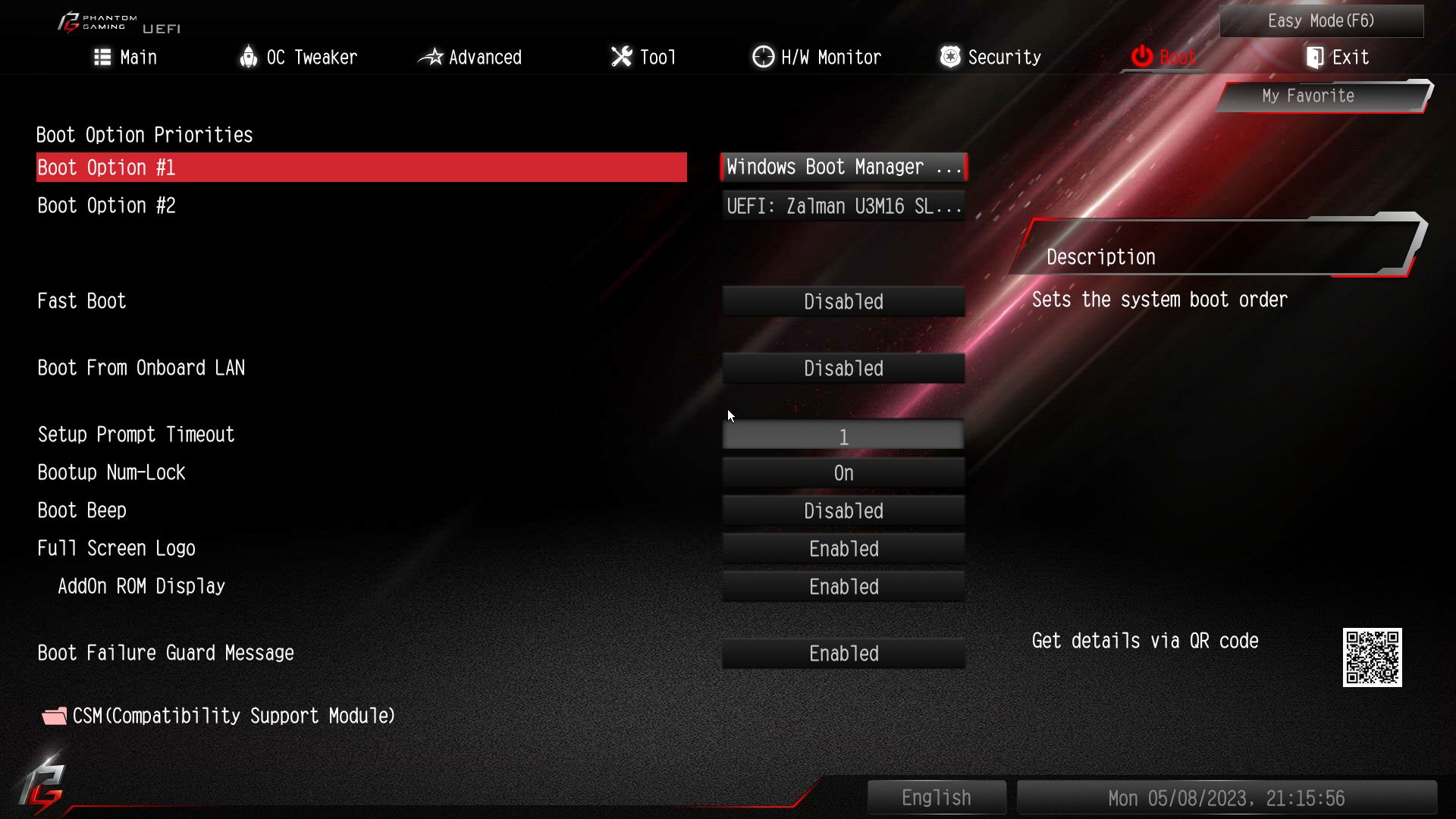
Software
For software, ASRock provides several different options. It has the App Shop to install drivers and software, the Nahimic 3 audio control panel, and the PG-skinned A-Tune application that overclocks your system, controls fans, and more. There’s even a pop-up to install drivers when you first boot the system. ASRock’s software provides everything users need to manage and tweak their system.
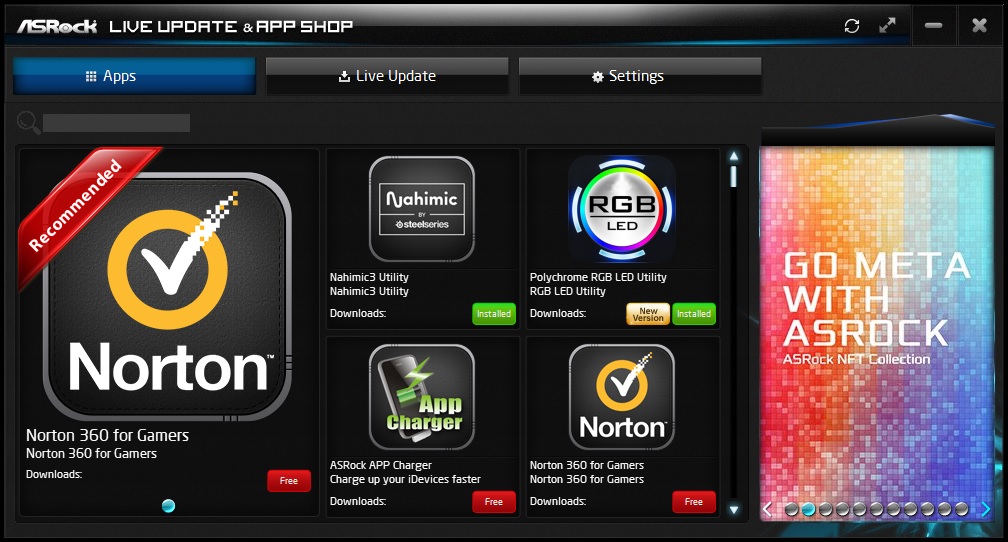
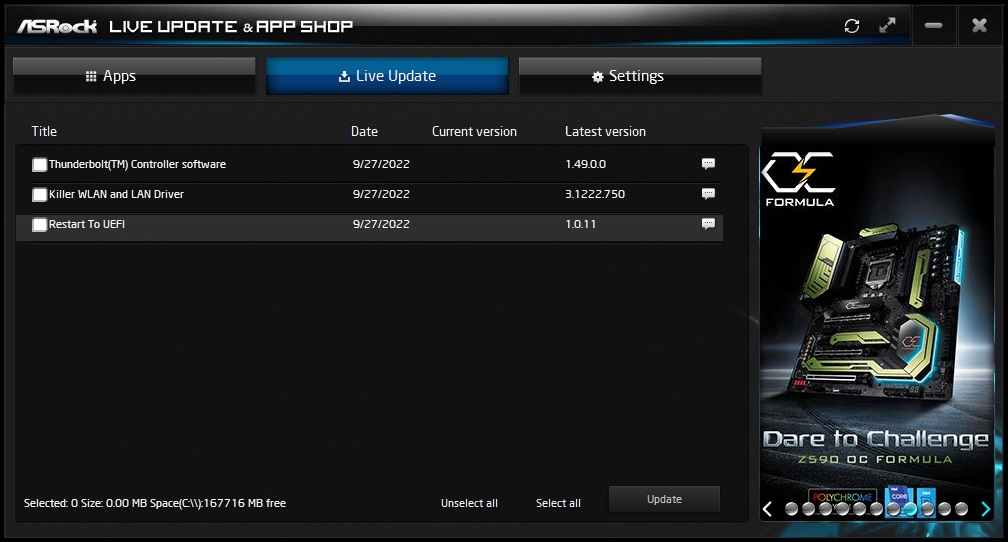
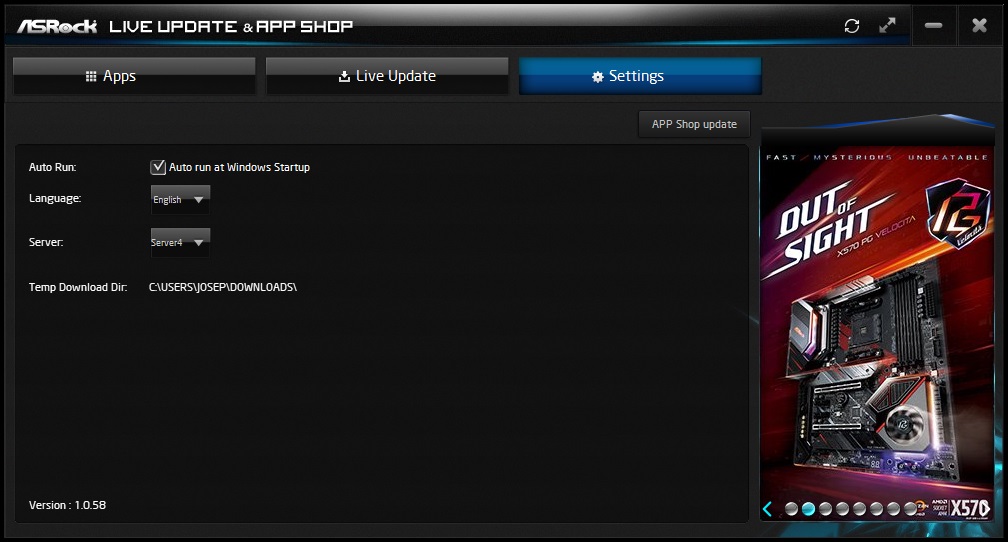
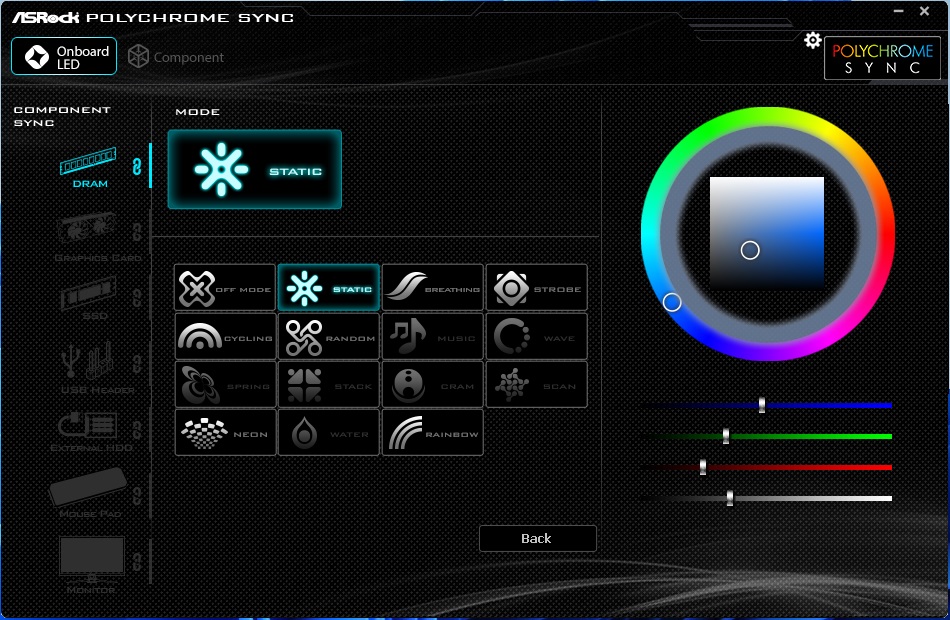
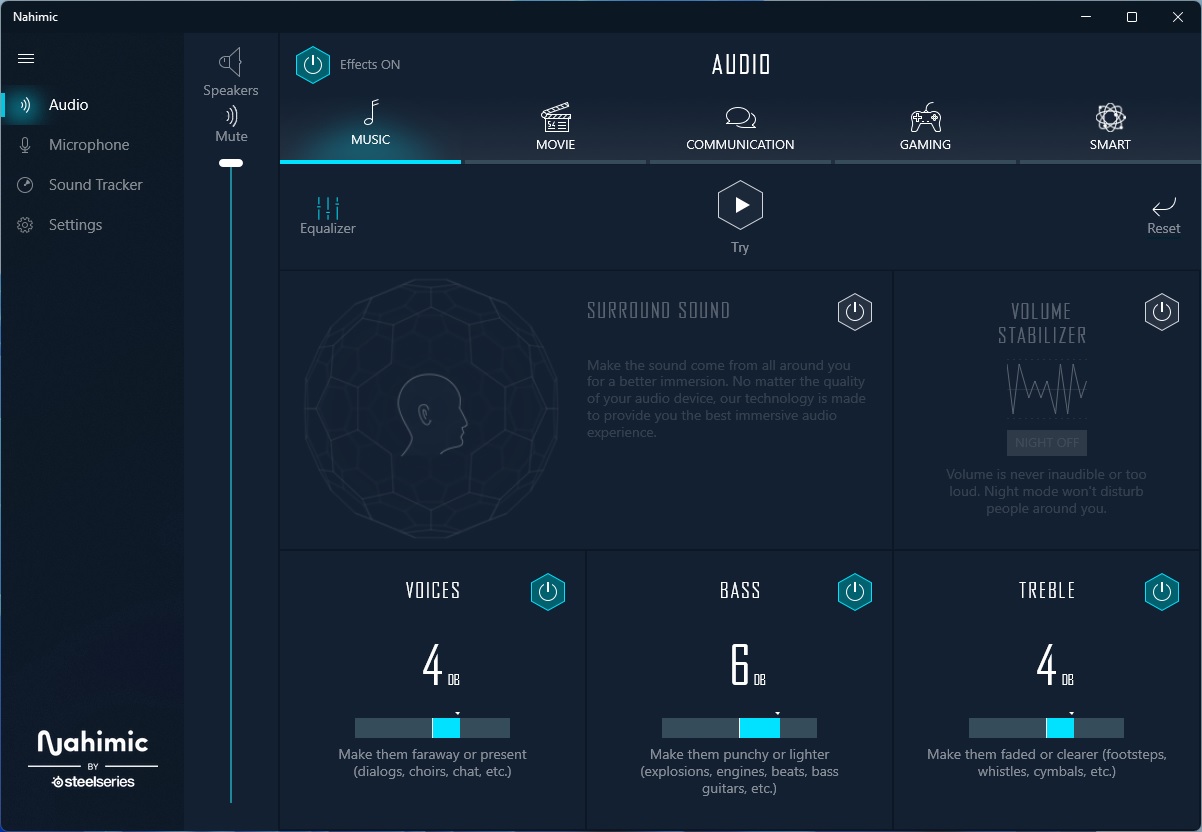
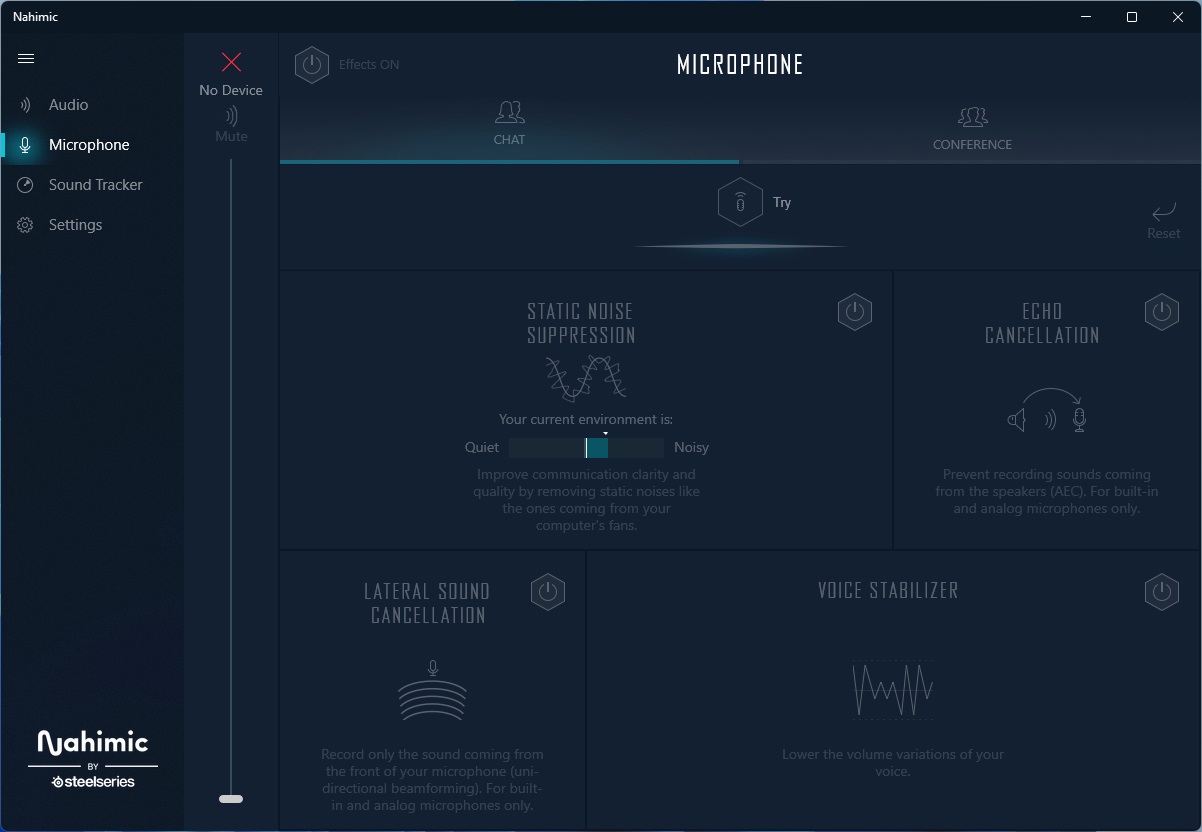
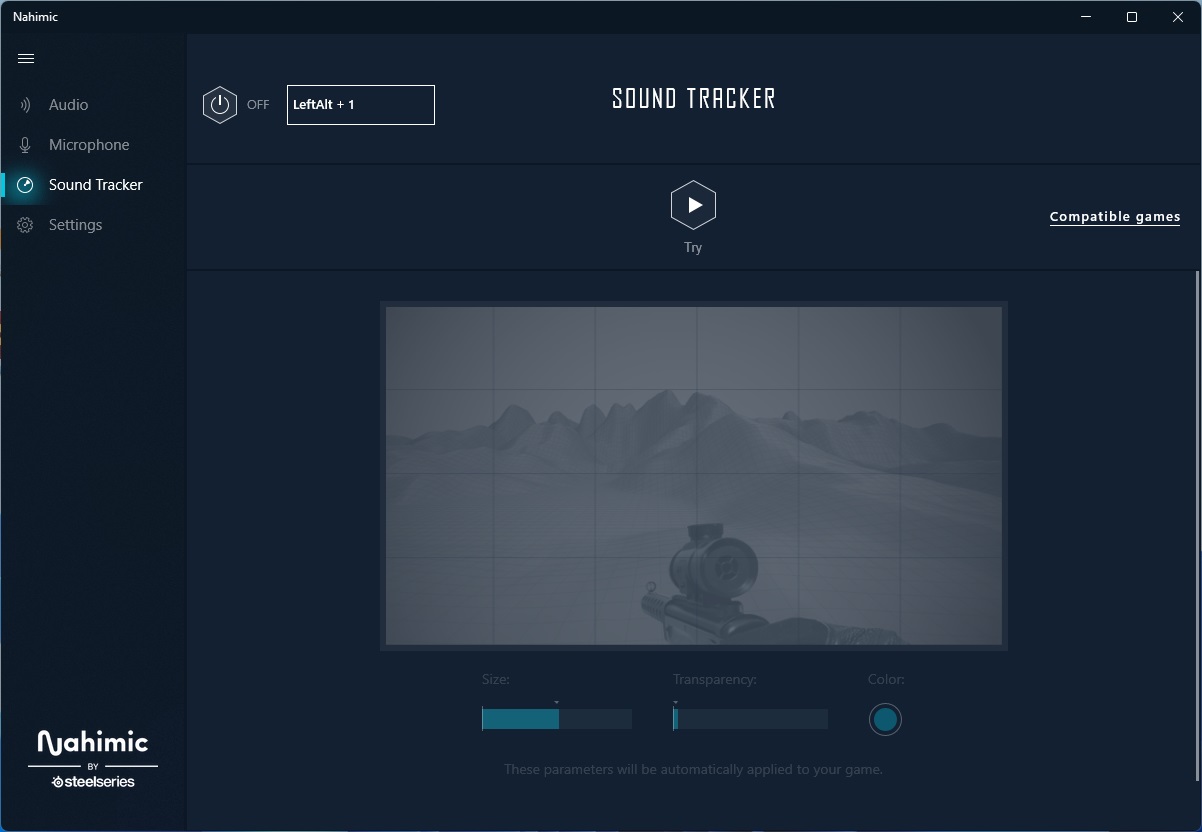
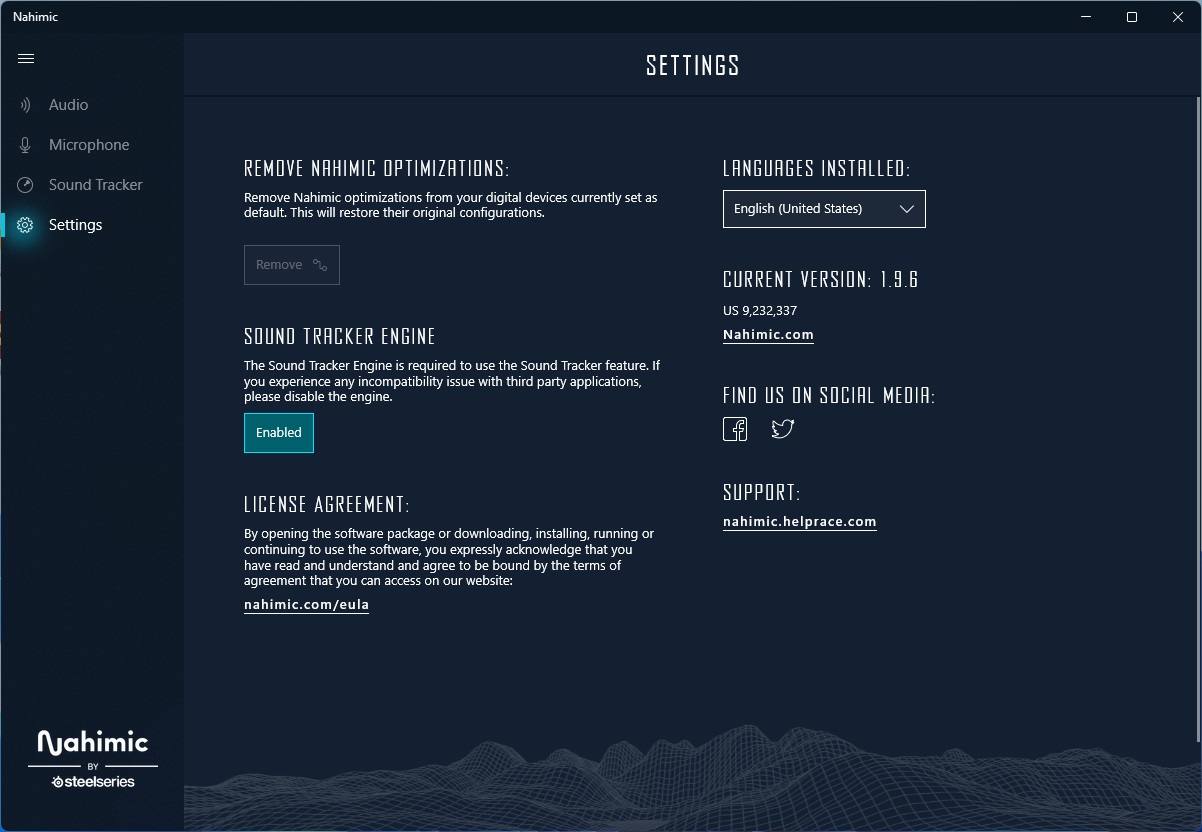
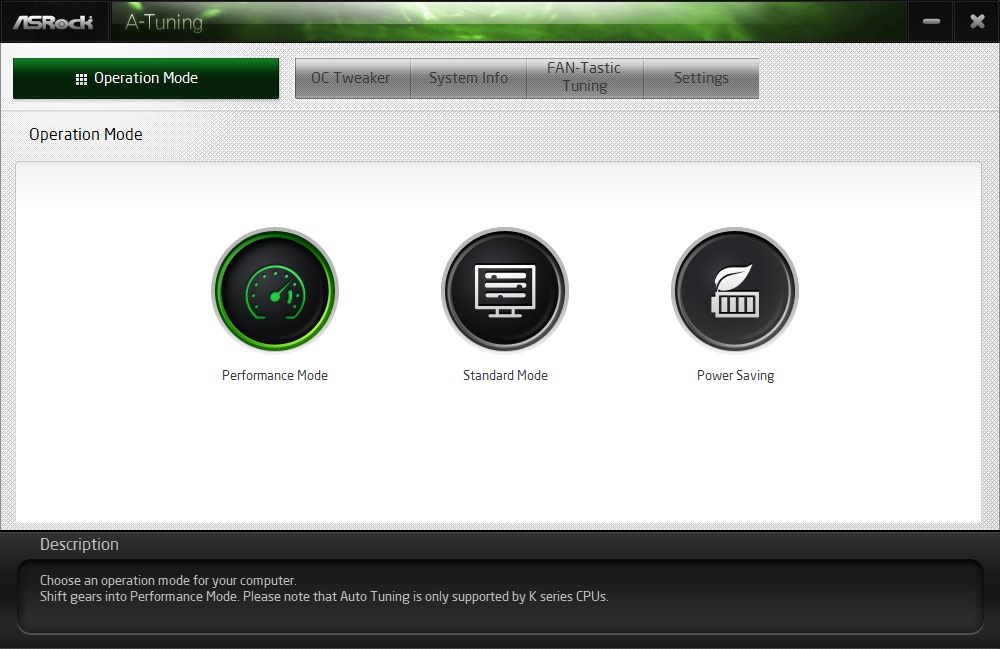
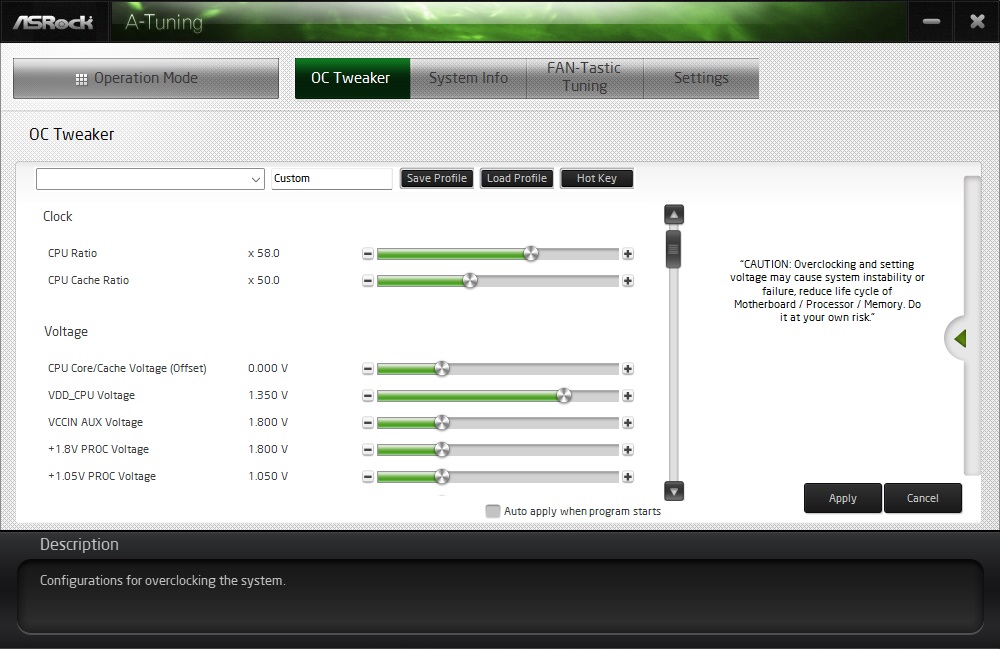
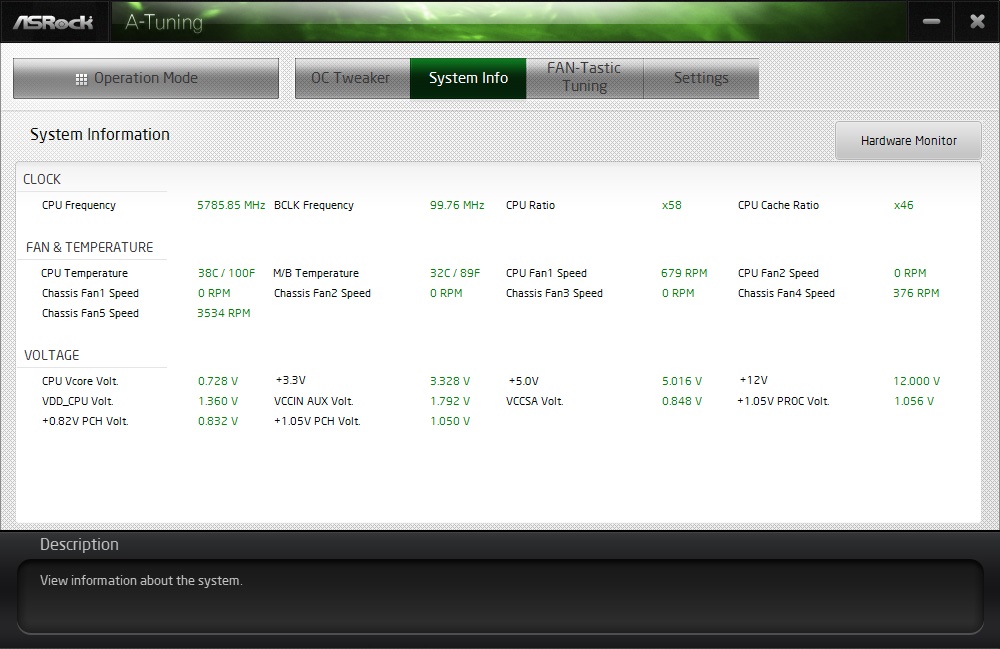
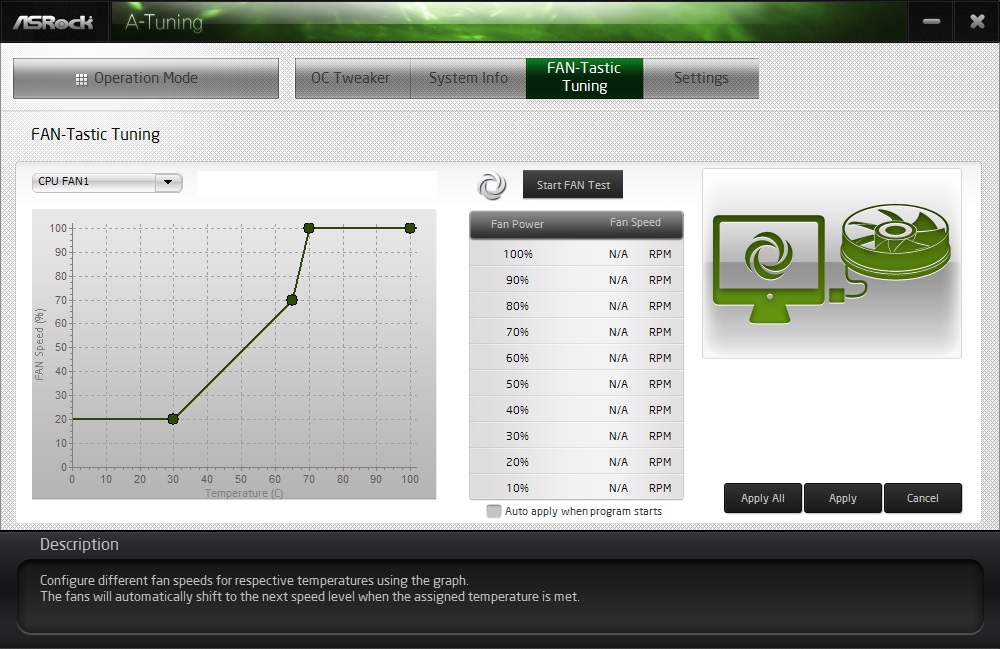
Test System / Comparison Products
We’ve updated our test system to Windows 11 64-bit OS with all updates applied. We kept the same Asus TUF RTX 3070 video card from our previous testing platforms but updated the driver. We also updated to F1 22 for our games and kept Far Cry 6. We use the latest non-beta motherboard BIOS available to the public unless otherwise noted. The hardware we used is as follows:
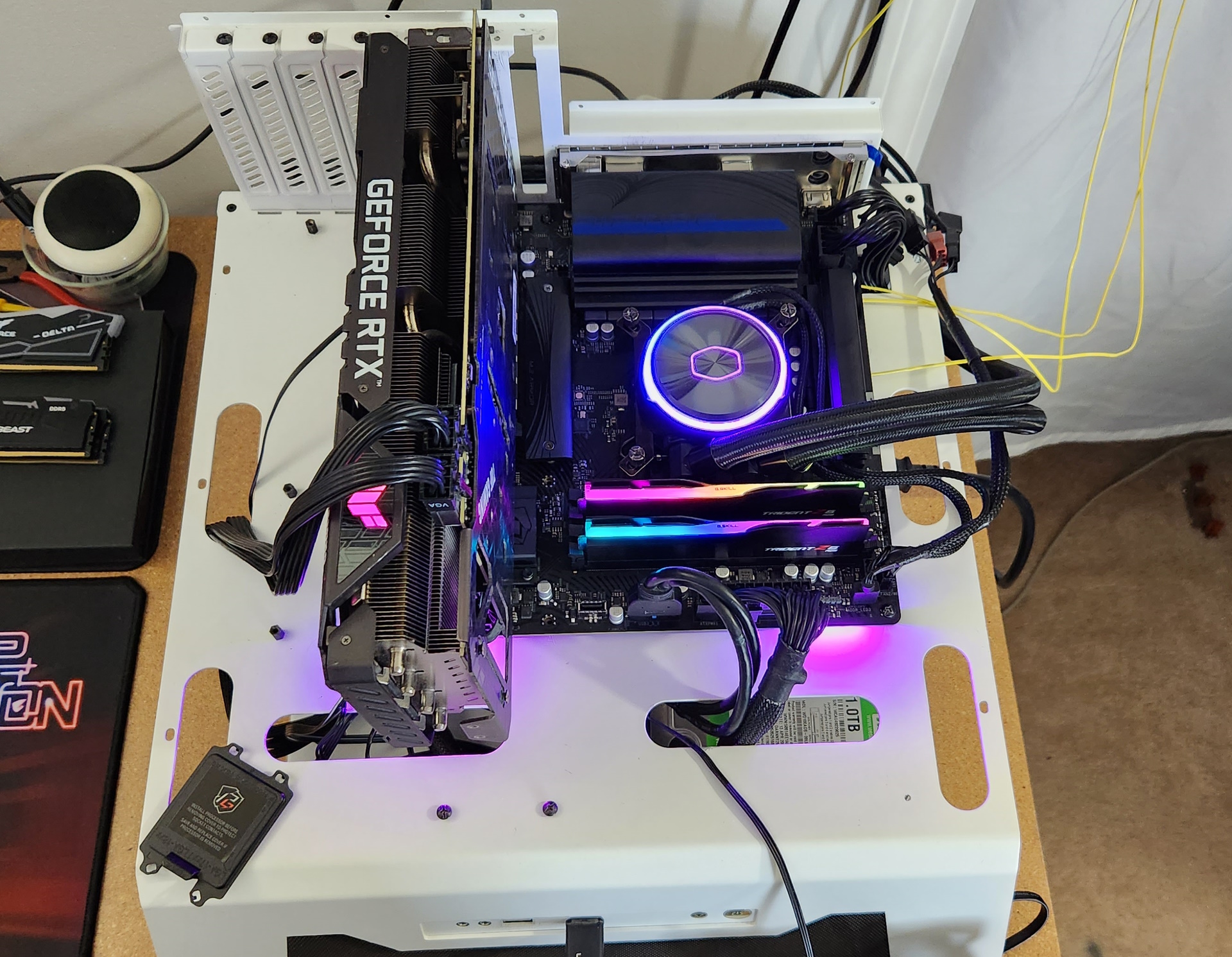
EVGA supplied our Supernova 850W P6 power supply (appropriately sized and more efficient than the 1.2KW monster we used previously) for our test systems, and G.Skill sent us a DDR5-5600 (F5-5600U3636C16GX2-TZ5RK) memory kit for testing.
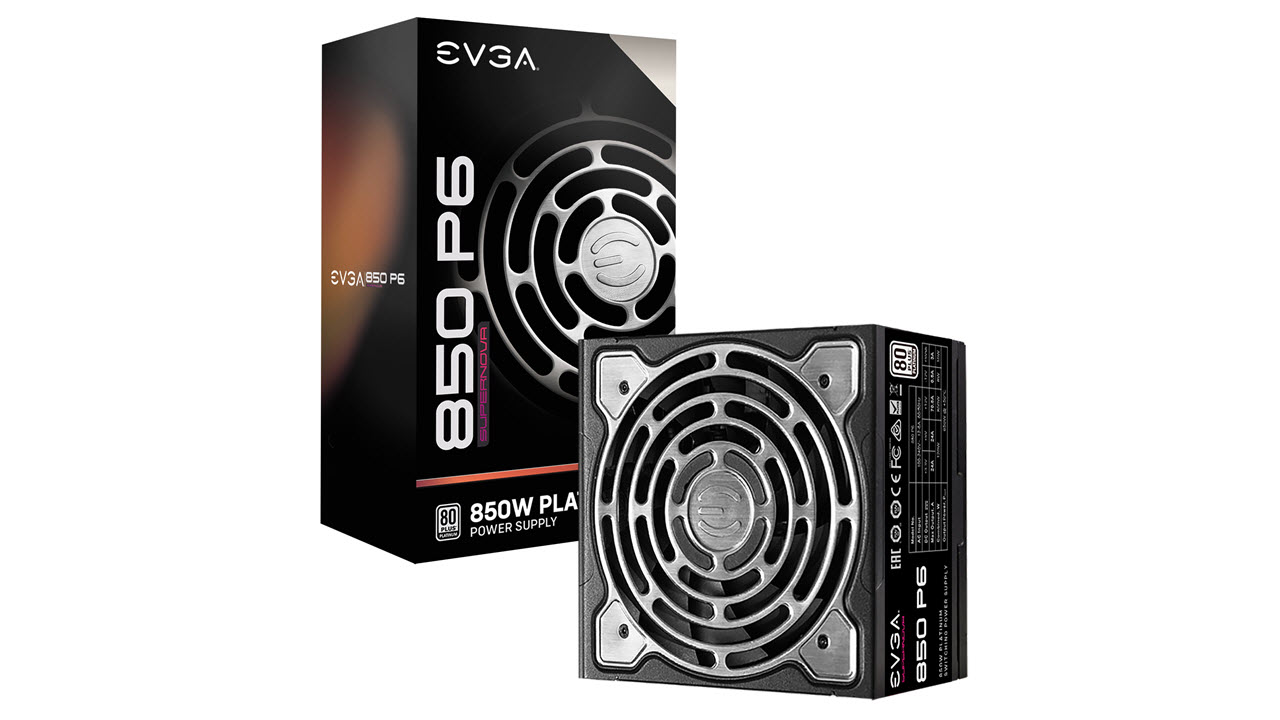
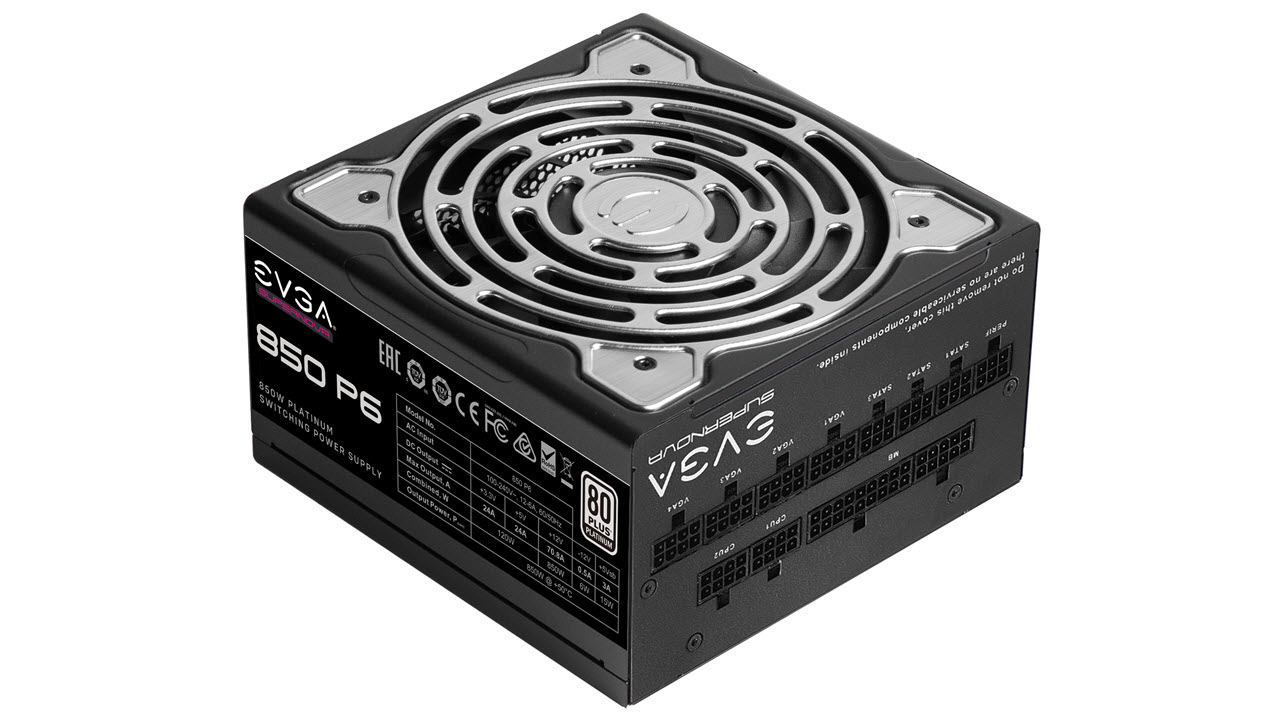
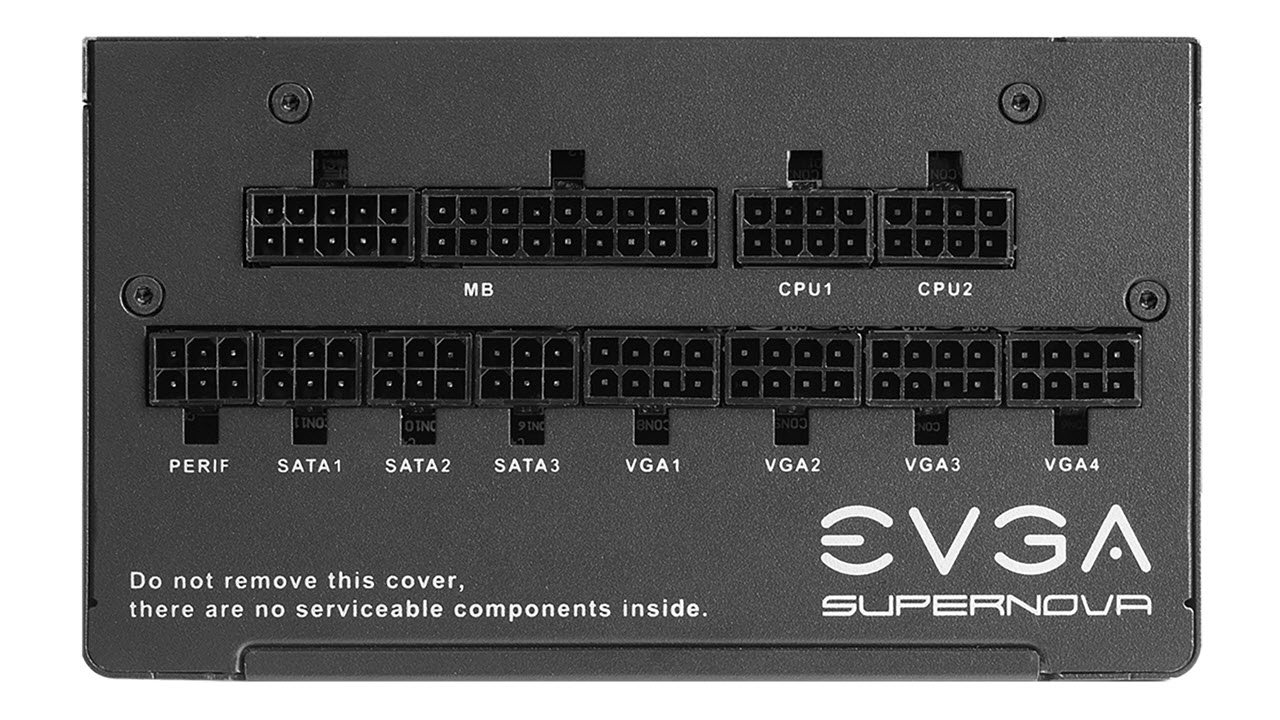
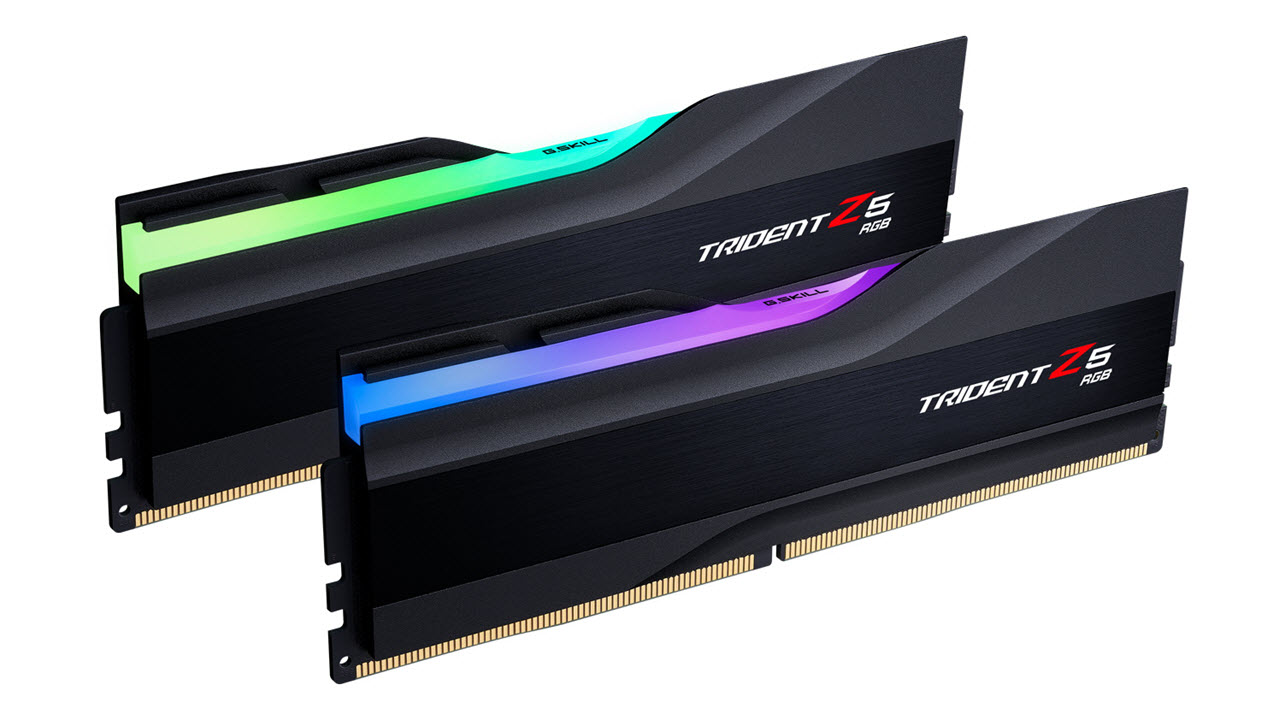
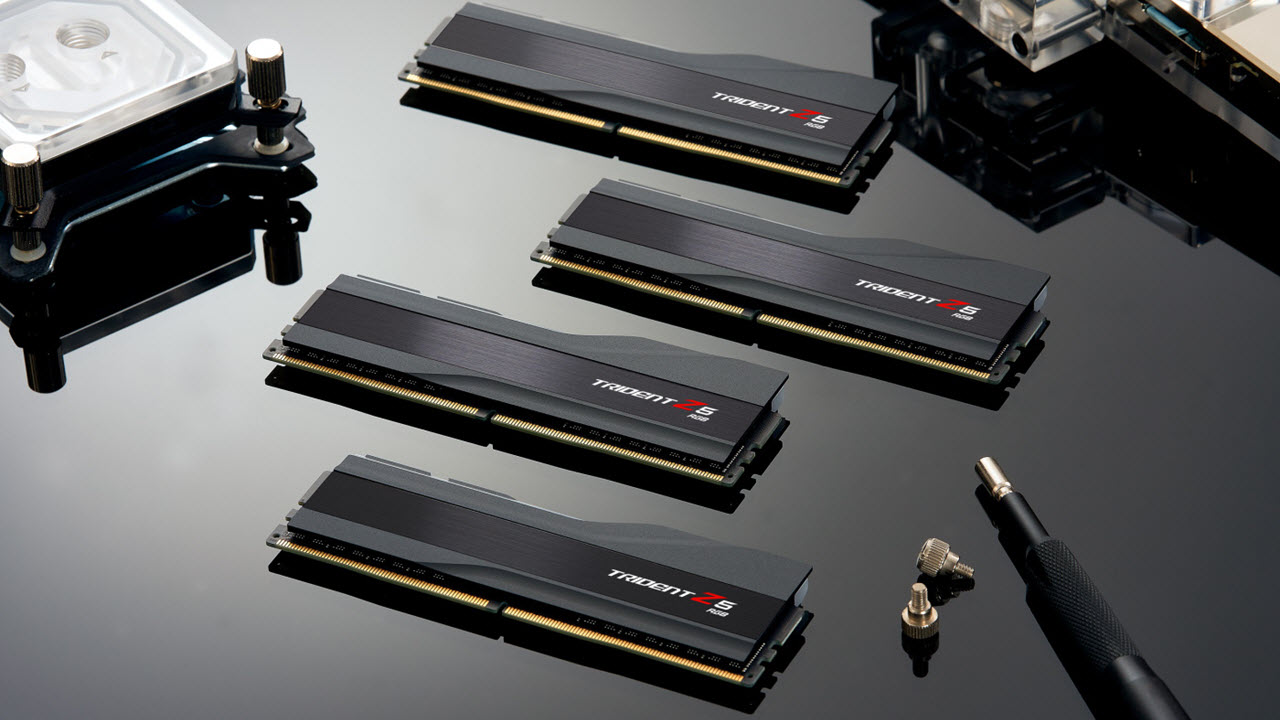
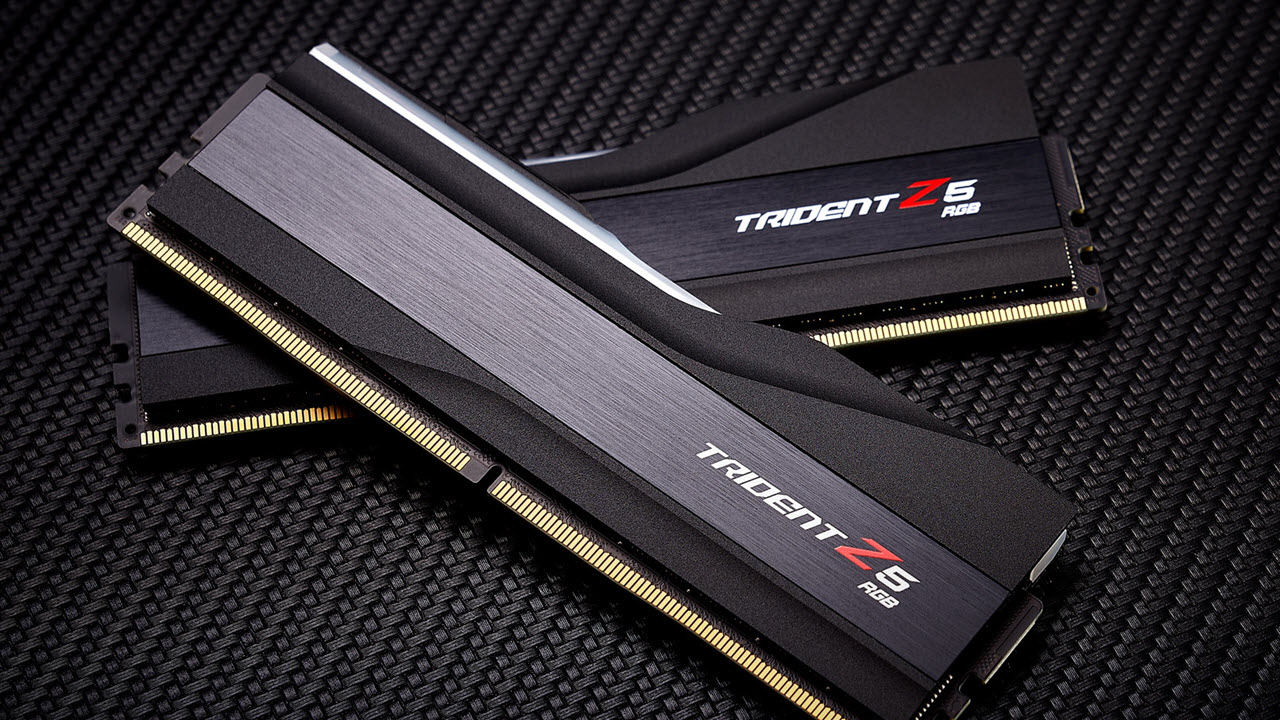
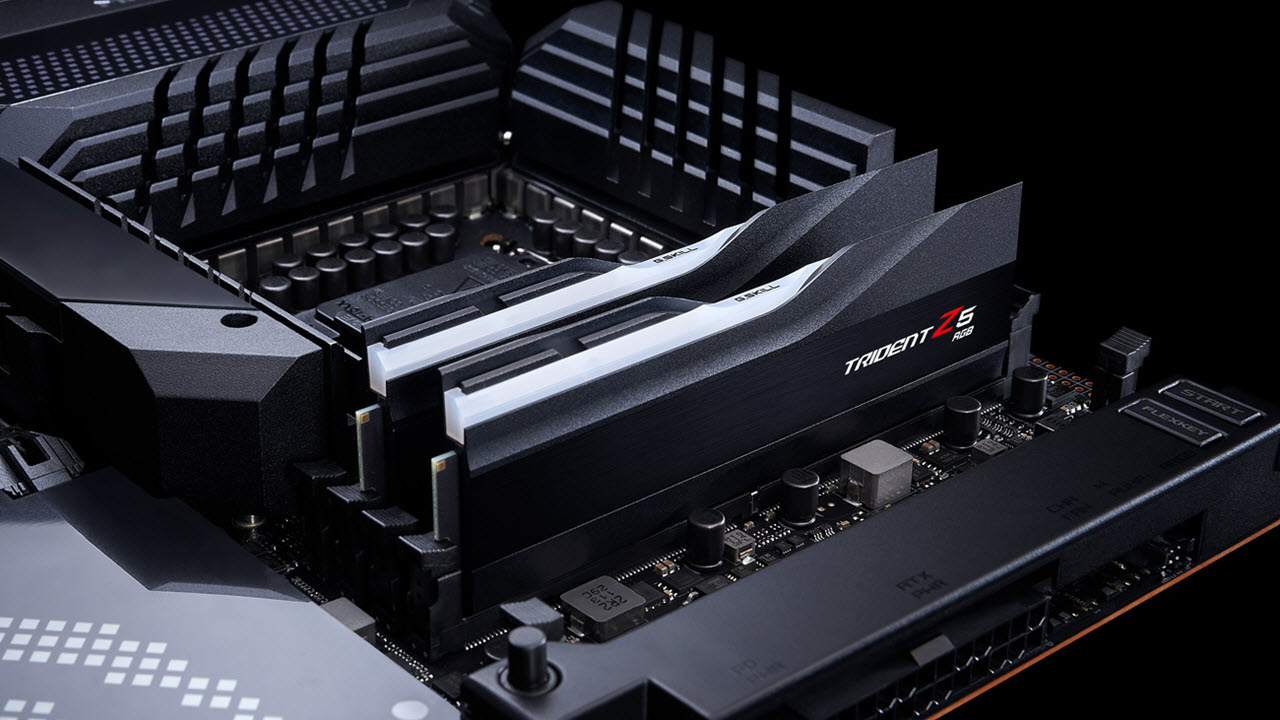
Benchmark Settings
MORE: Best Motherboards
MORE: How To Choose A Motherboard
MORE: All Motherboard Content
Benchmark Results
Our standard benchmarks and power tests are performed using the CPU’s stock frequencies (including any default boost/turbo), with all power-saving features enabled. We set optimized defaults in the BIOS and the memory by enabling the XMP profile. For this baseline testing, the Windows power scheme is set to Balanced (default), so the PC idles appropriately.
Synthetic Benchmarks
Synthetics provide a great way to determine how a board runs, as identical settings should produce similar performance results. Turbo boost wattage and advanced memory timings are places where motherboard makers can still optimize for stability or performance, though, and those settings can impact some testing.
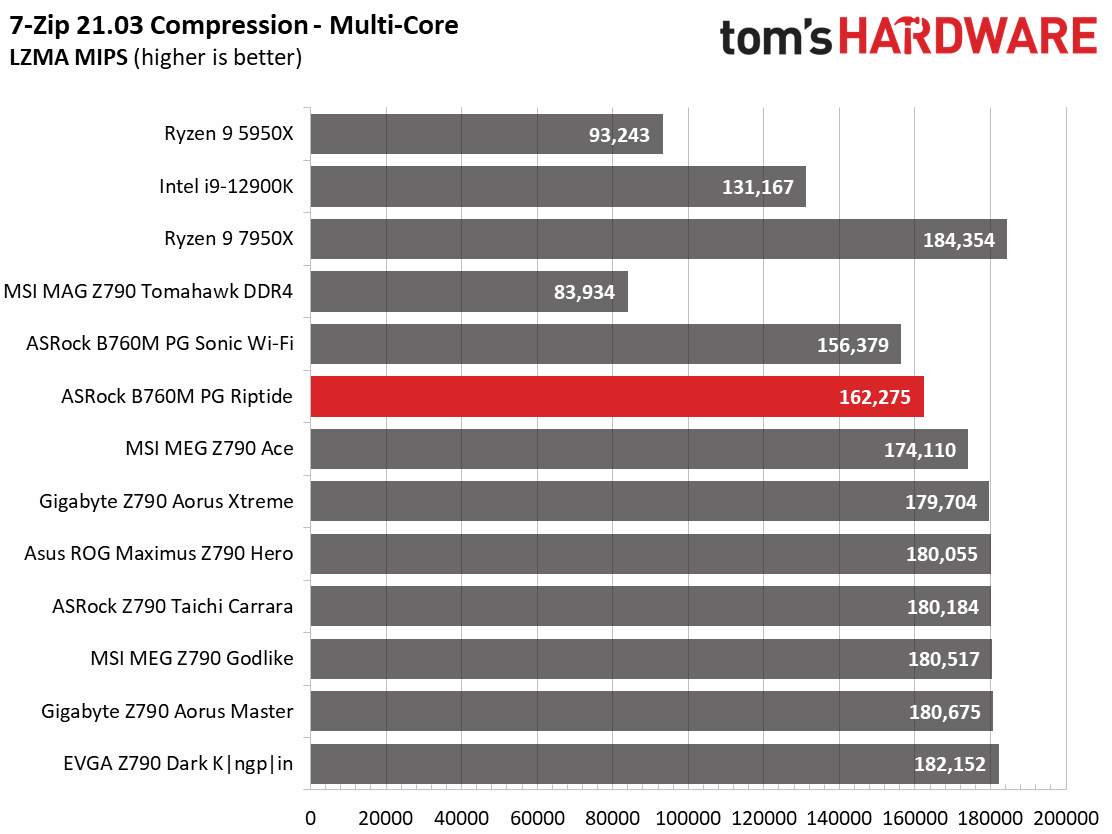
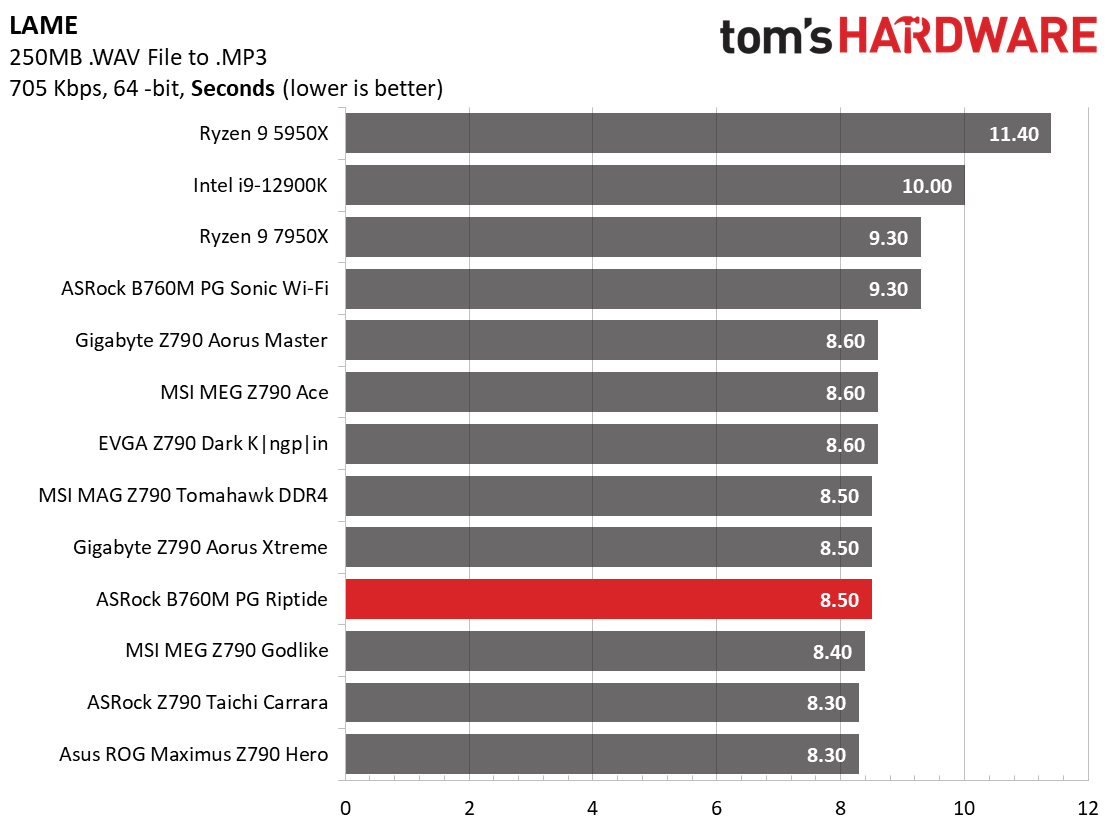
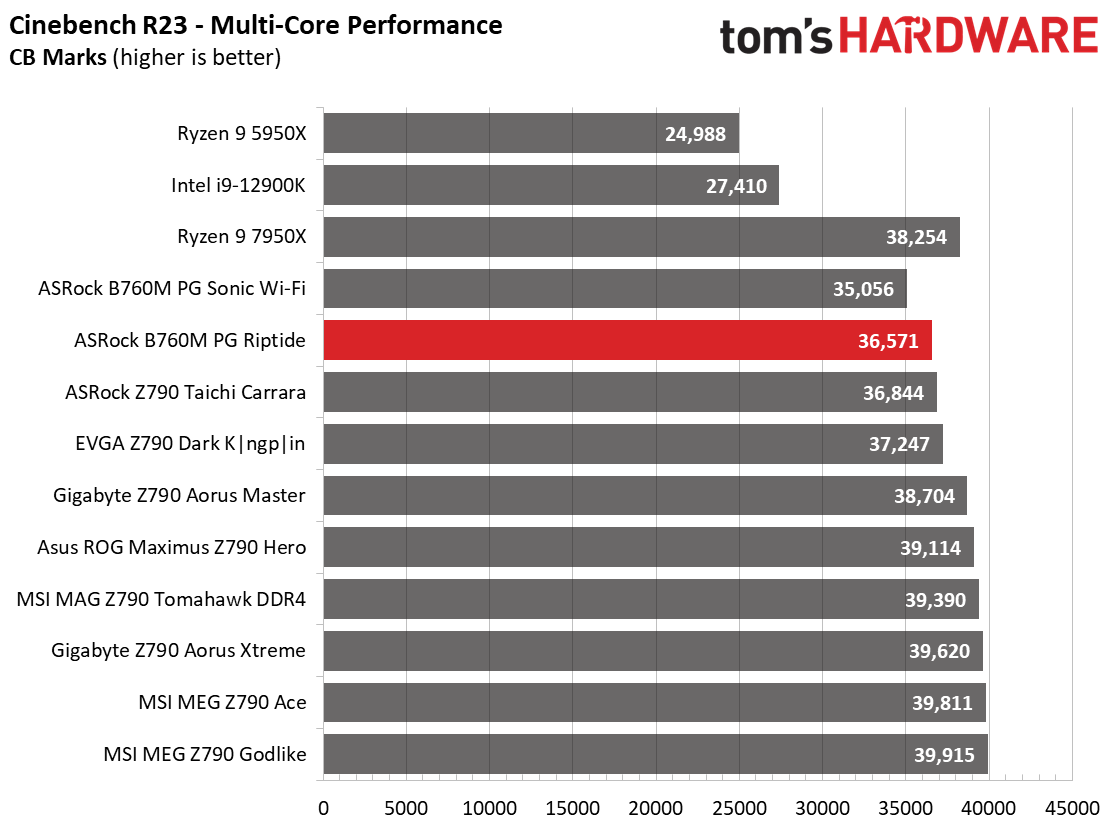
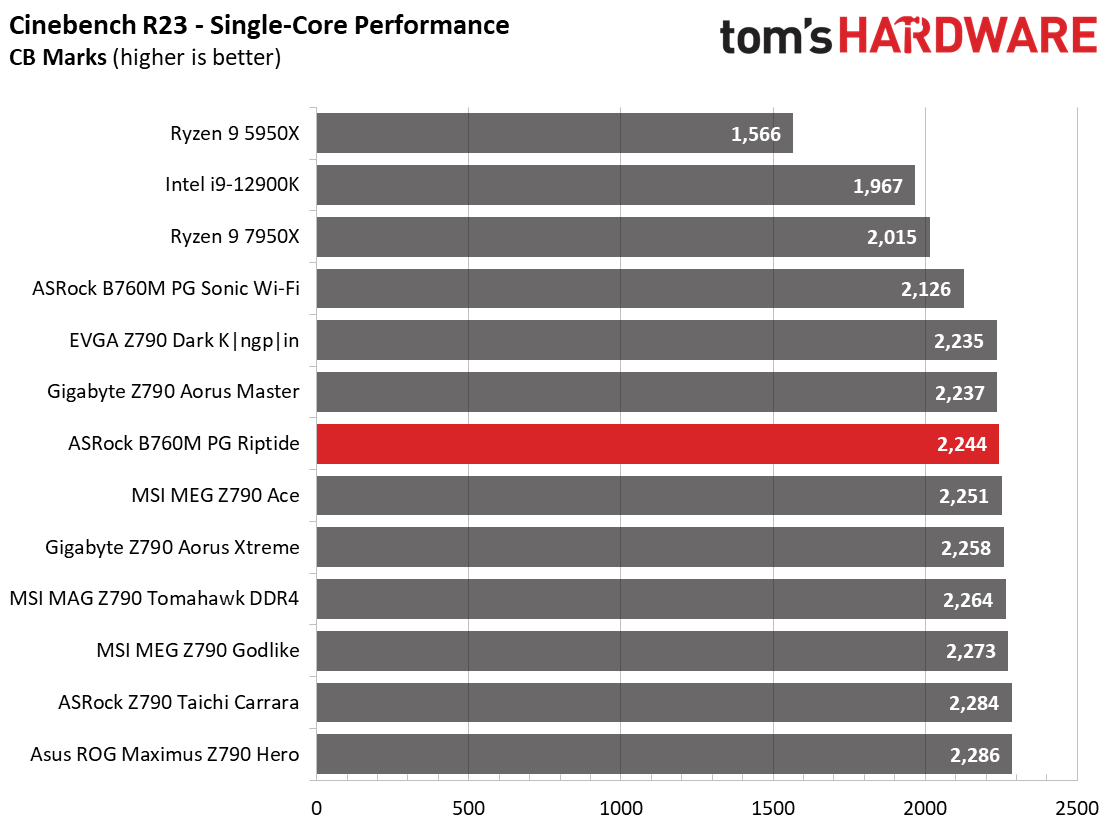
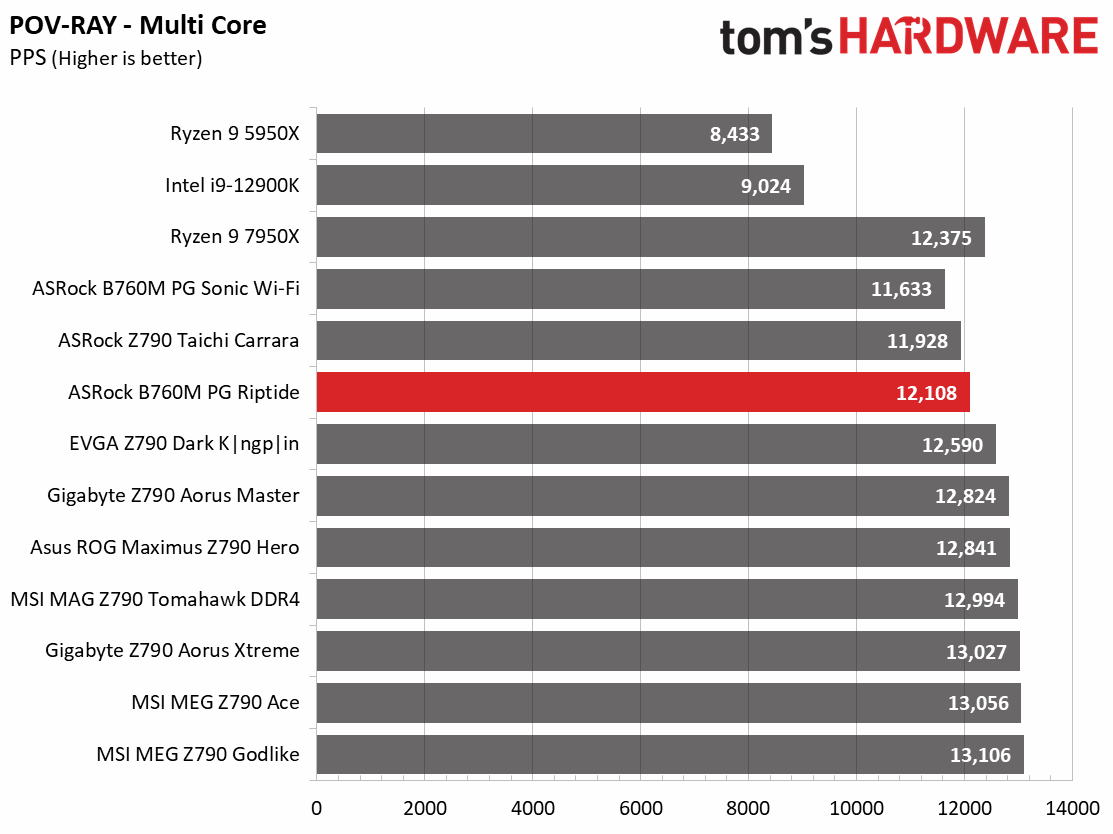
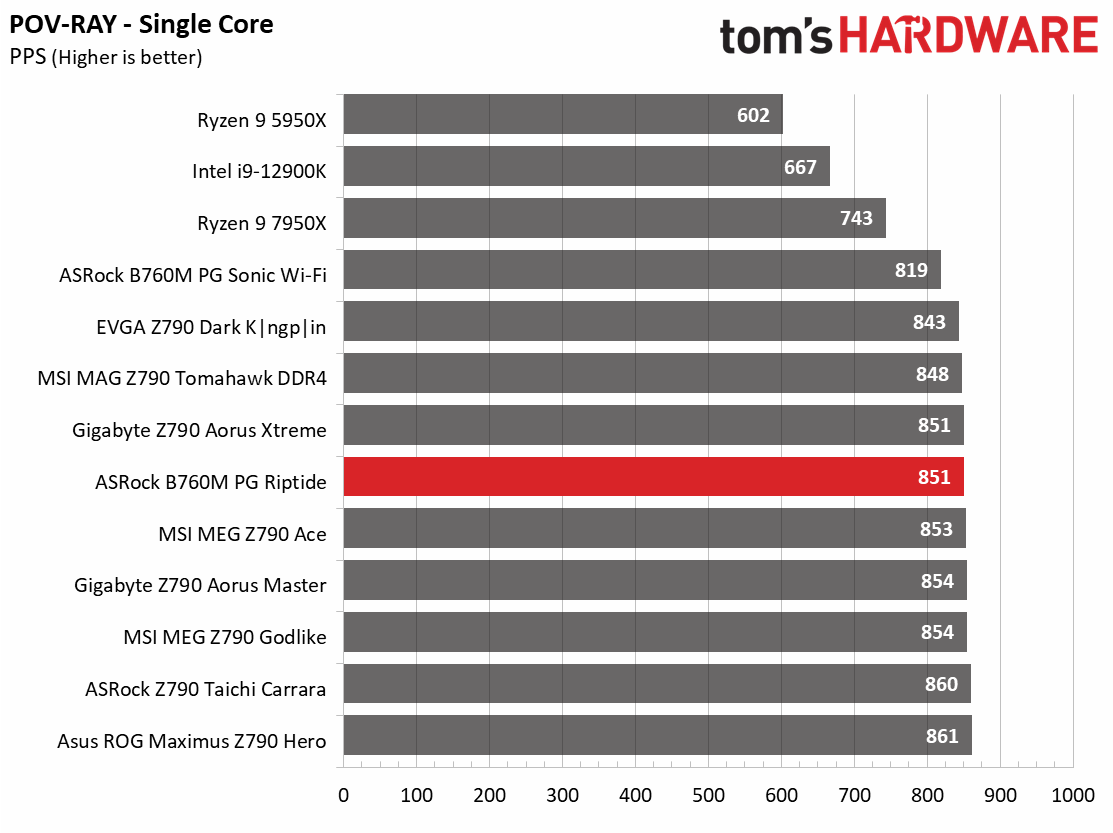
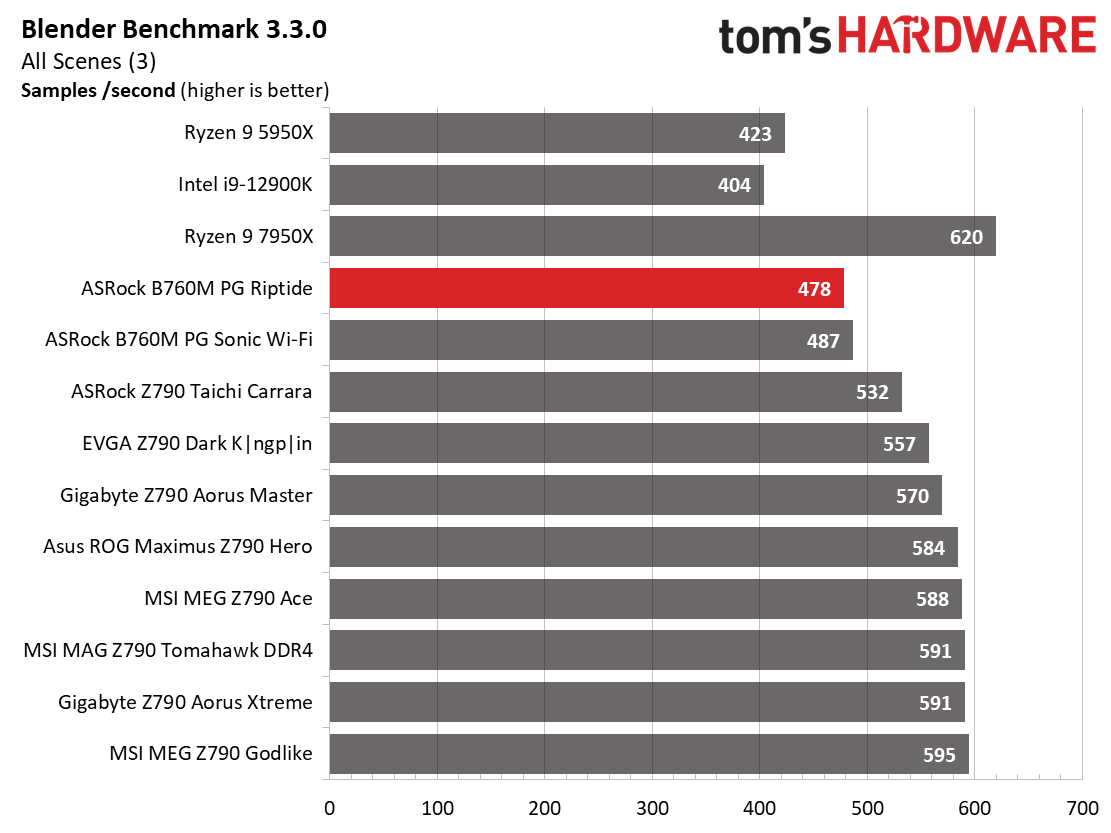
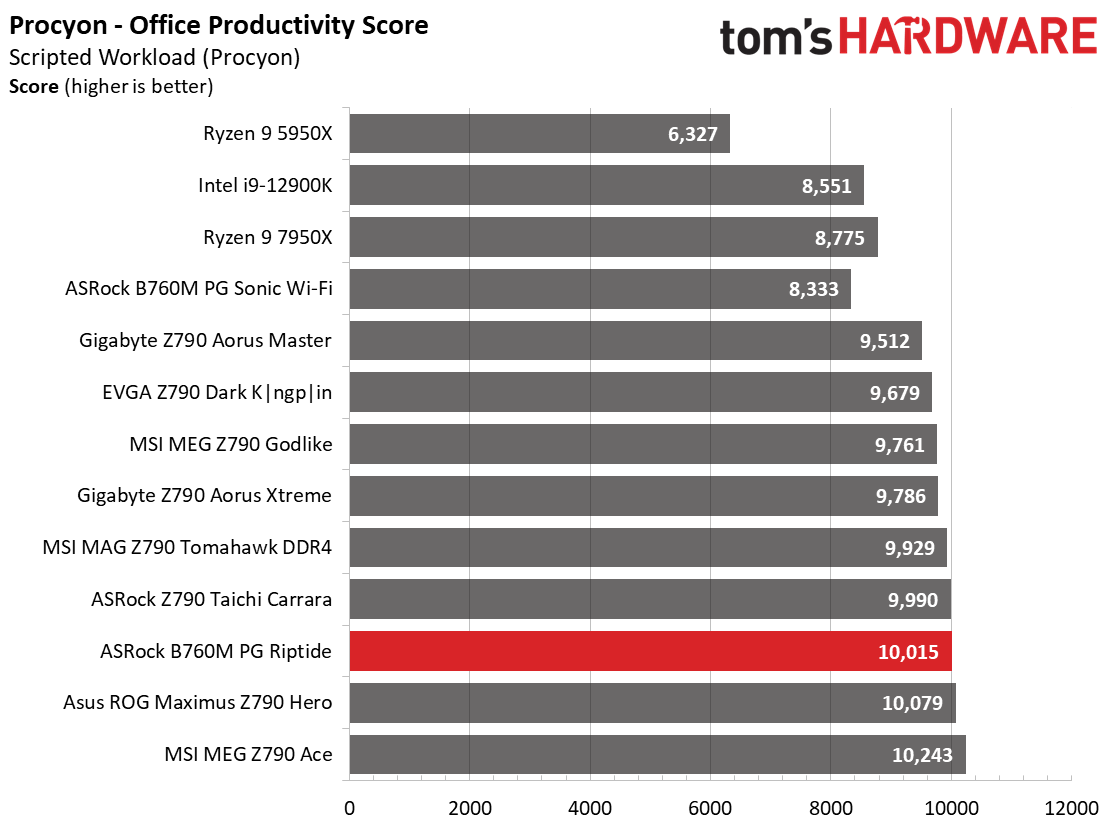
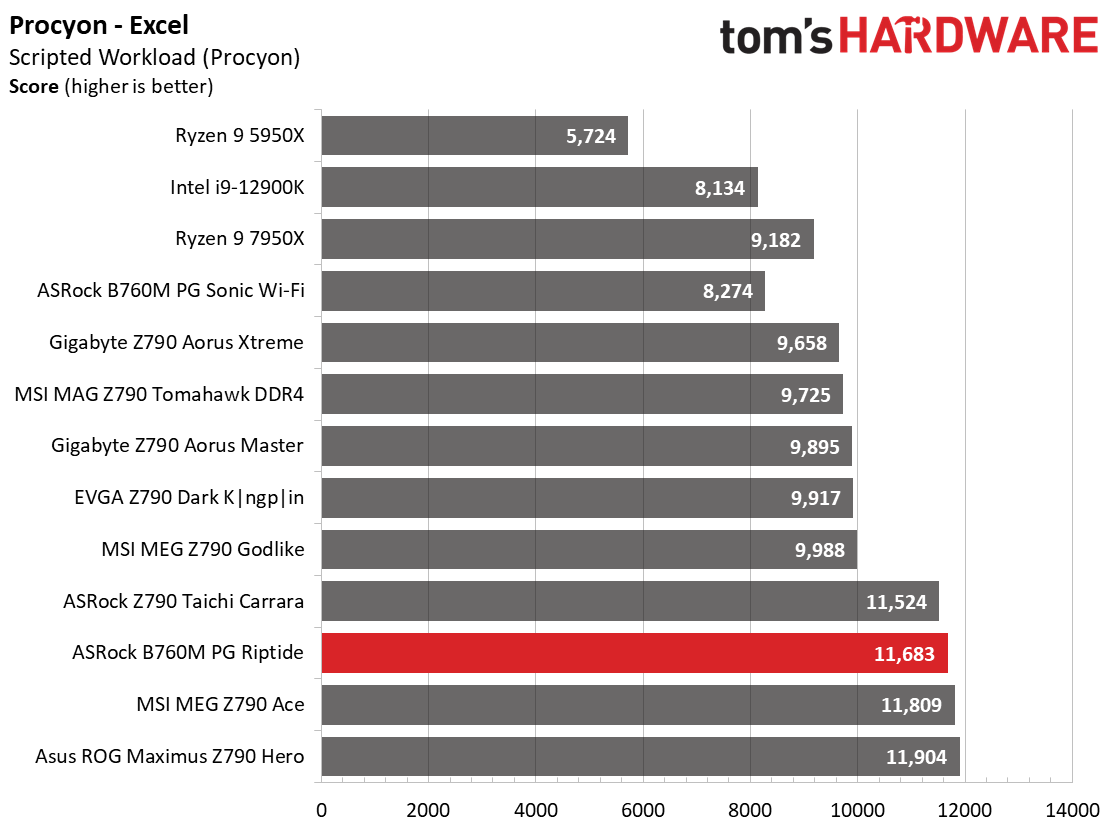
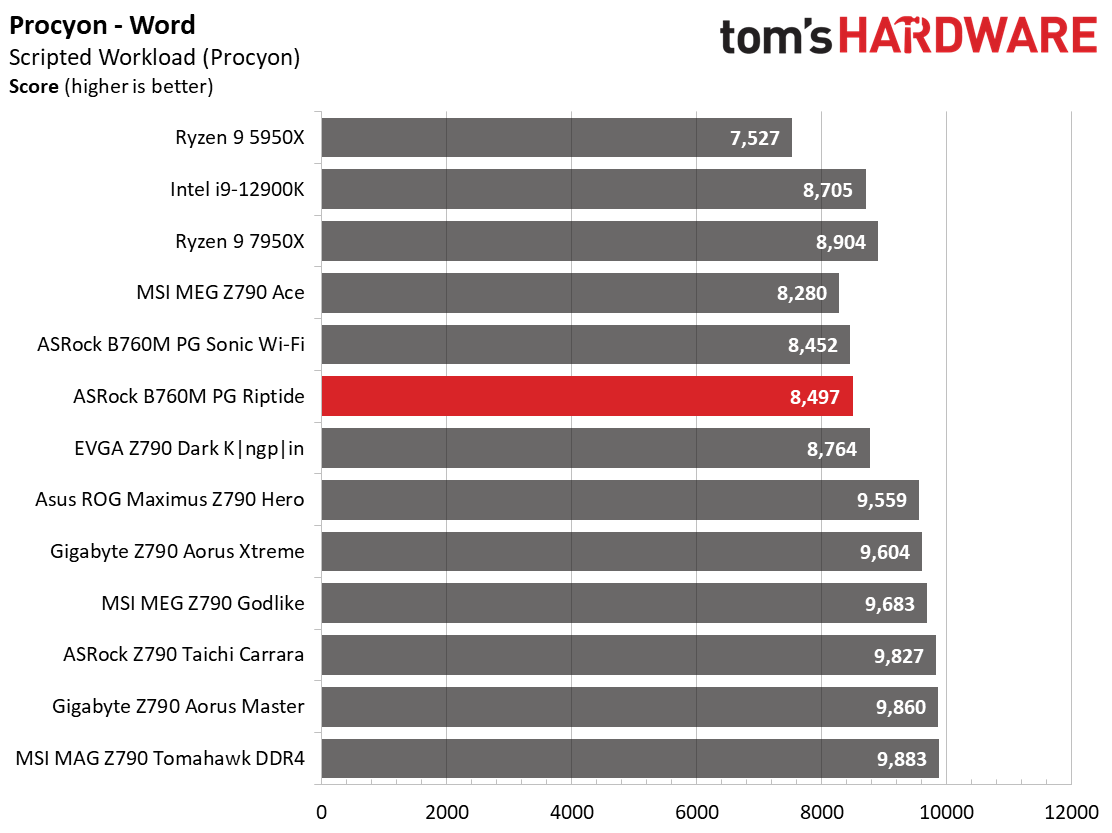
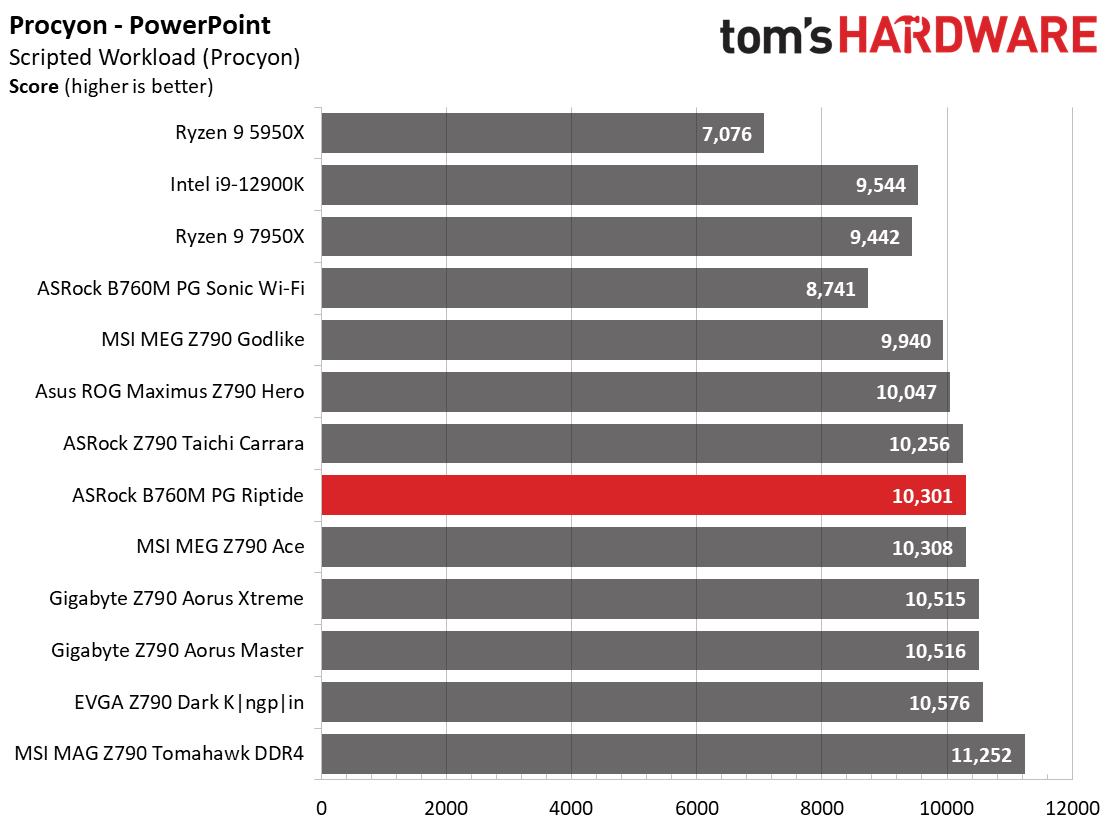
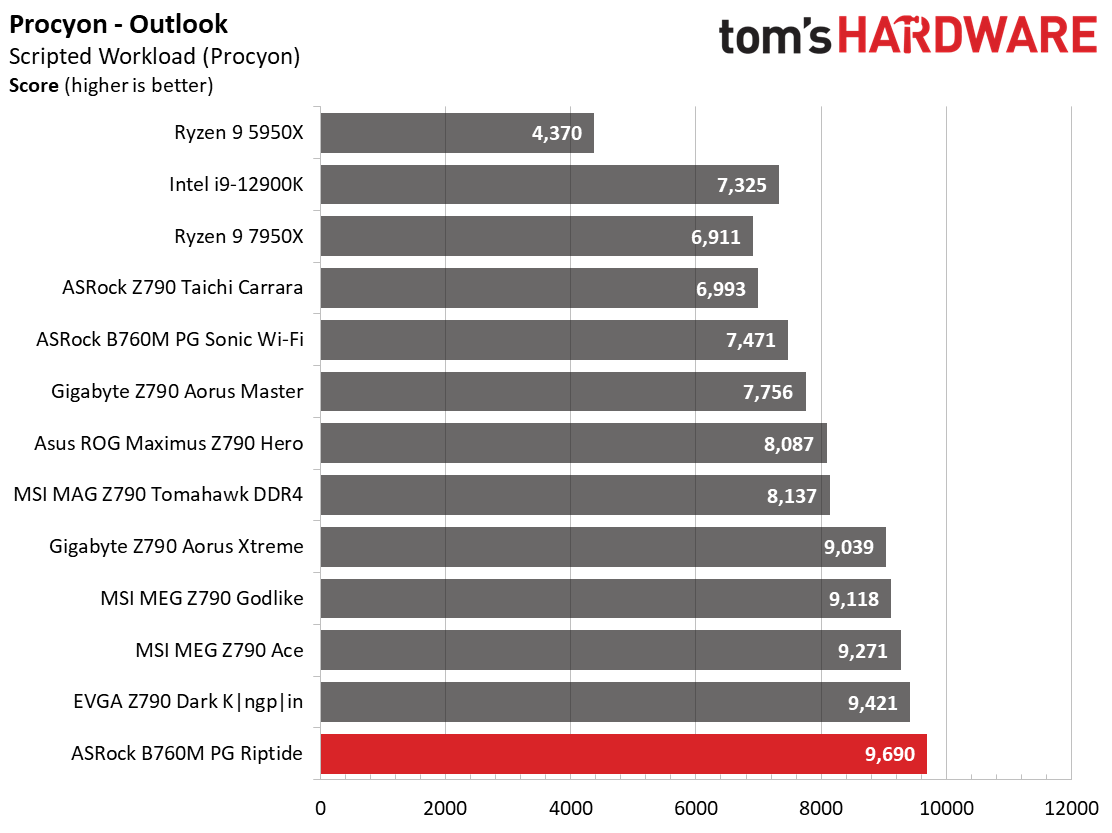
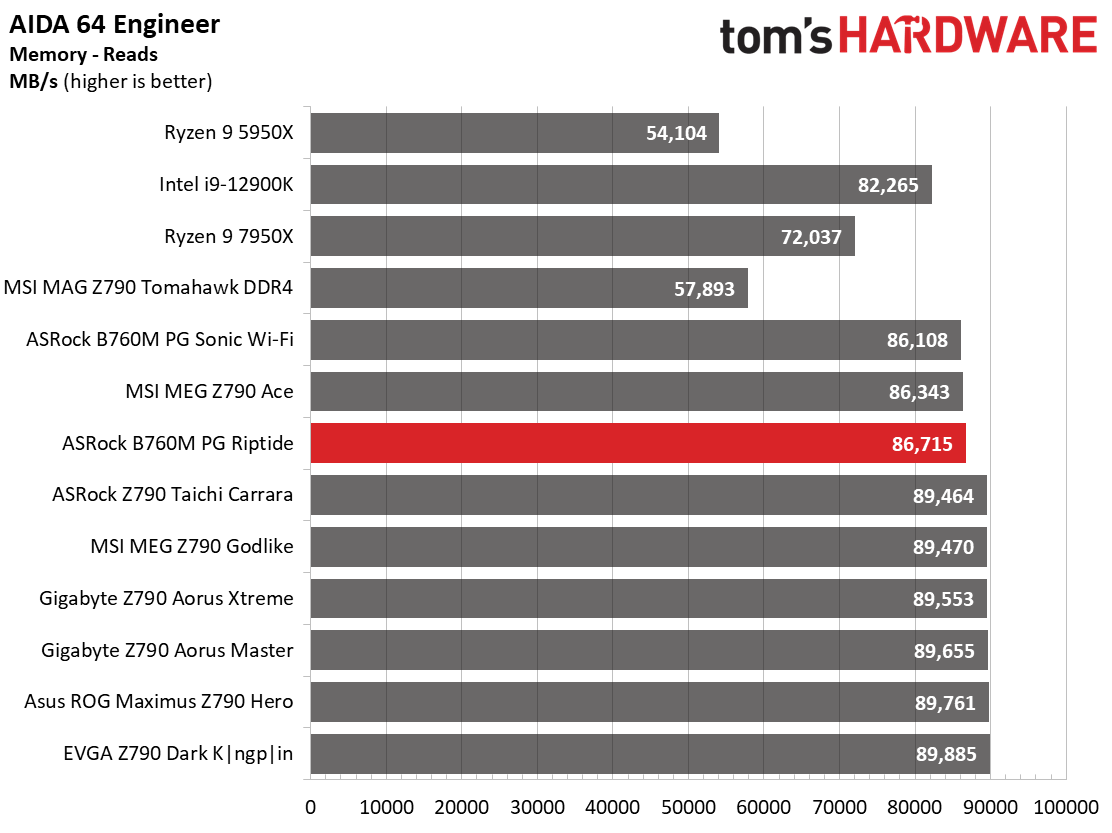
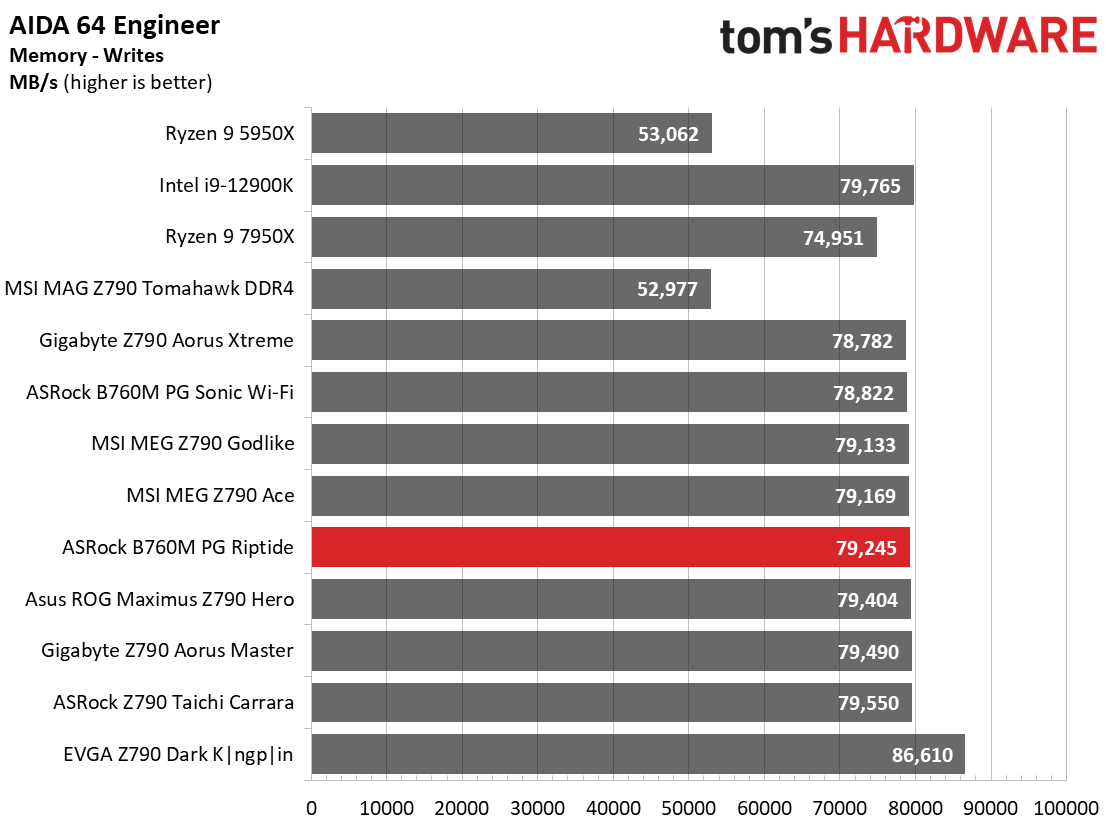
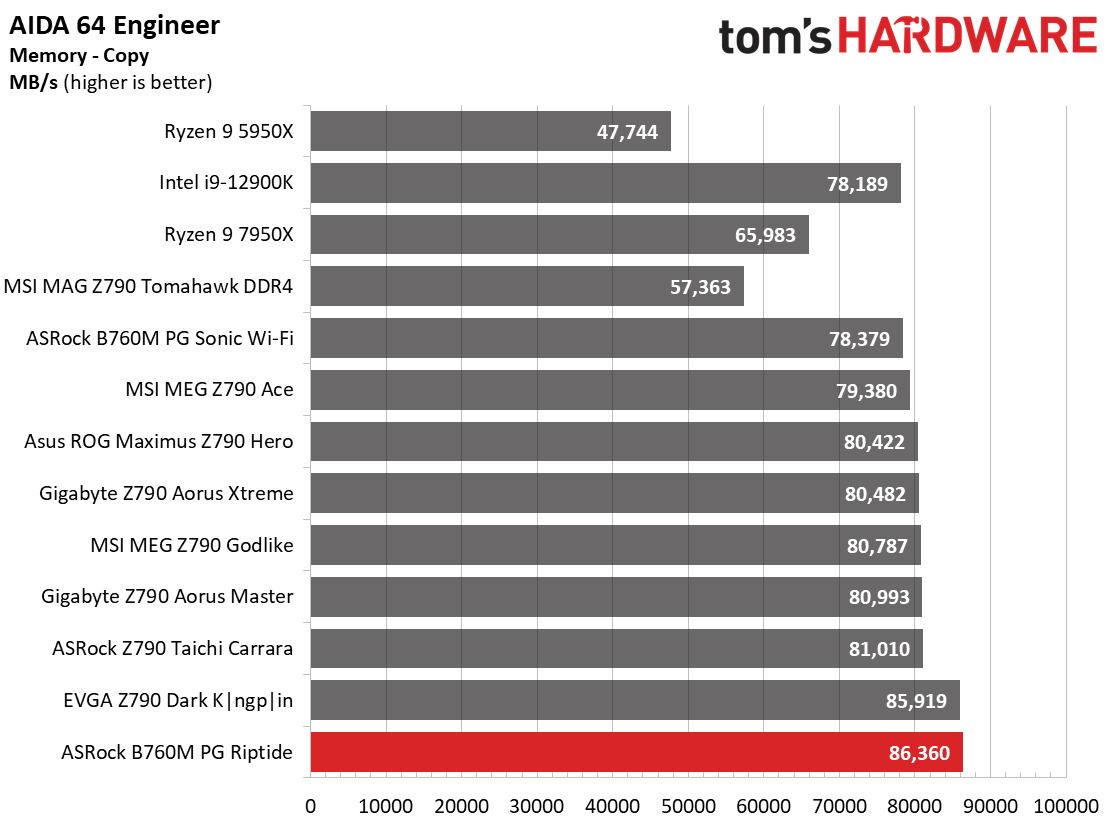
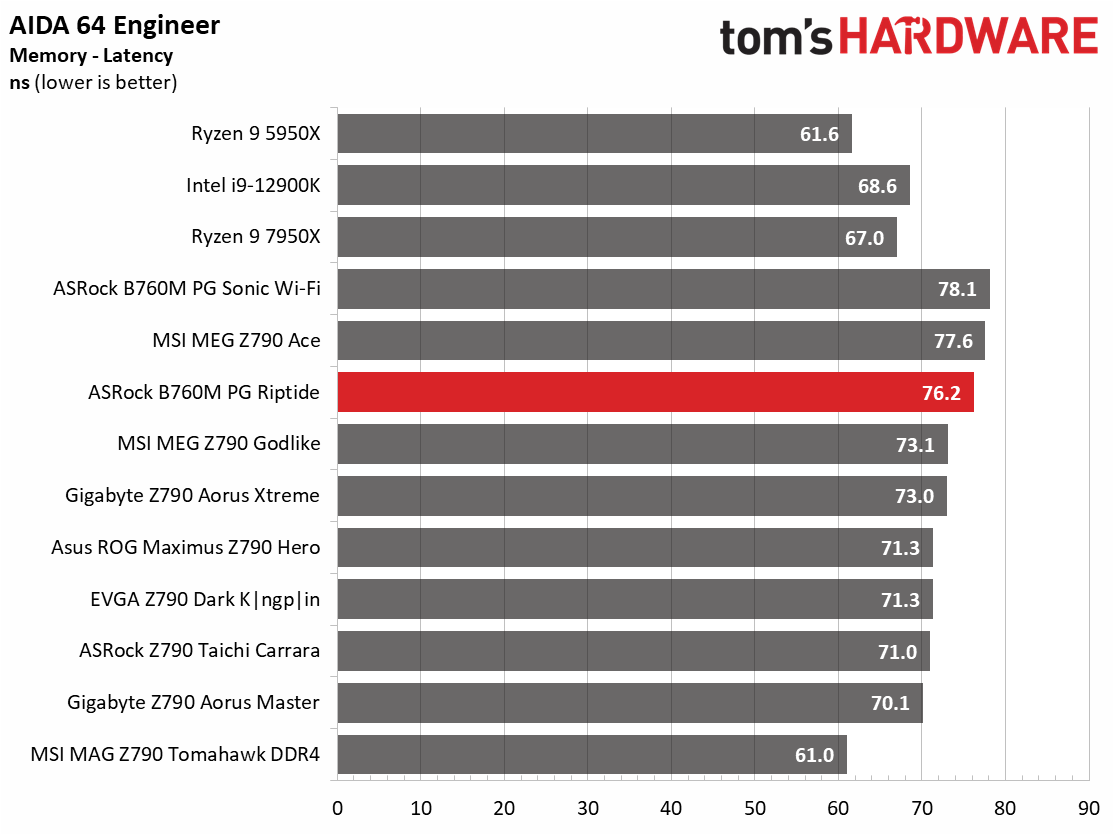
For our synthetic testing, the B650E PG Riptide was a bit inconsistent and ran around the average or slightly below in most tests. It did well in the Procyon Office suite and the Photo and Video editing portions and overall, there’s nothing to be worried about here.
Timed Applications
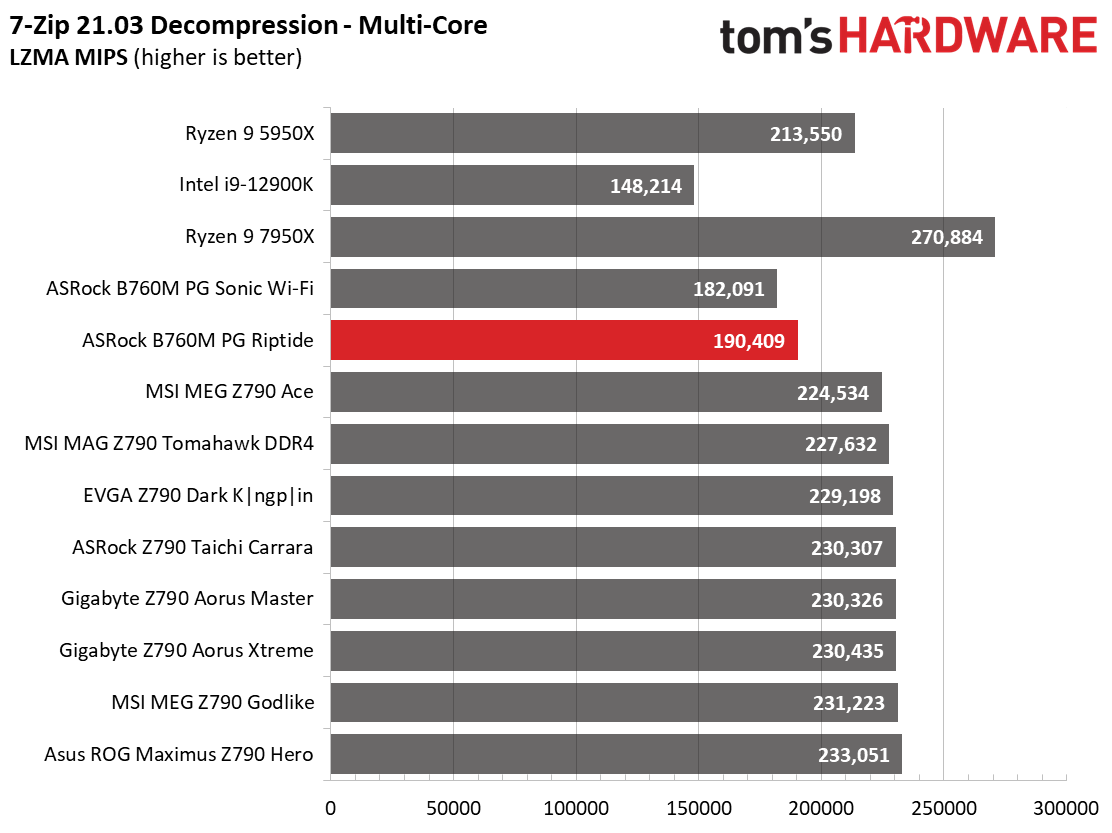
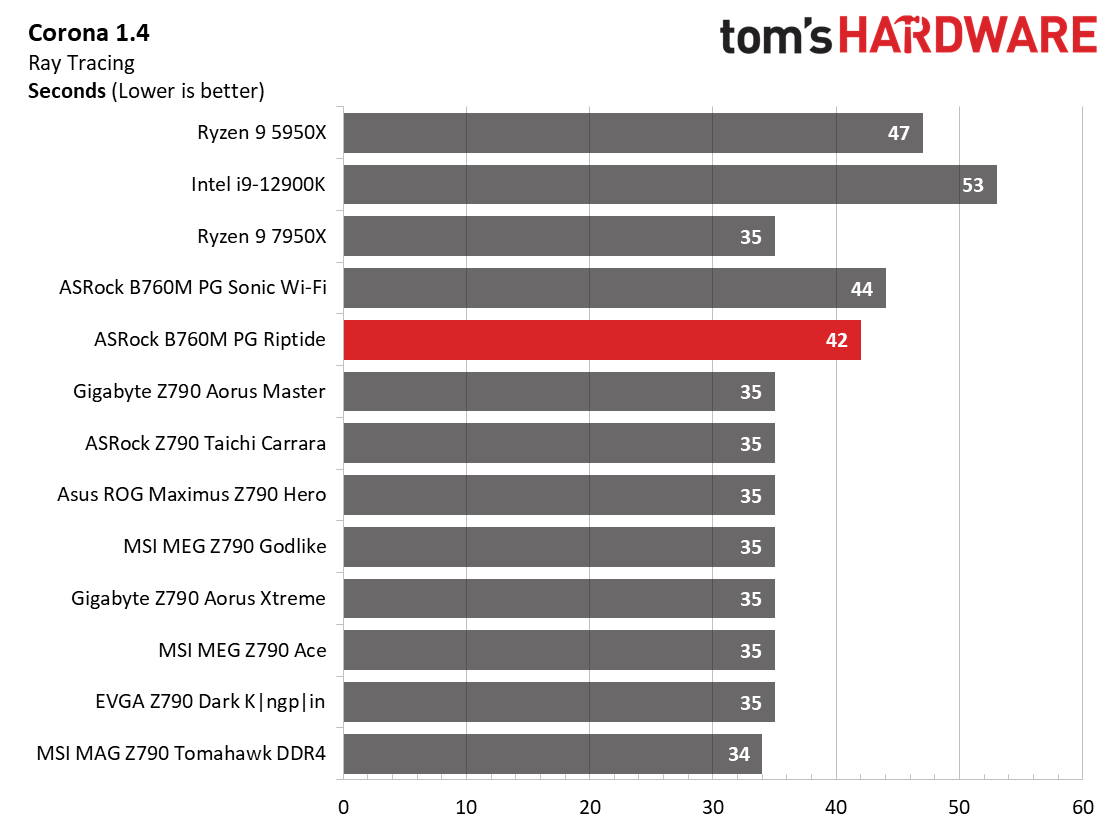
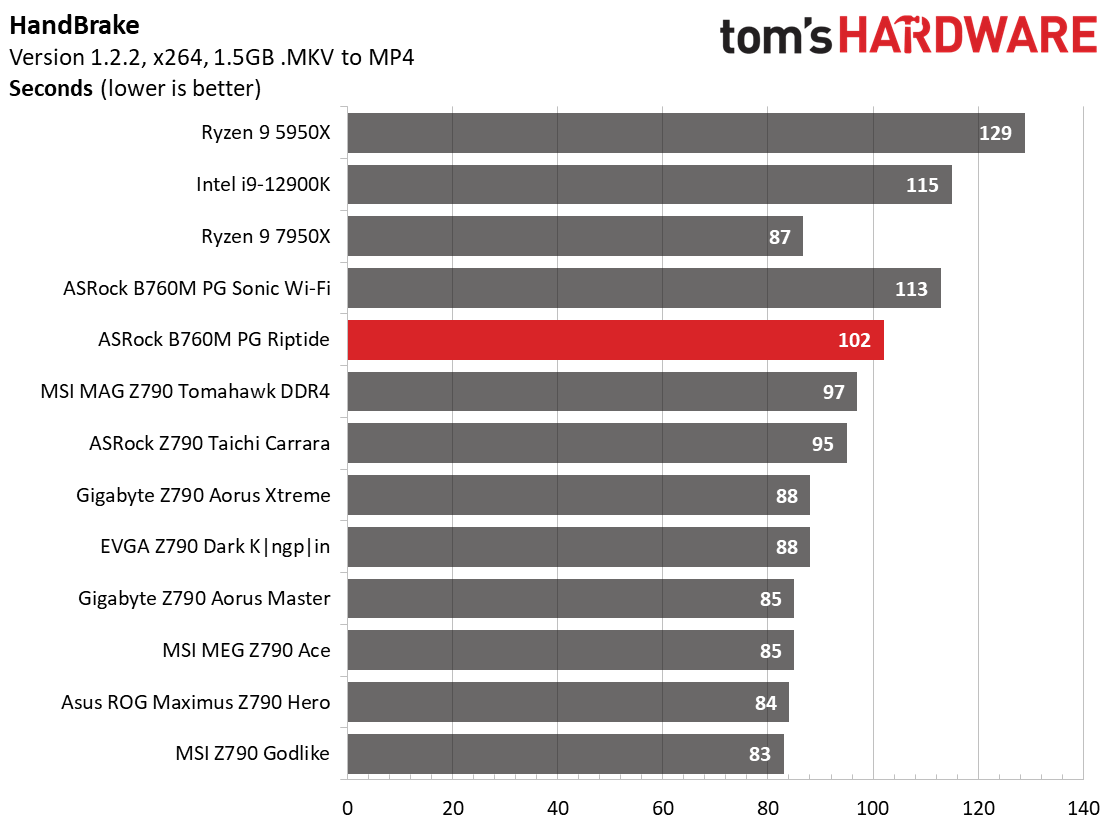
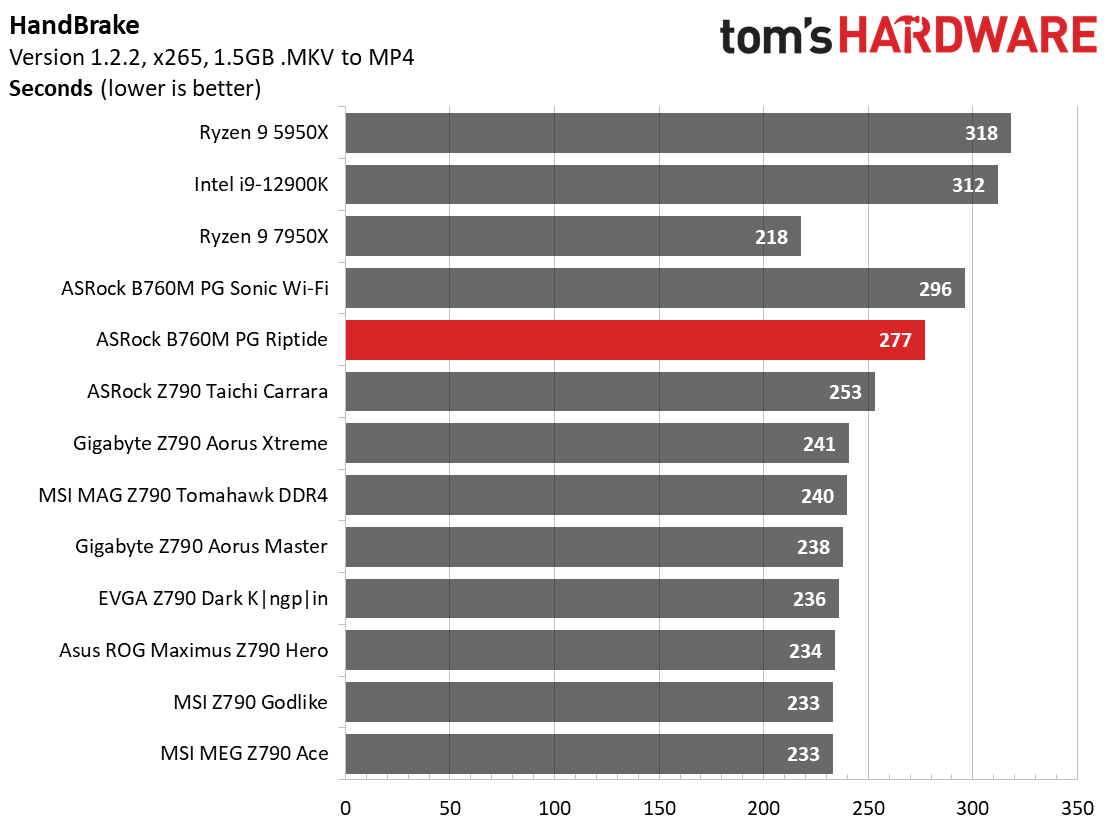
For the timed applications, our board was average to just below average in these tests. The LAME test was right around average, while Corona was one of the slower so far. Handbrake testing showed a middling result overall. There’s nothing to worry about here, either, as the results are within an acceptable range.
3D Games and 3DMark
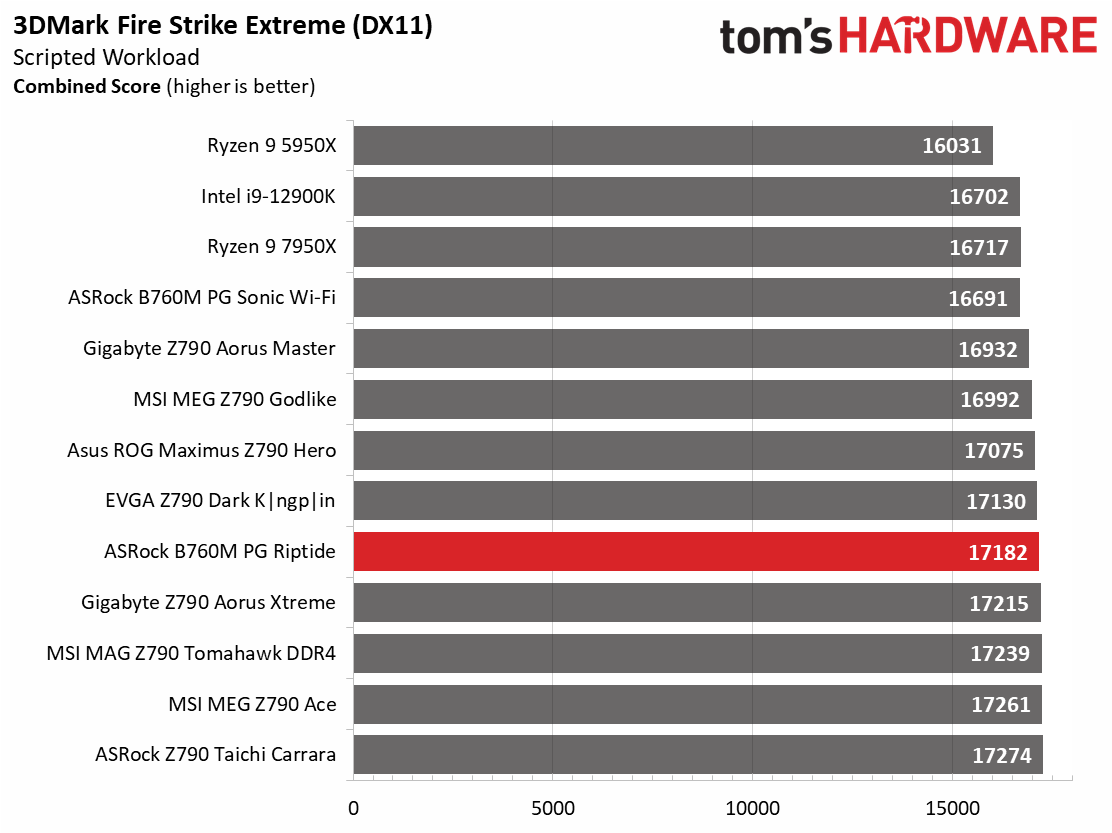
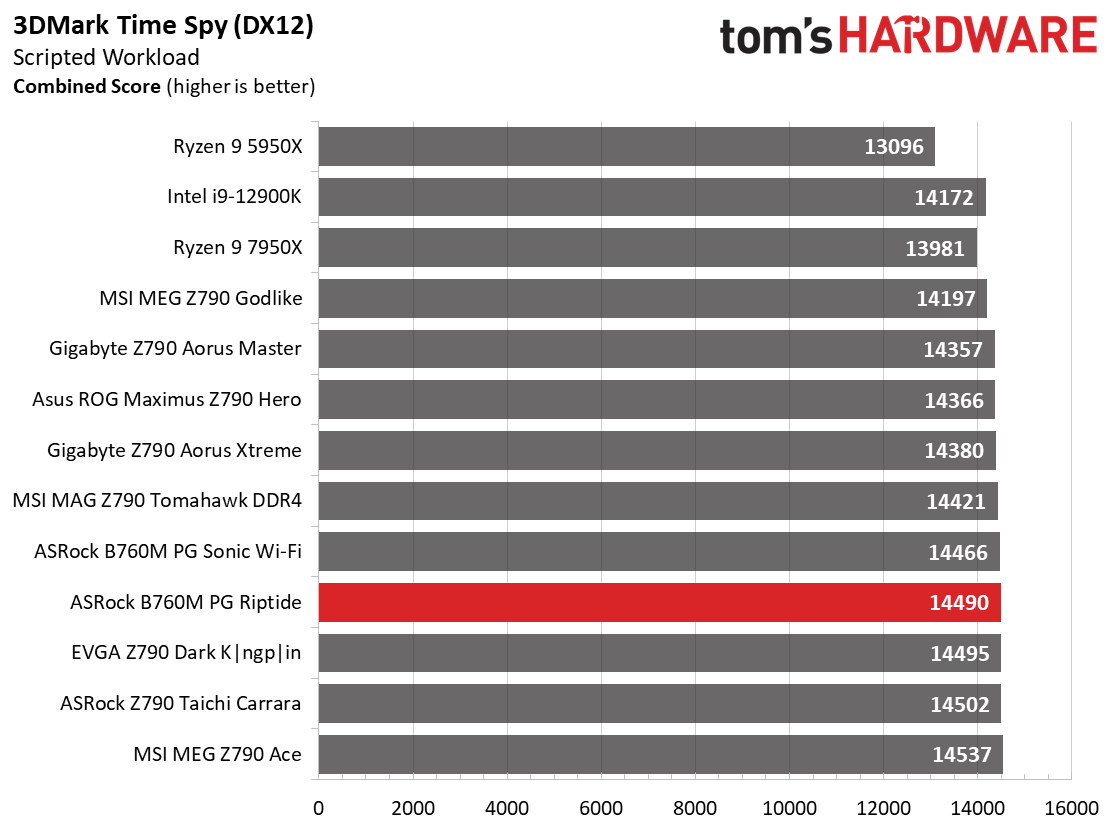
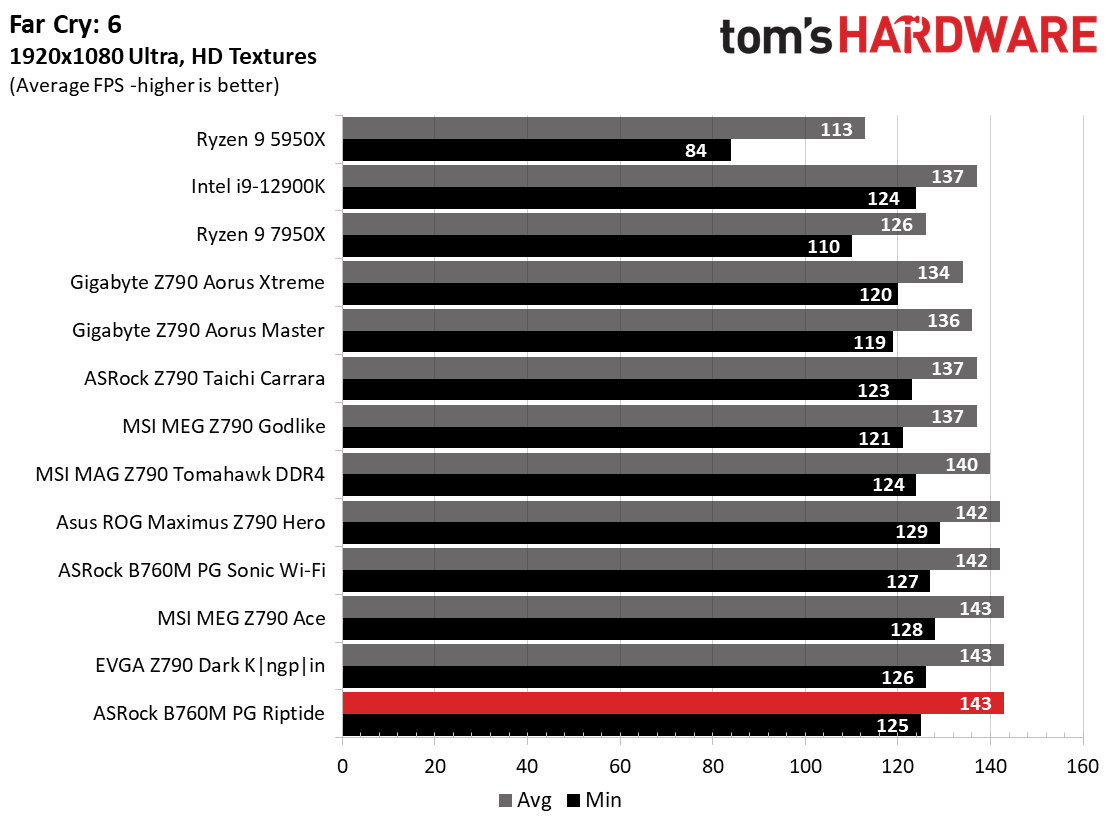
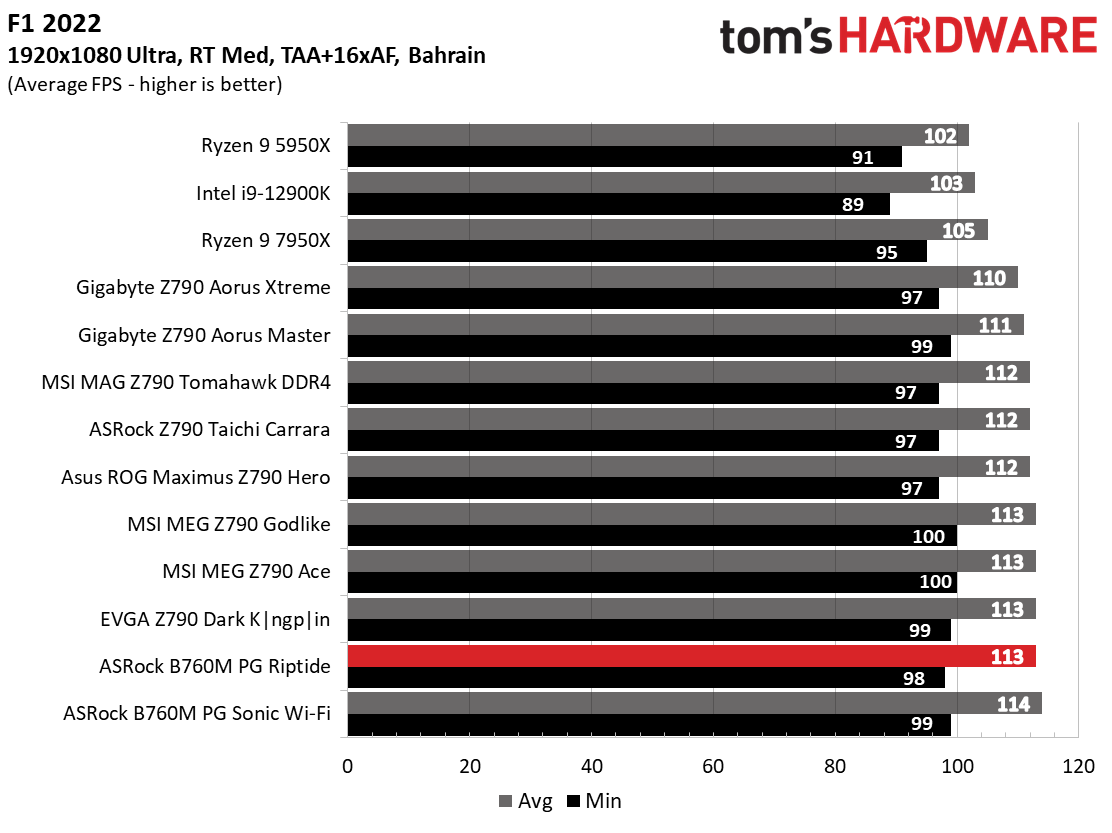
Starting with the launch of Zen 4, we’ve updated one of our games, F1 21 to F1 22, while keeping Far Cry 6. We run the games at 1920x1080 resolution using the Ultra preset (details listed above). As the resolution goes up, the CPU tends to have less impact. The goal with these settings is to determine if there are differences in performance at the most commonly used (and CPU/system bound) resolution with settings most people use or strive for (Ultra). We expect the difference between boards in these tests to be minor, with most falling within the margin of error differences. We’ve also added a minimum FPS value, which can affect your gameplay and immersion experience.
Games are a completely different story compared to the CPU tests previously. Here the PG Riptide did well across the board, showing above-average scores in the 3DMark tests and some of the fastest results we’ve seen in Far Cry: 6. If you’re a gamer, it’s right up there with the best we’ve tested so far.
Overclocking
Over the last few CPU generations, overclocking headroom has been shrinking (at least on the AMD side) while the out-of-box potential has increased. For overclockers, this means there’s less fun to have. For the average consumer, you’re getting the most out of the processor without manual tweaking. Our goal in this section is to increase the load on the VRMs and see if they can handle the additional stress. Overclocking AMD CPUs can be done in several ways (all-core or adjust PBO values). But for simplicity’s sake, we just went with an all-core overclock of 5.4 GHz with 1.30V to increase the power output.
Since our approach is to add power through all cores, we simply raised the CPU multiplier to 54x, manually set the voltage to 1.30V, and adjusted LLC to minimize vdroop. AMD states the sweet spot is around DDR5-6000 on the memory side, so we used the Kingston Fury kit, set the AMD EXPO profile, and checked for stability.
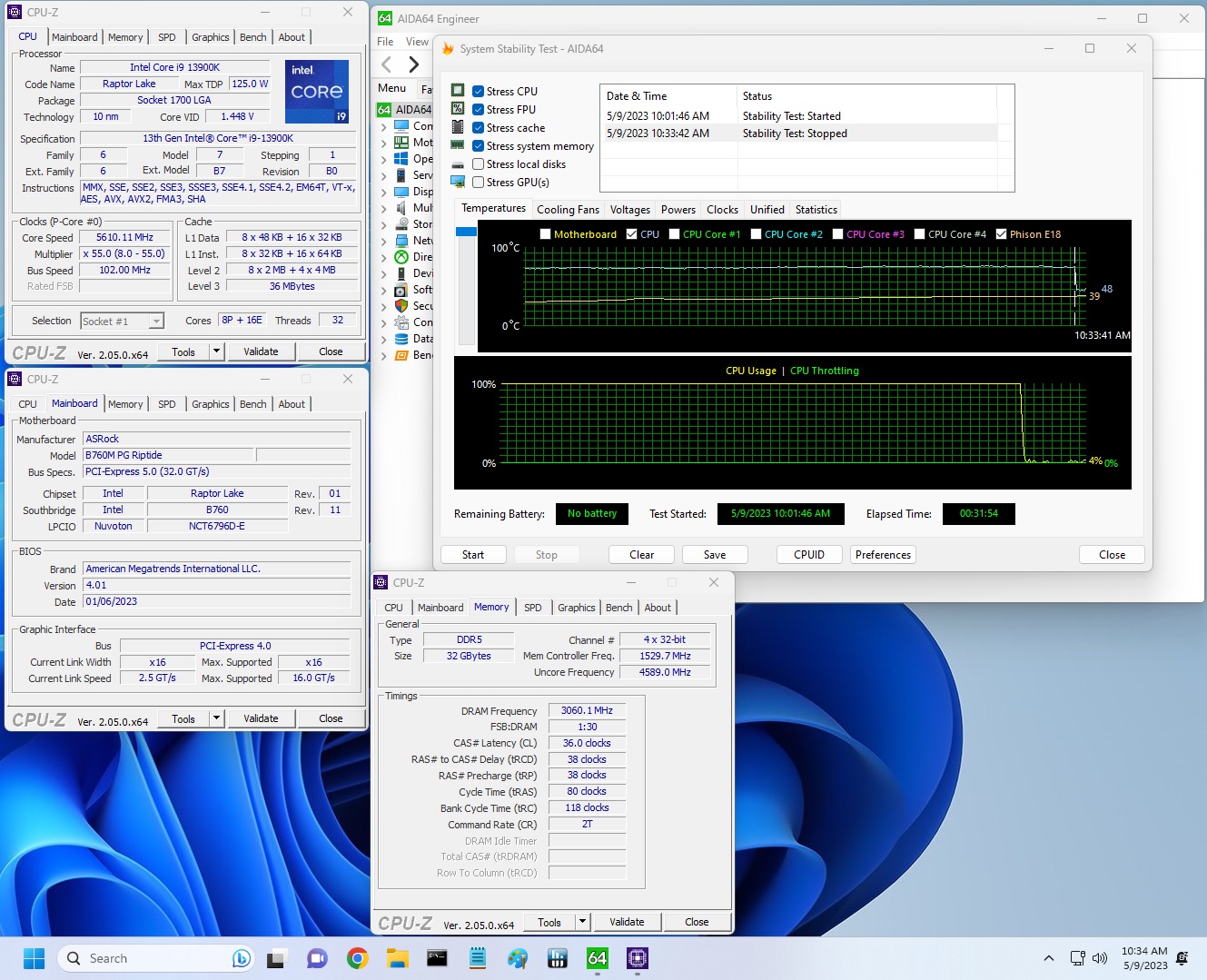
Overclocking on the B650E PG Riptide was straightforward, as it is with most boards. We could set our voltage (offset), adjust LLC to mitigate vdroop, and off we went on a 30-minute stable stress test. On the memory side, we dropped our Kingston Fury Beast DDR5-6000 kit into the system, enabled XMP, and tested it without issue (pictured above).
Power Consumption / VRM Temperatures
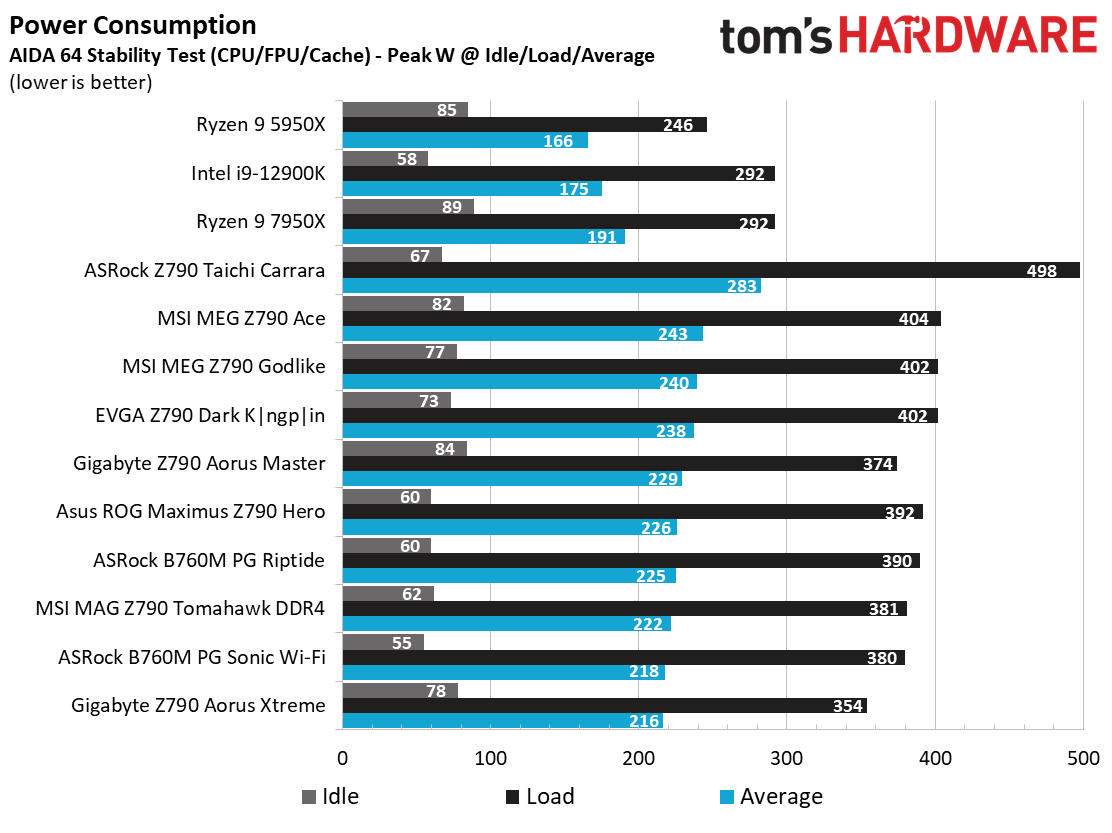
We used AIDA64’s System Stability Test with Stress CPU, FPU, Cache and Memory enabled for power testing, using the peak power consumption value. The wattage reading is from the wall via a Kill-A-Watt meter to capture the entire PC (minus the monitor). The only variable that changes is the motherboard; all other parts remain the same. Please note we moved to use only the stock power use/VRM temperature charts, as this section aims to ensure the power delivery can handle the chip even when overclocked. Since we’re using less power to get more clocks, those datasets are more novel than useful. We’re also temperature-limited on the processor, so adding more power isn’t possible without increased throttling.
Idle power consumption on our B650E PG Riptide Wi-Fi and our Ryzen 9 7950X sat around 59W, one of the lower values. Load wattage peaked at 256W, also lower compared to other results. Combined, this averages out to the second most efficient board we’ve tested among X670 and B650-class motherboards.
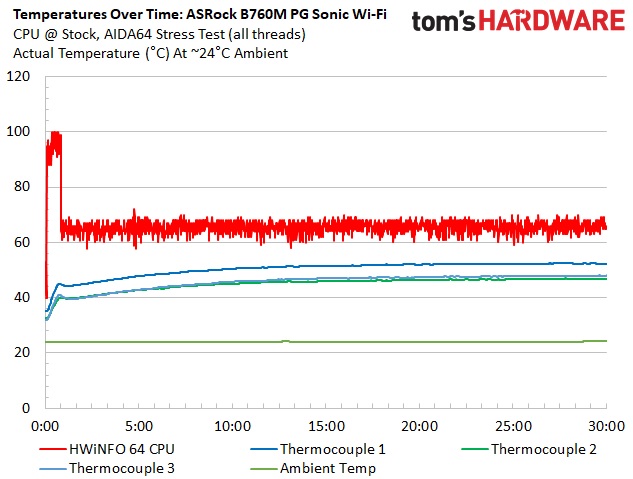
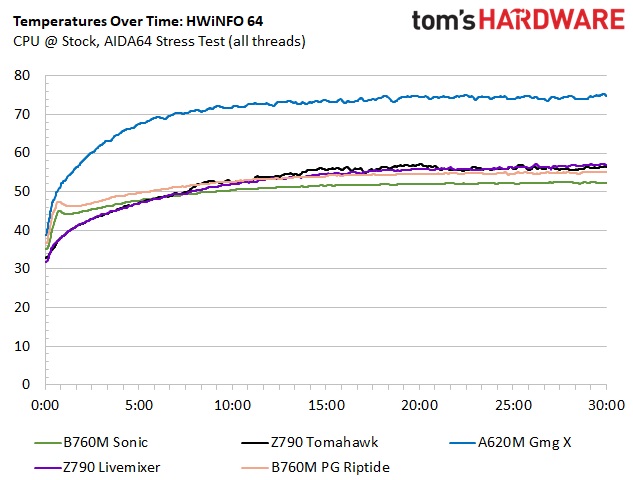
VRM temperatures on the B650E PG Riptide ran warmer than most boards during stress testing, but are still well within the MOSEFTs limits. The system peaked at just under 60 degrees Celsius while using stock settings, and broke 60 degrees Celcius when overclocked. The VRM cooling solution works well overall.
Bottom Line
Priced at $239.99, the B650E PG Riptide Wi-Fi is a well-equipped and neutral-themed option in the higher end of the budget AMD space. You get the Riptide’s distinctive black and purple theme with RGBs, a PCIe 5.0 slot and M.2 socket, integrated Wi-Fi 6E and Killer Network-based LAN, ample (though not abundant) storage options, and some of the best performance we’ve seen in gaming. It does use a dated audio codec, and we’d love to see the EZ Latch on the M.2 sockets, even at this budget price point, but these small qualms won’t be a deal-breaker for most.
There is plenty of competition around this price point, with each major board partner offering a B650E board around this price. MSI has the Pro B650-P Wi-Fi ($219.99), Gigabyte a B650 Aorus Elite AX ($219.99), and Asus the TUF Gaming B650-Plus Wi-Fi ($229.99). MSI’s board falls a bit short with M.2 count (two versus three on the rest) but is the only board of this group with six SATA ports and a 20 Gbps Type-C port on the rear IO. The best audio solution of the group sits with the Asus (Realtek ALC1200). Only the ASRock and Gigabyte boards have your back if your build requires integrated RGB lighting. Outside of these differences, it comes down to price and appearance among the combatants.
Ultimately, the B650E PG Riptide is a capable and typically equipped motherboard that fits in with most build themes. Aside from the budget audio codec, it gives you access to all the platform offers. In short, this is one of the more well-rounded and capable solutions in the sub-$250 space. However, the Gigabyte board is similarly equipped and costs $10 less.
MORE: Best Motherboards
MORE: How To Choose A Motherboard
MORE: All Motherboard Content







